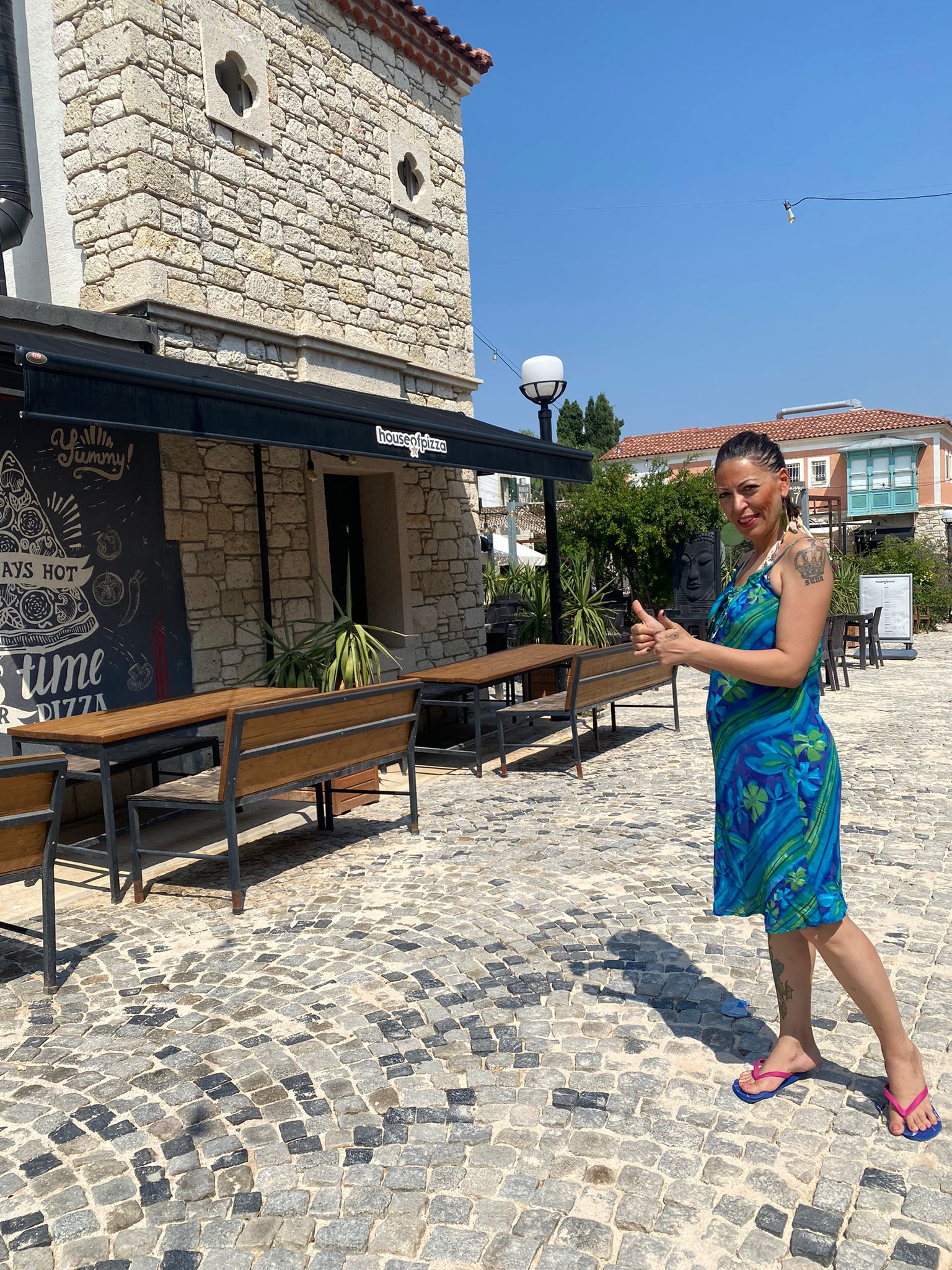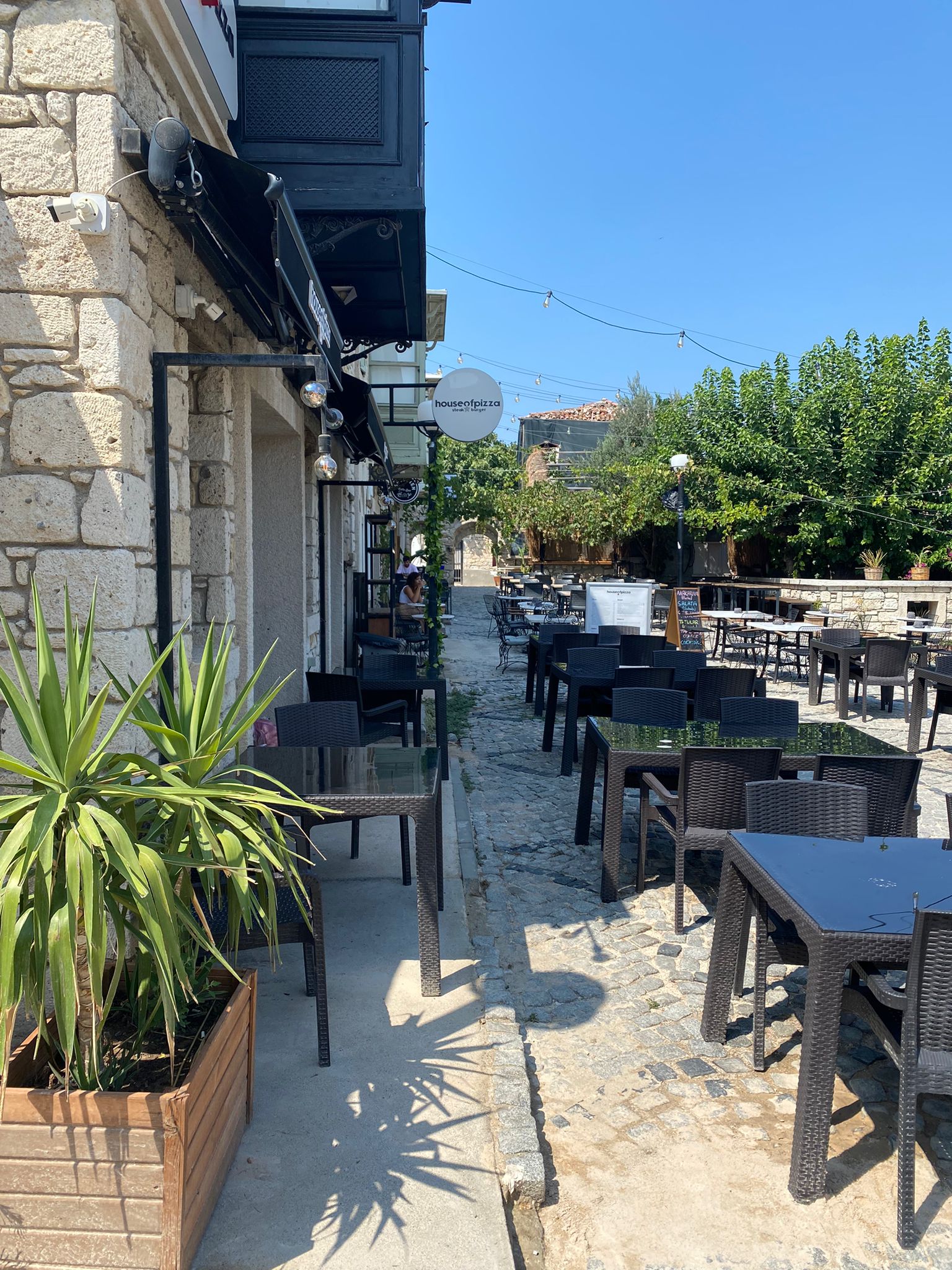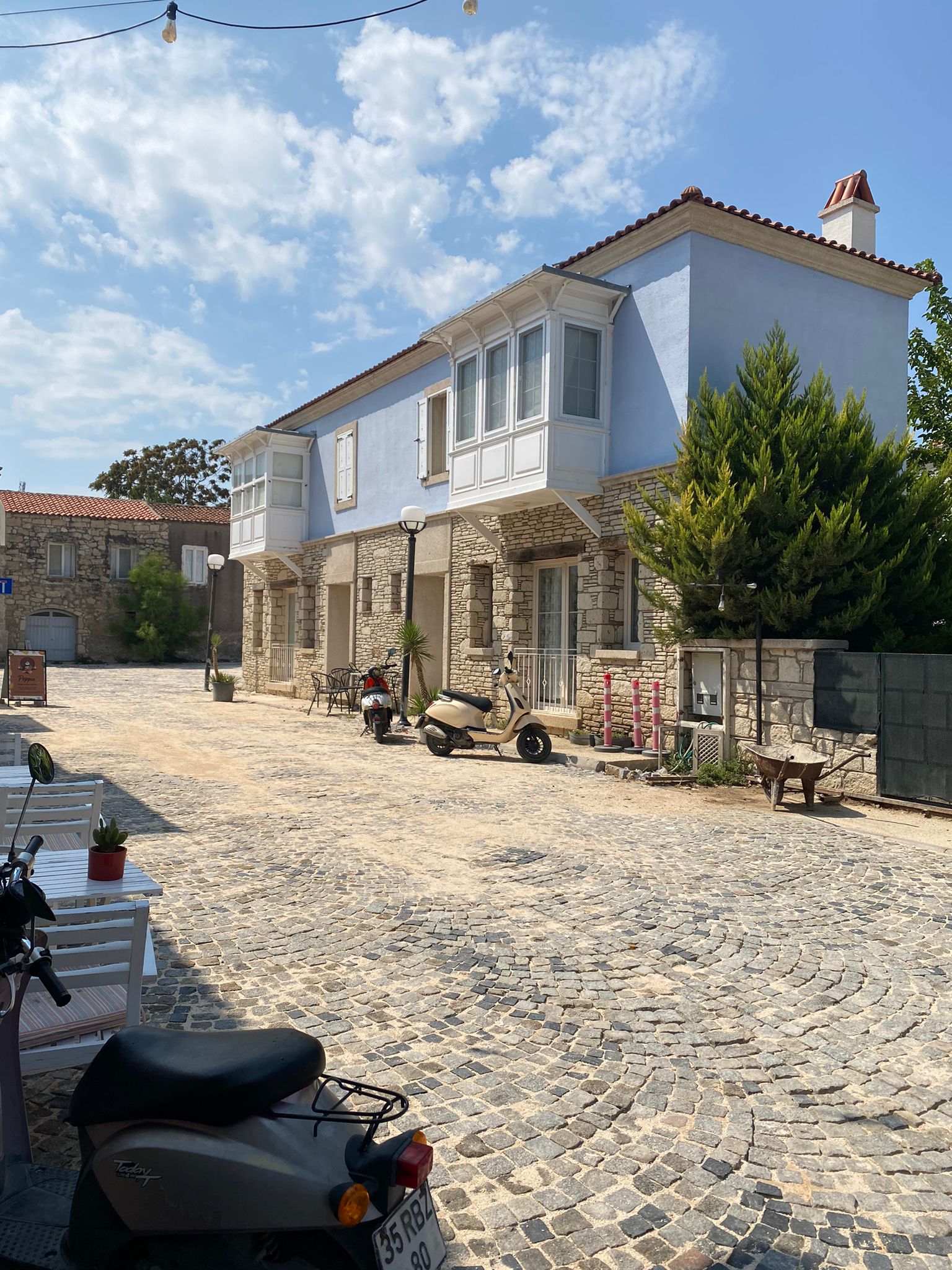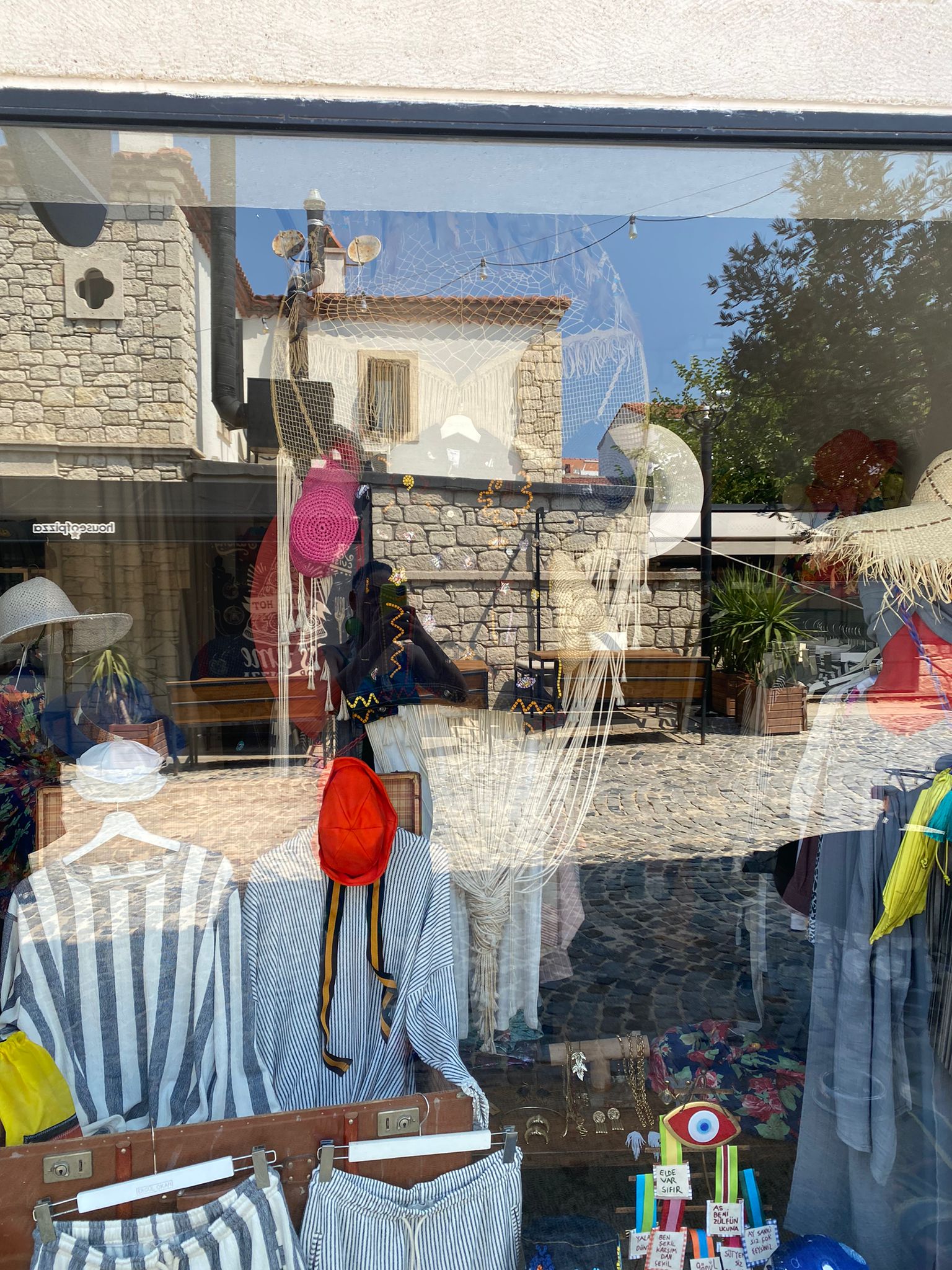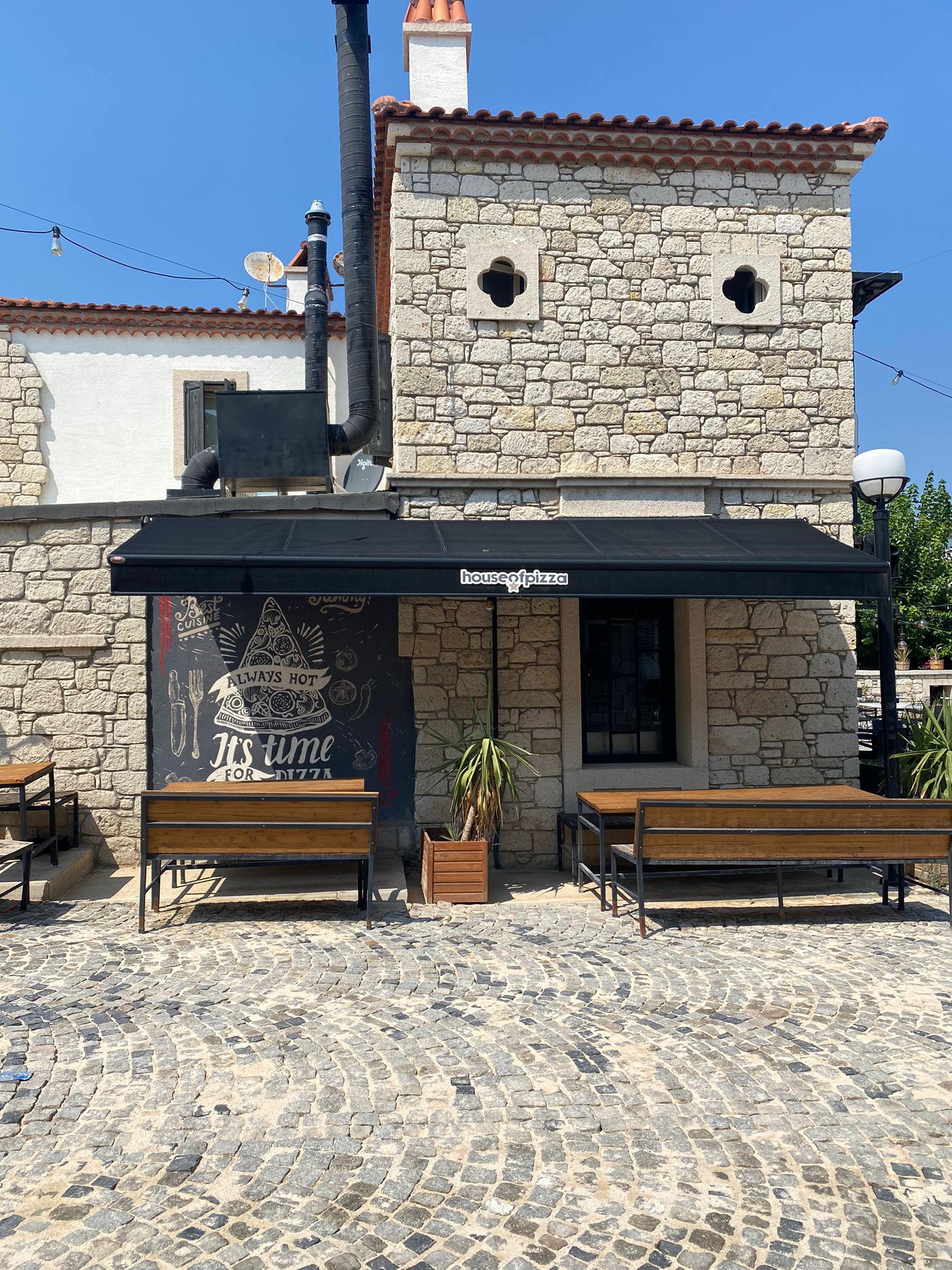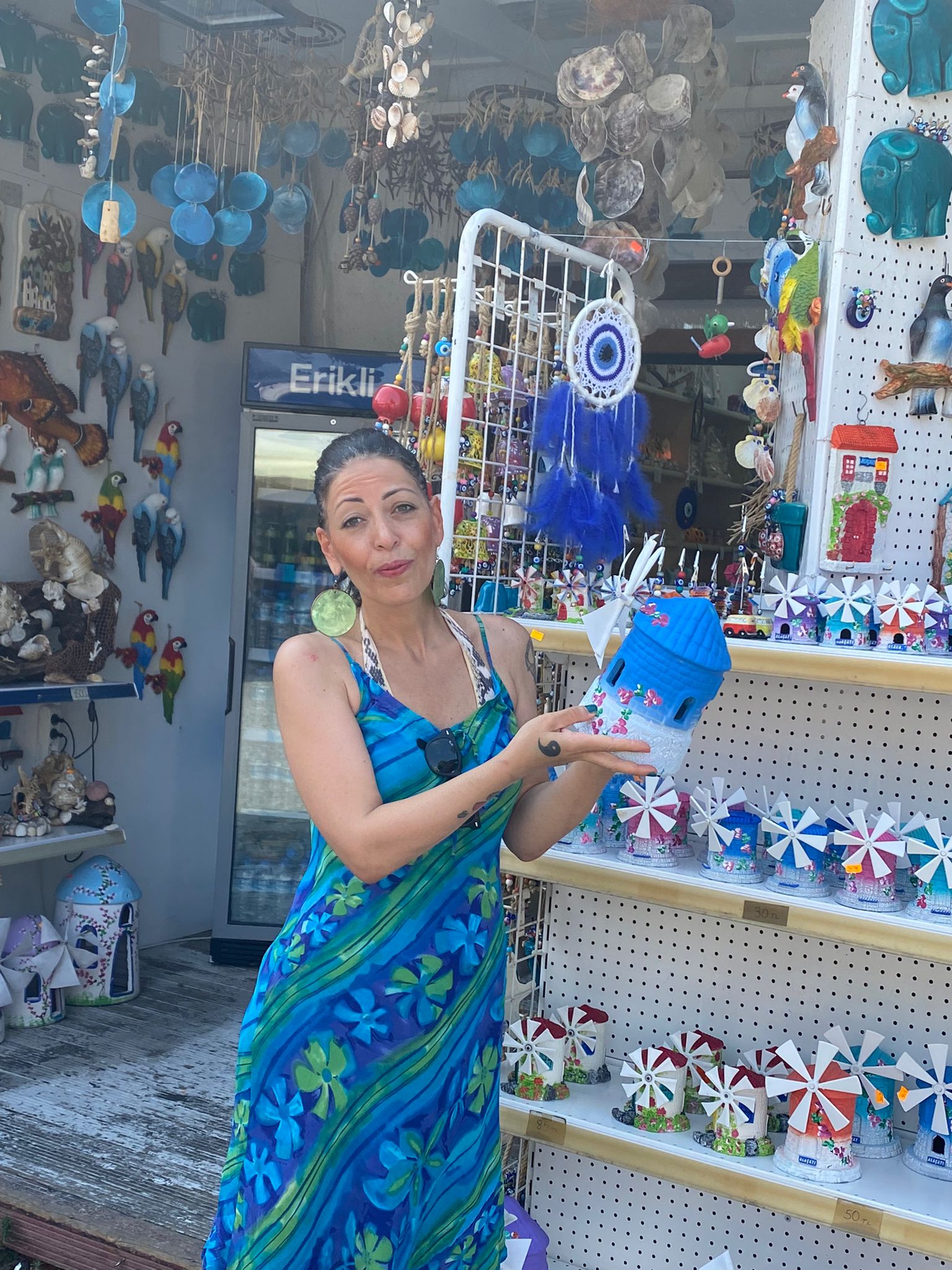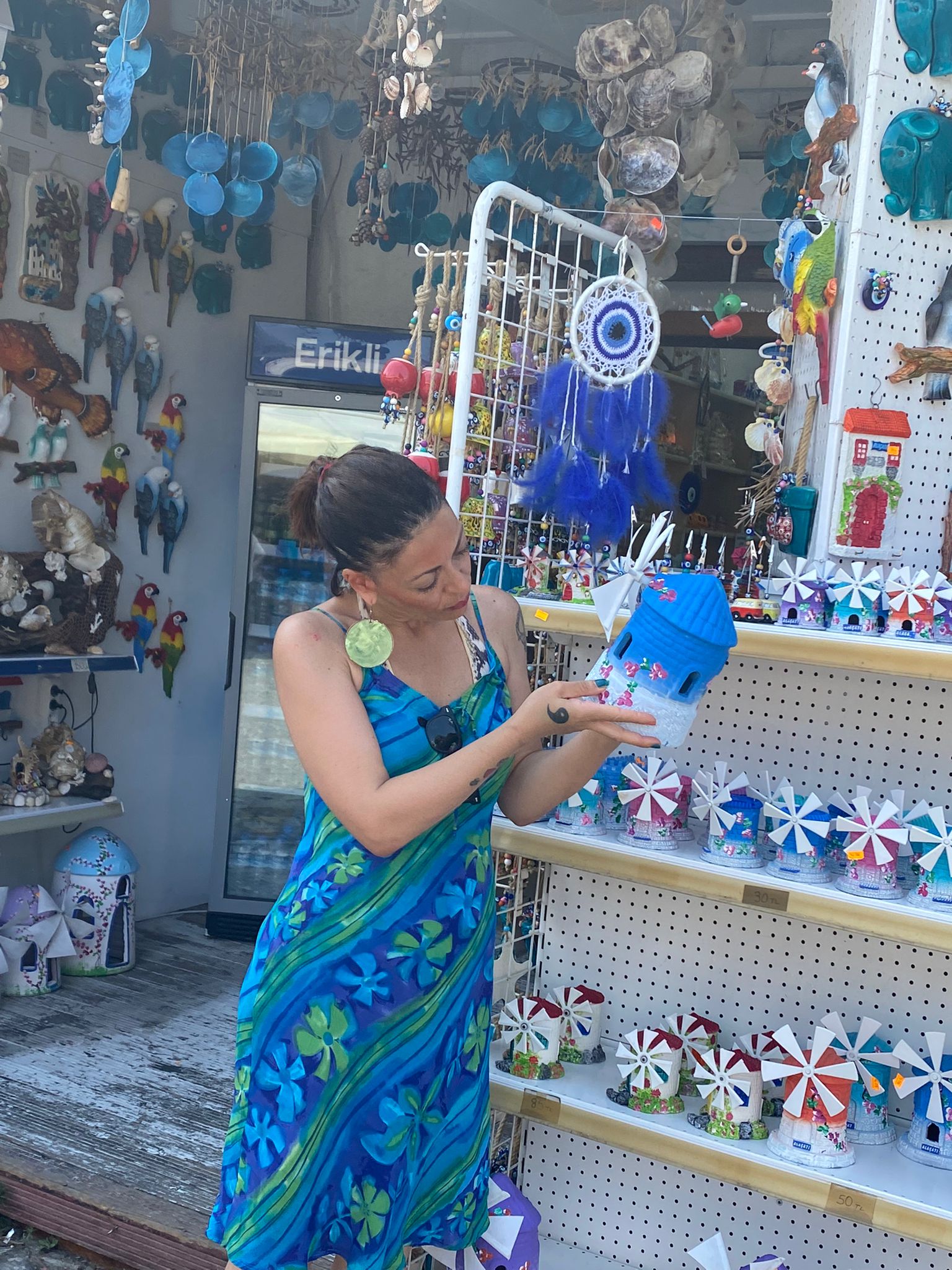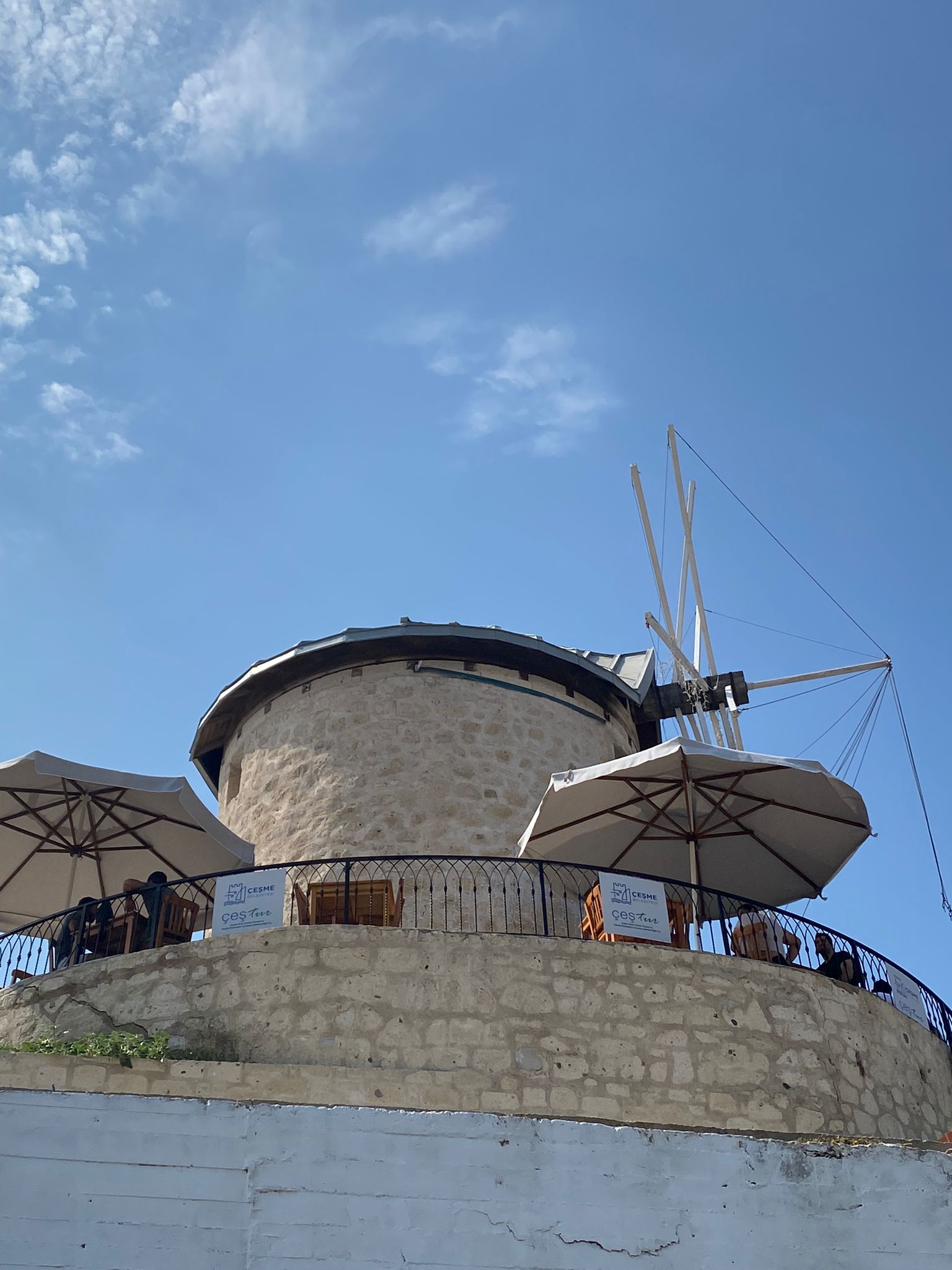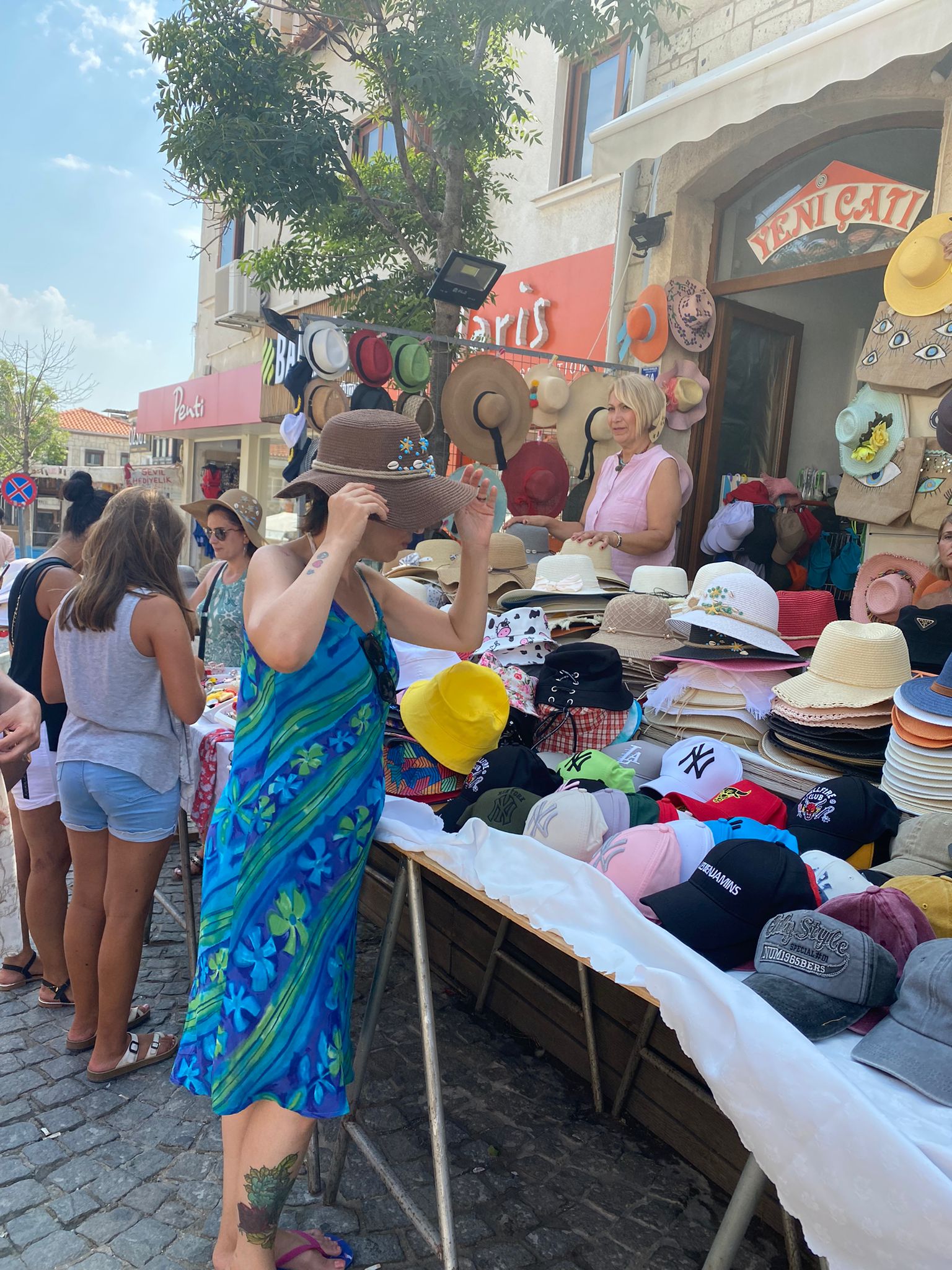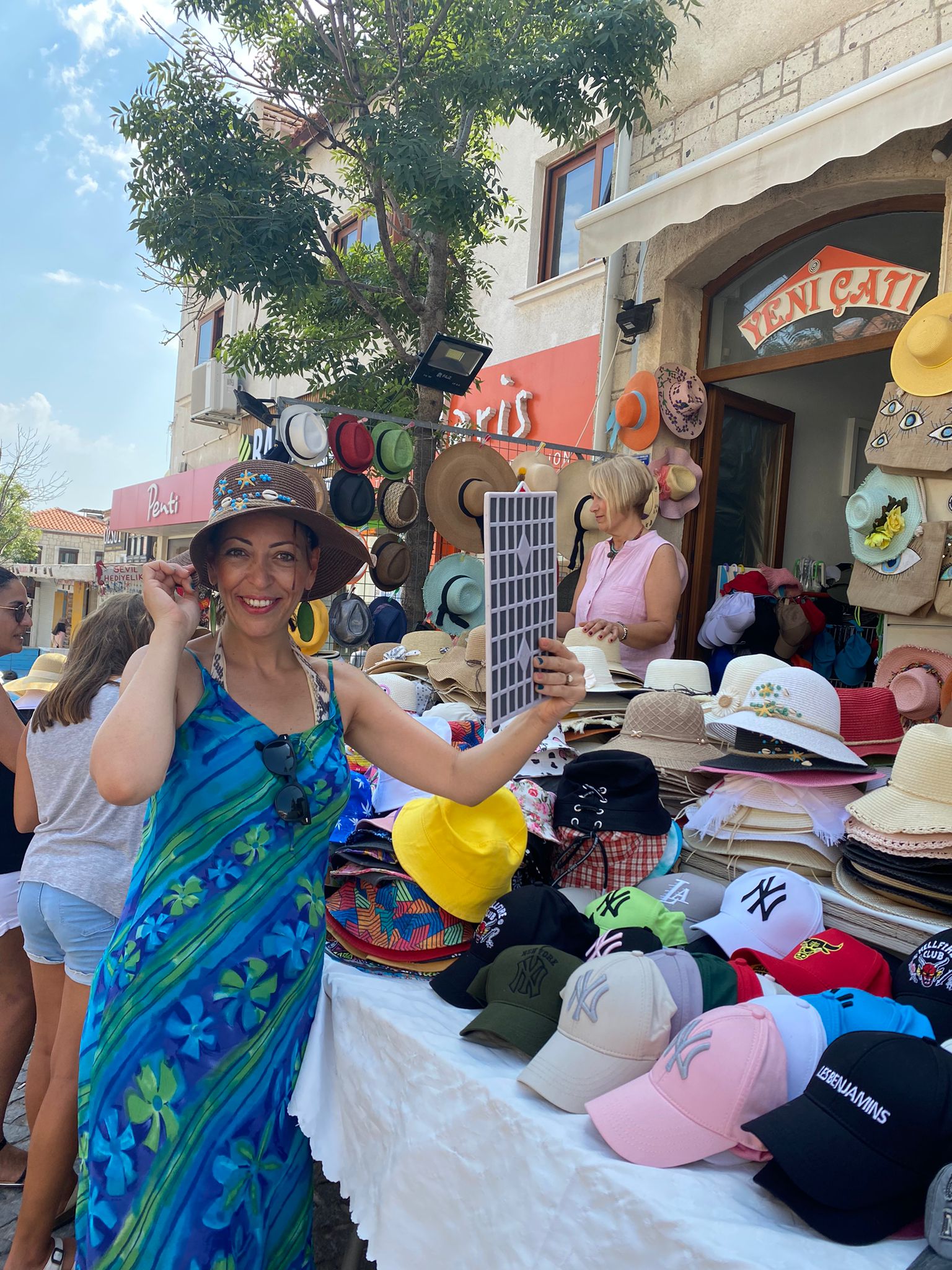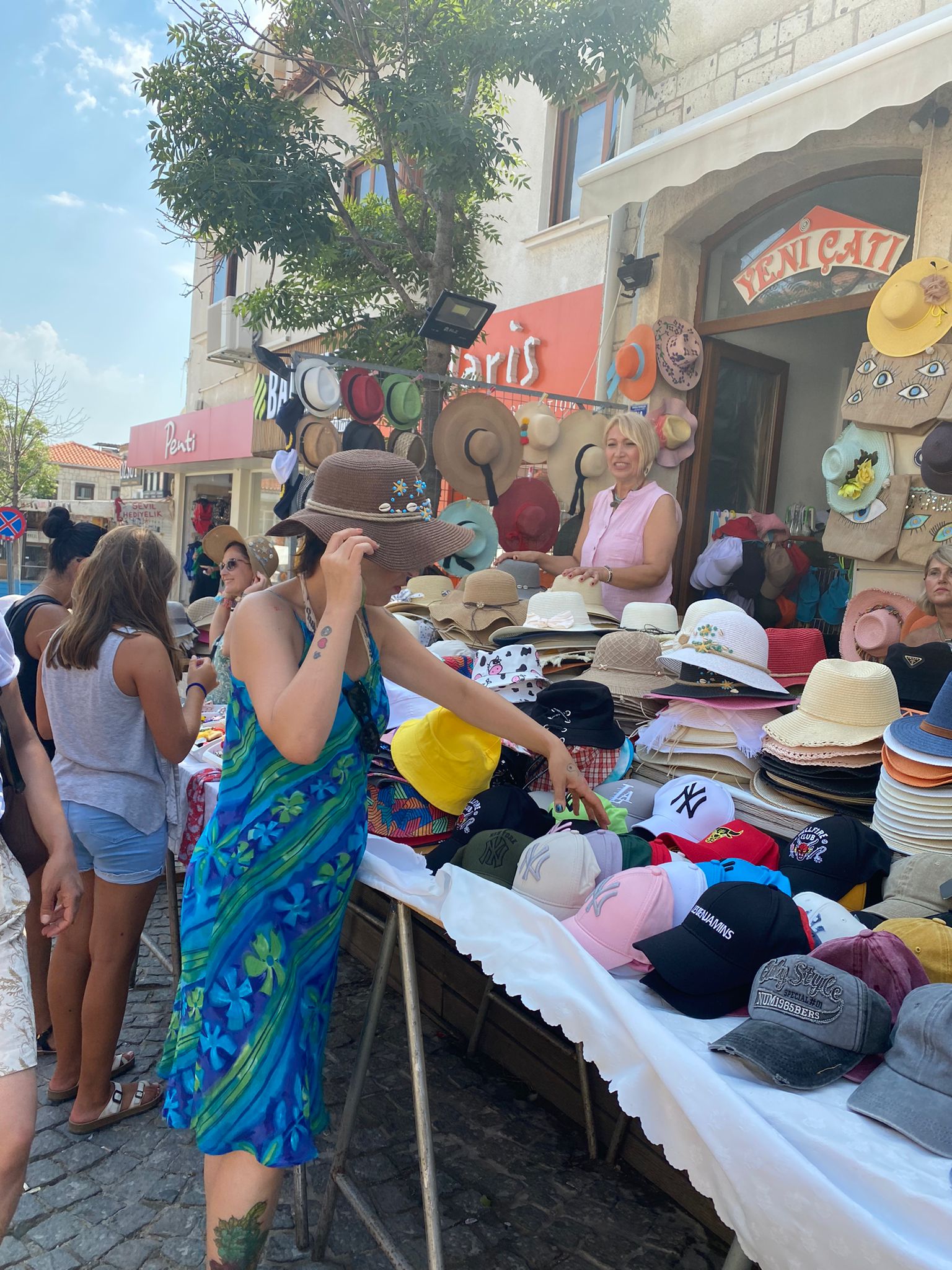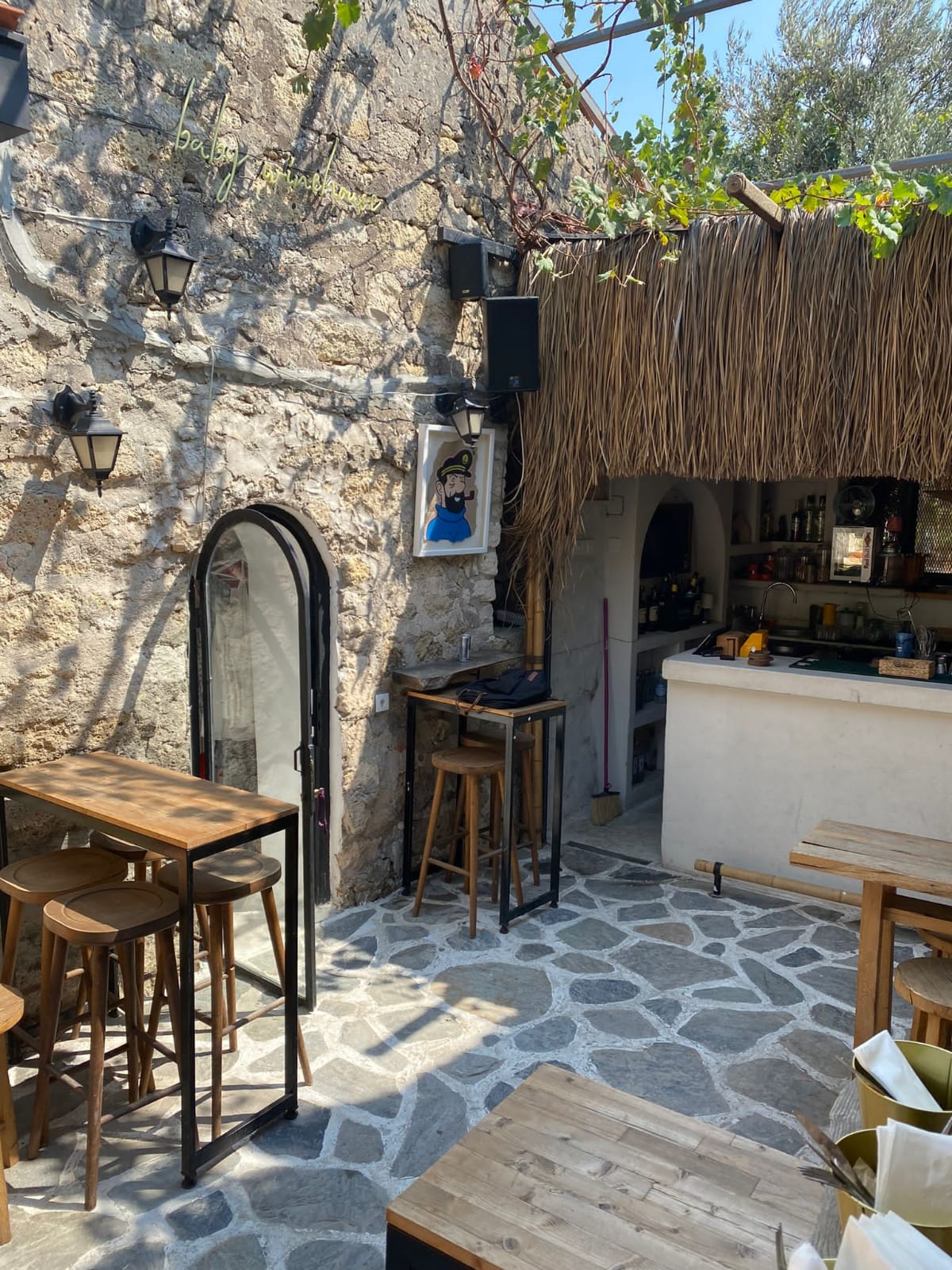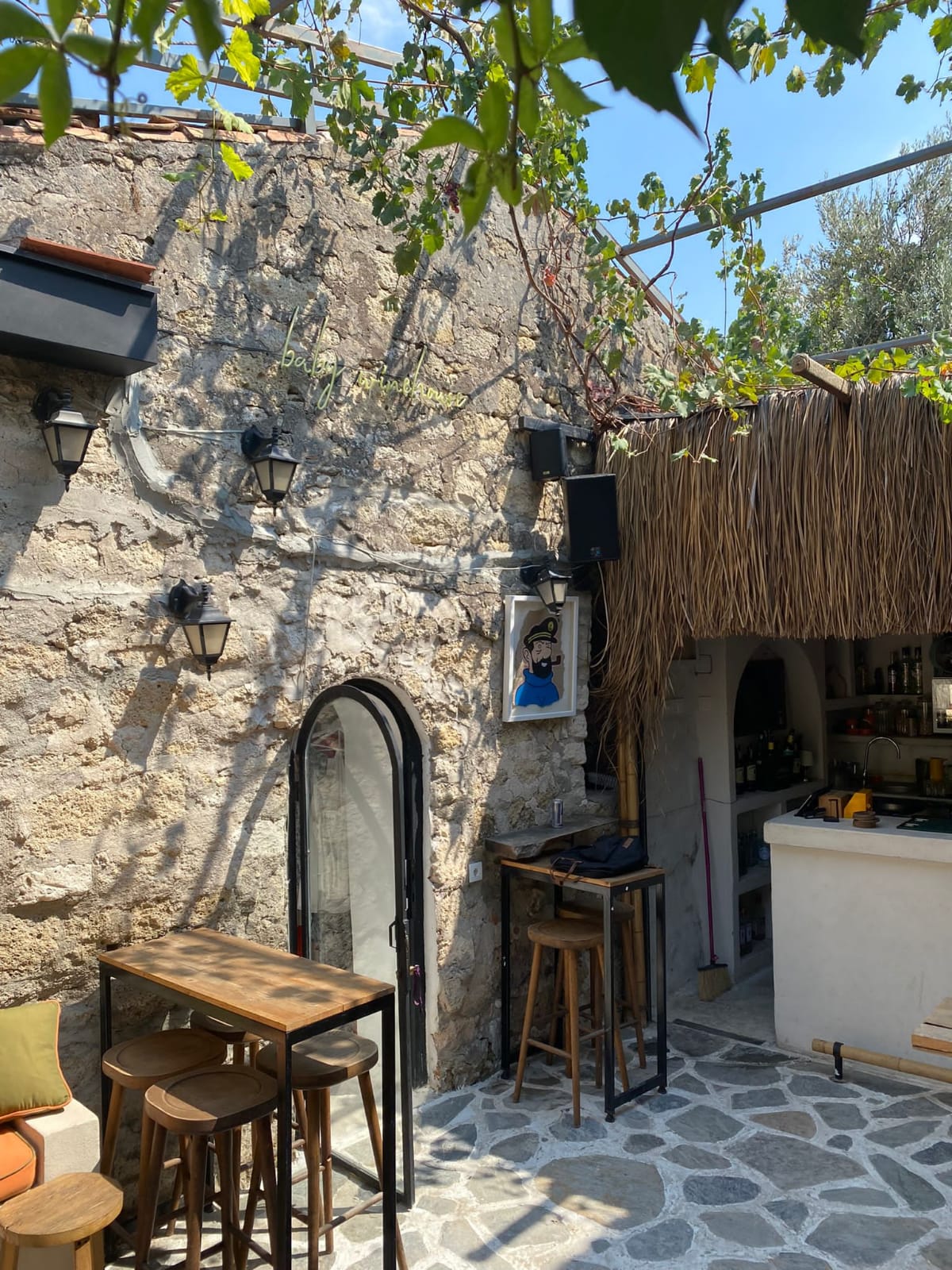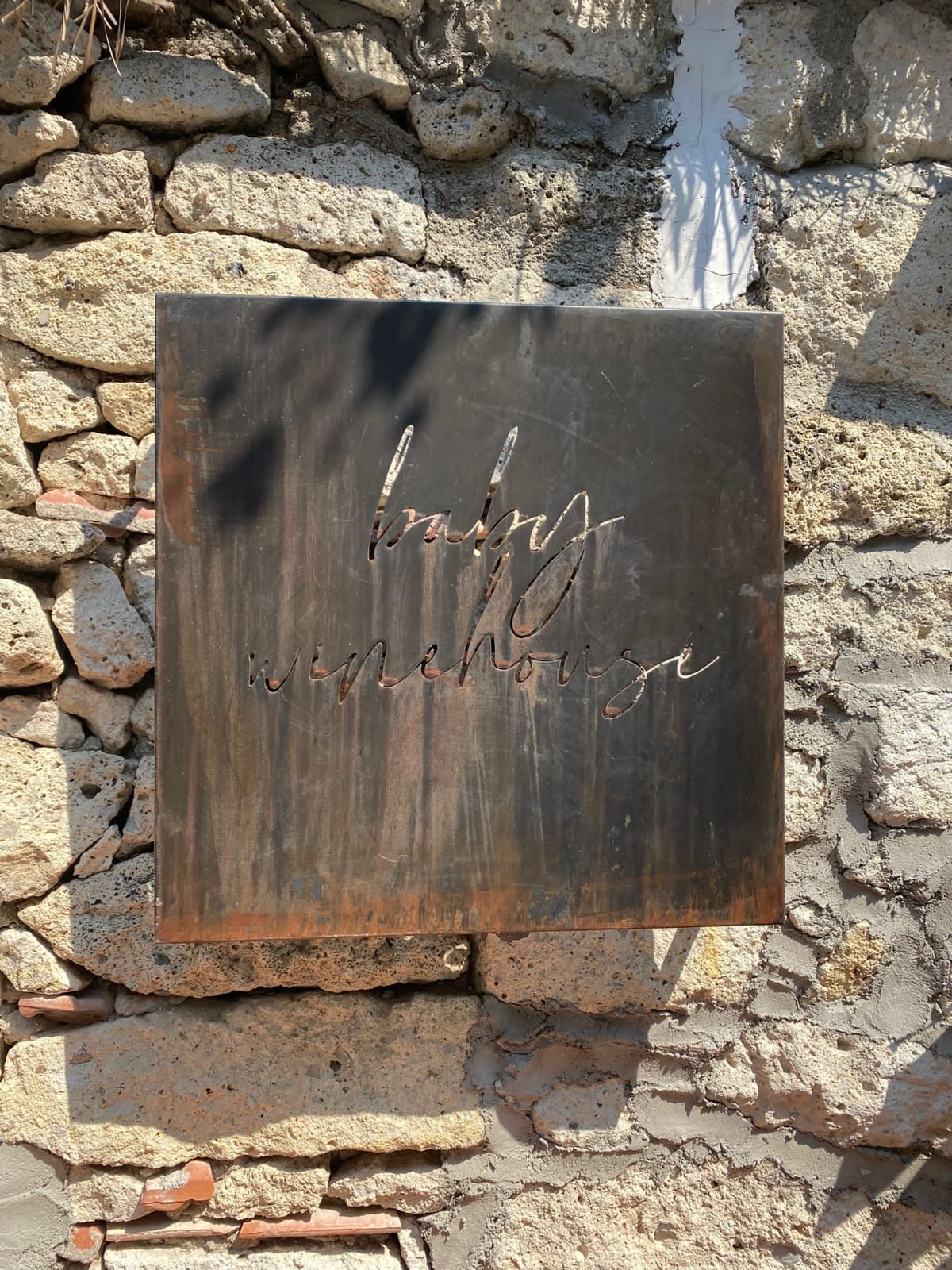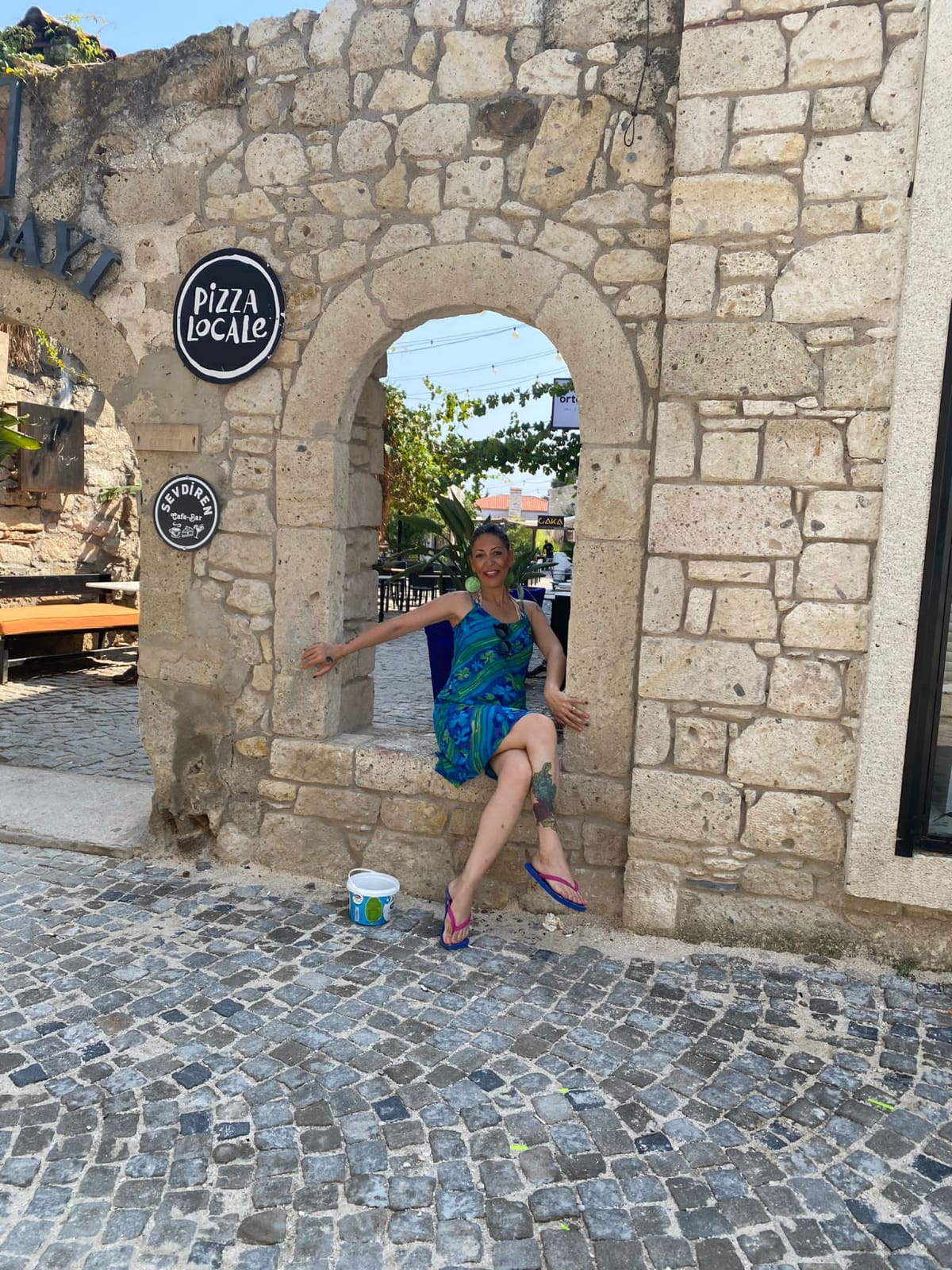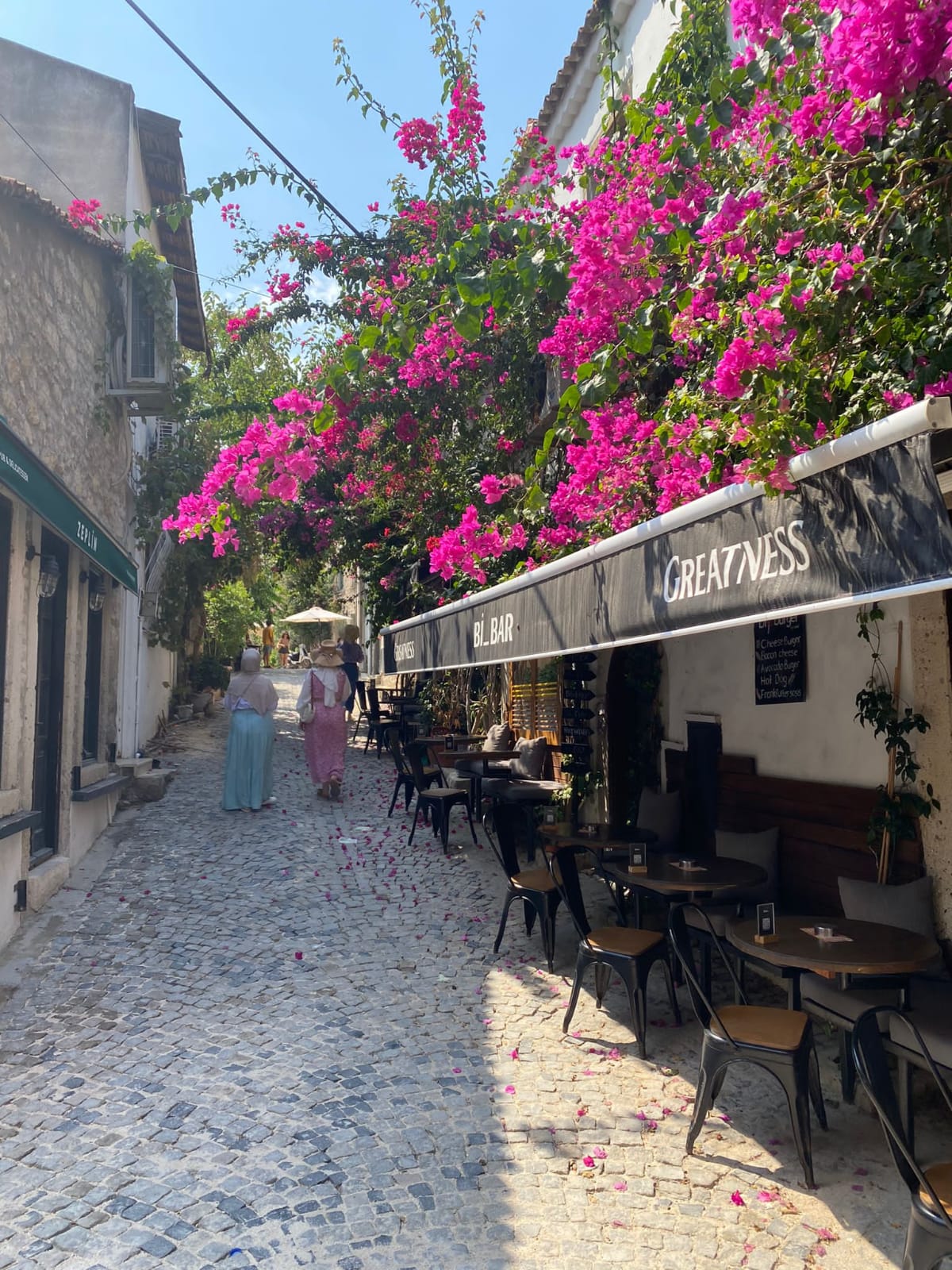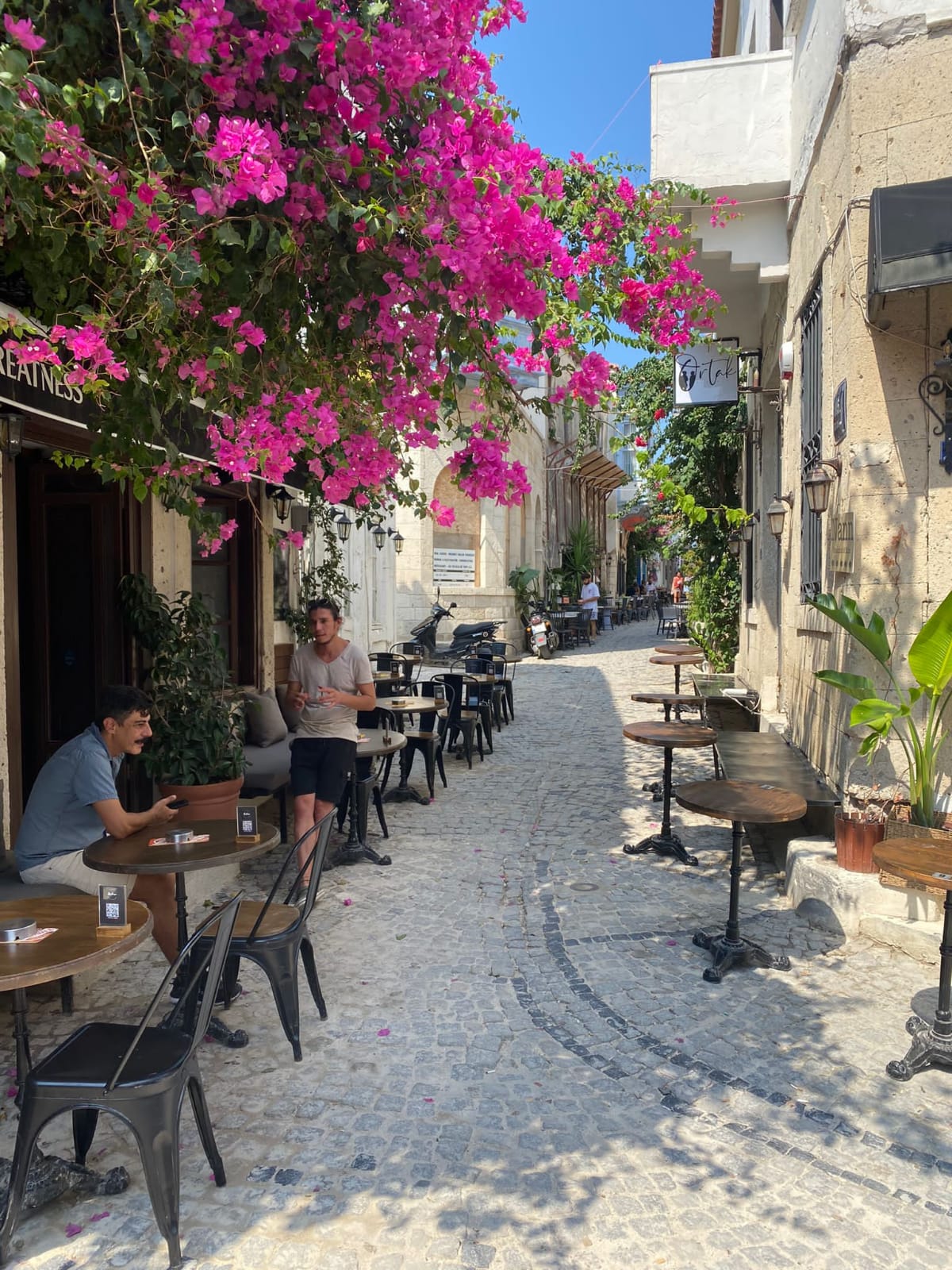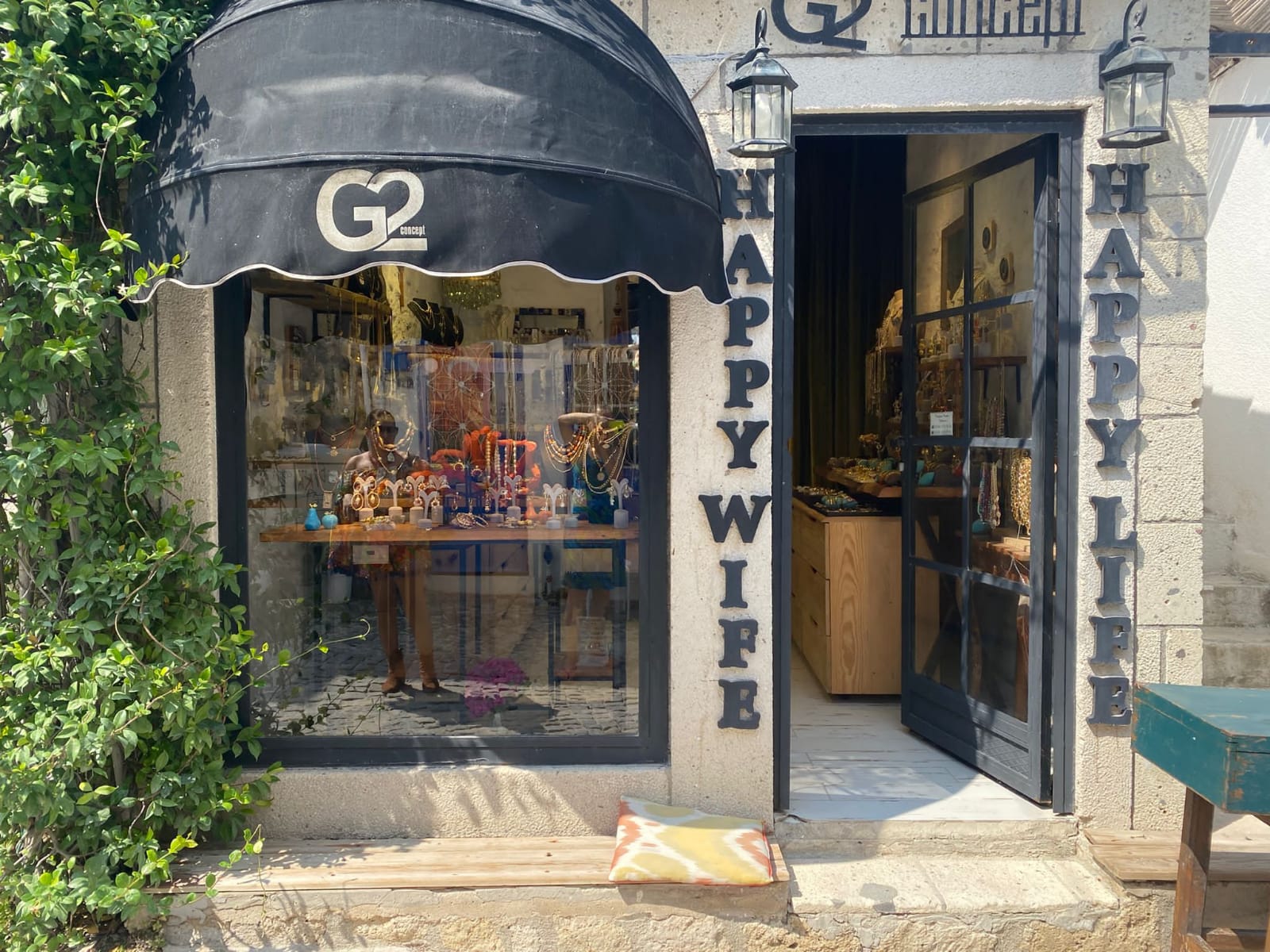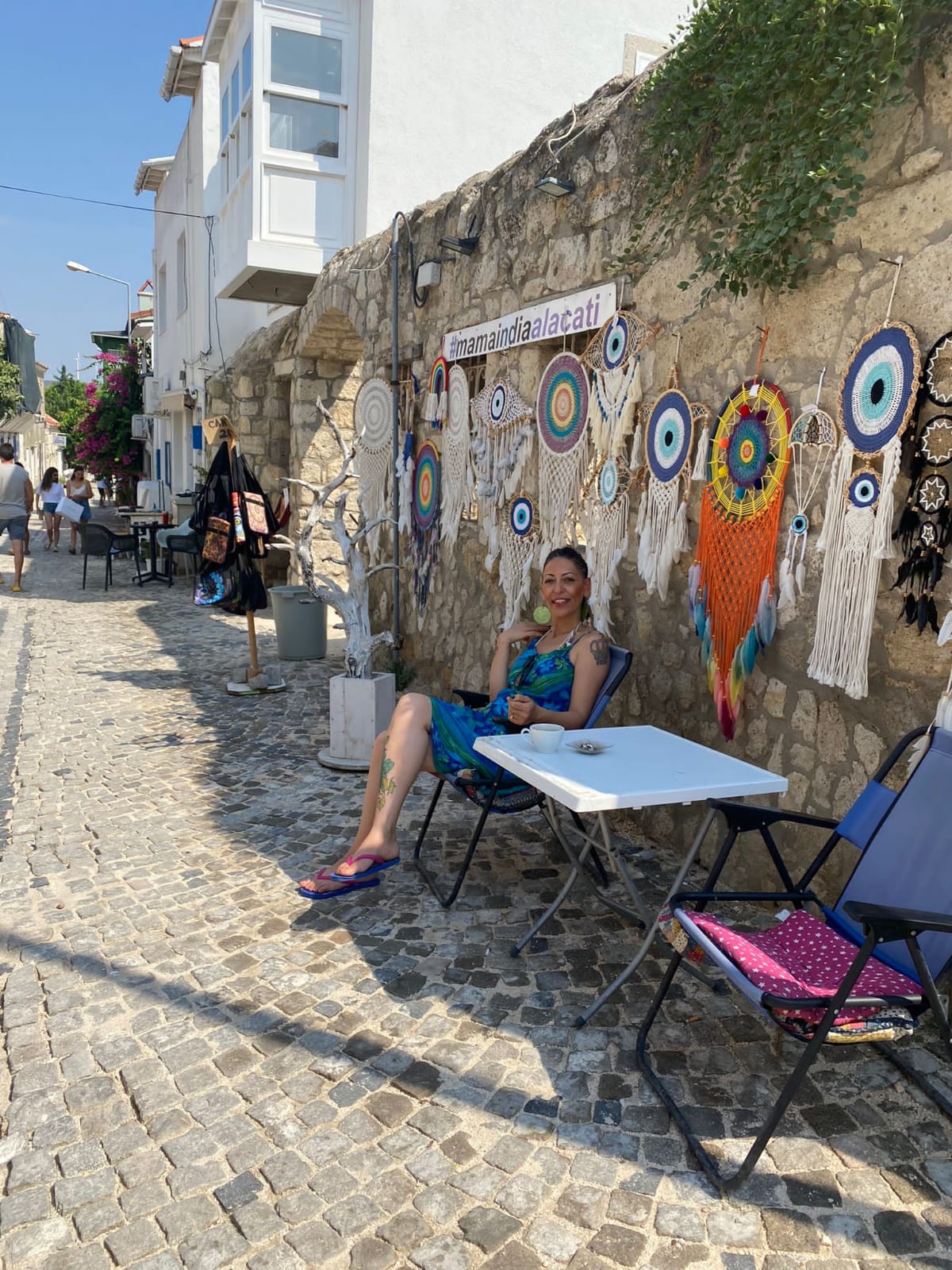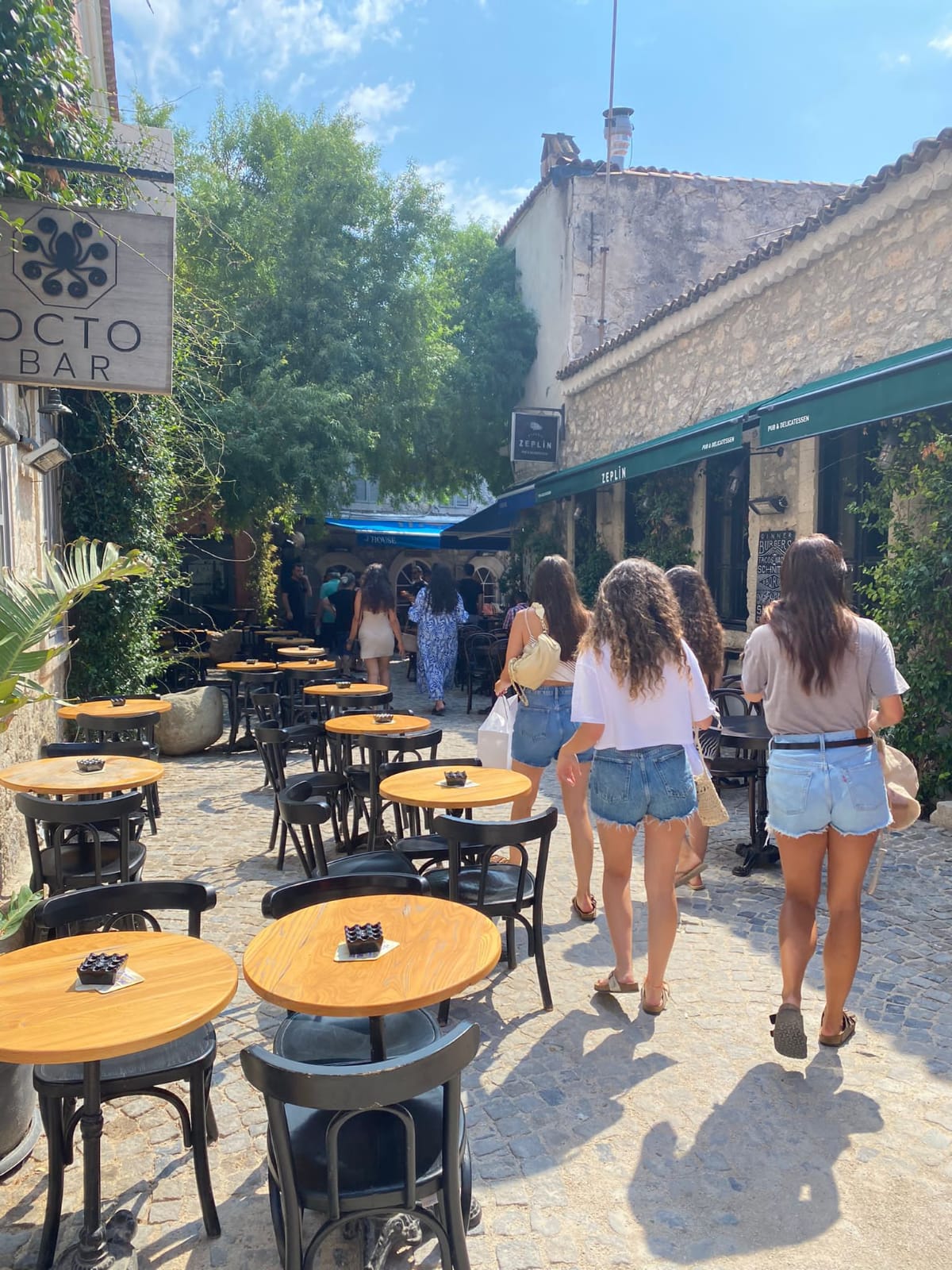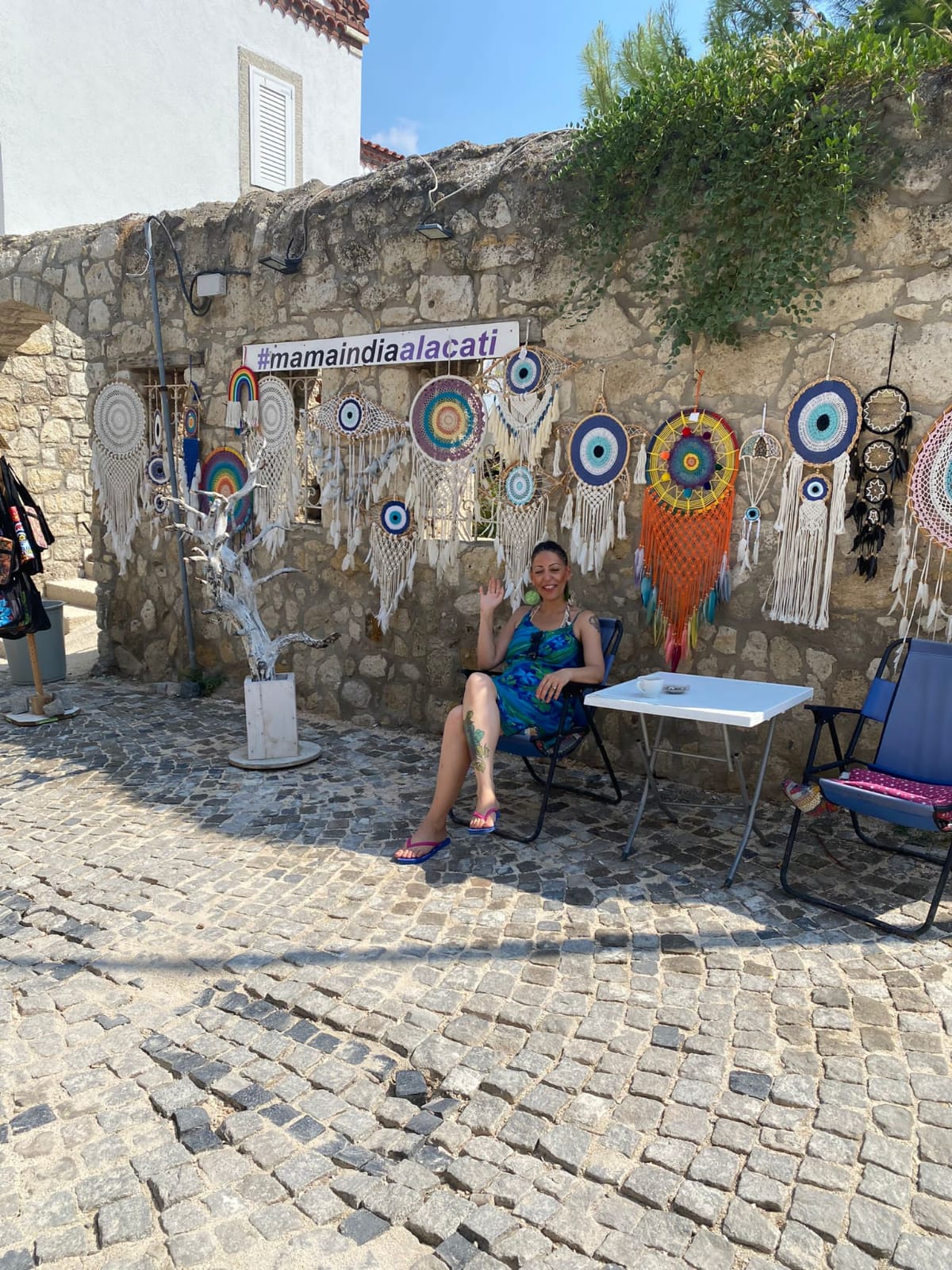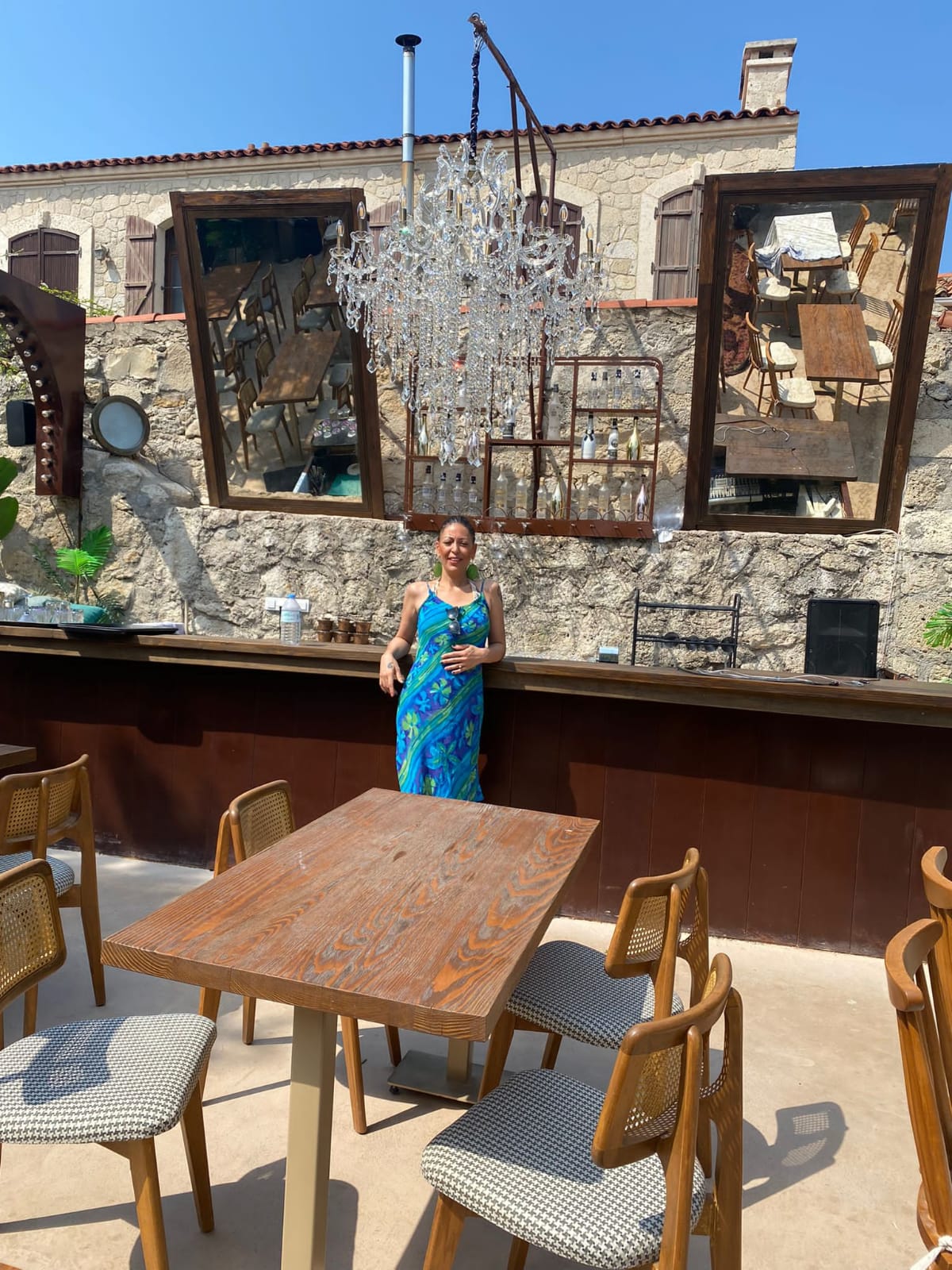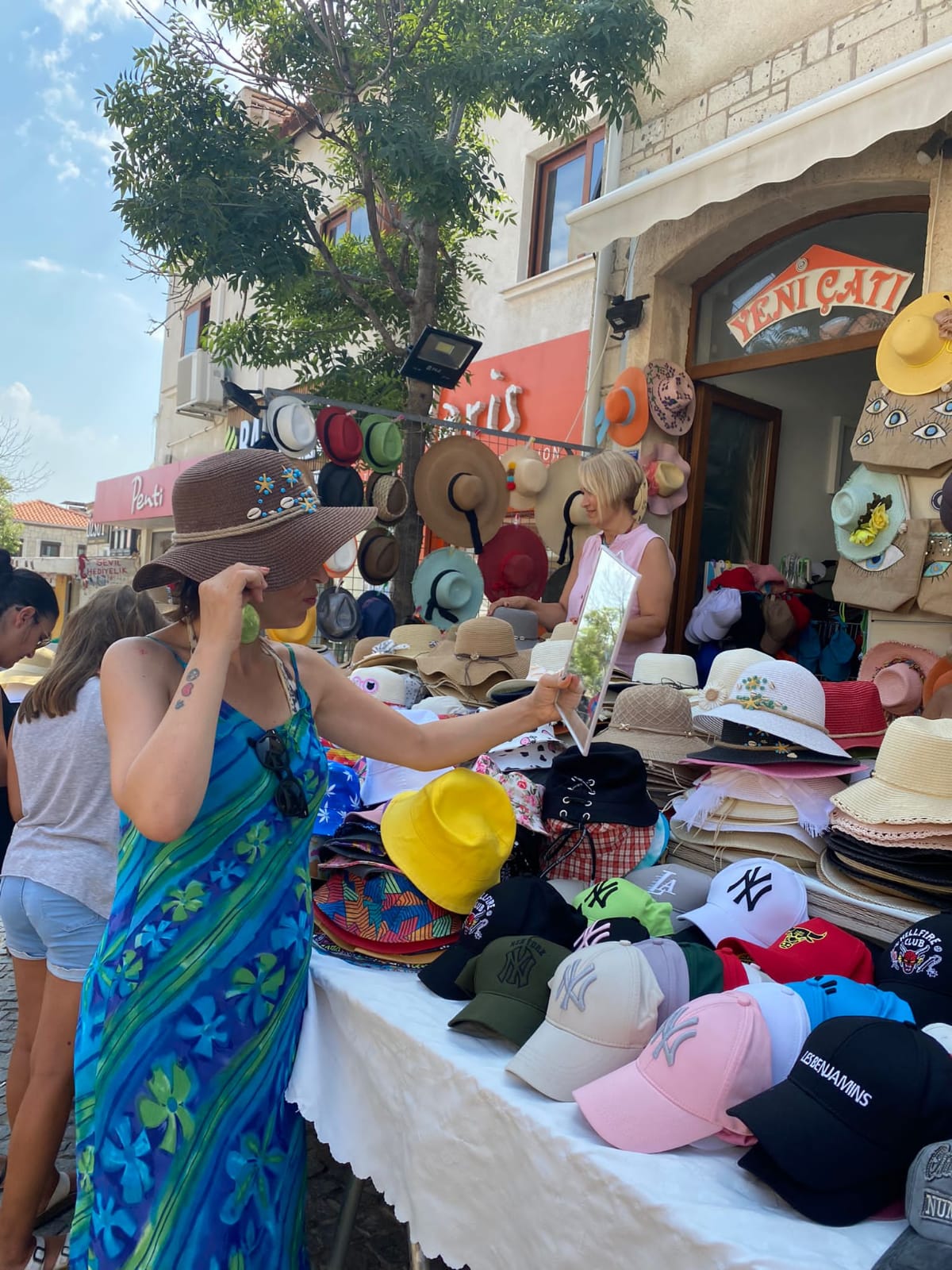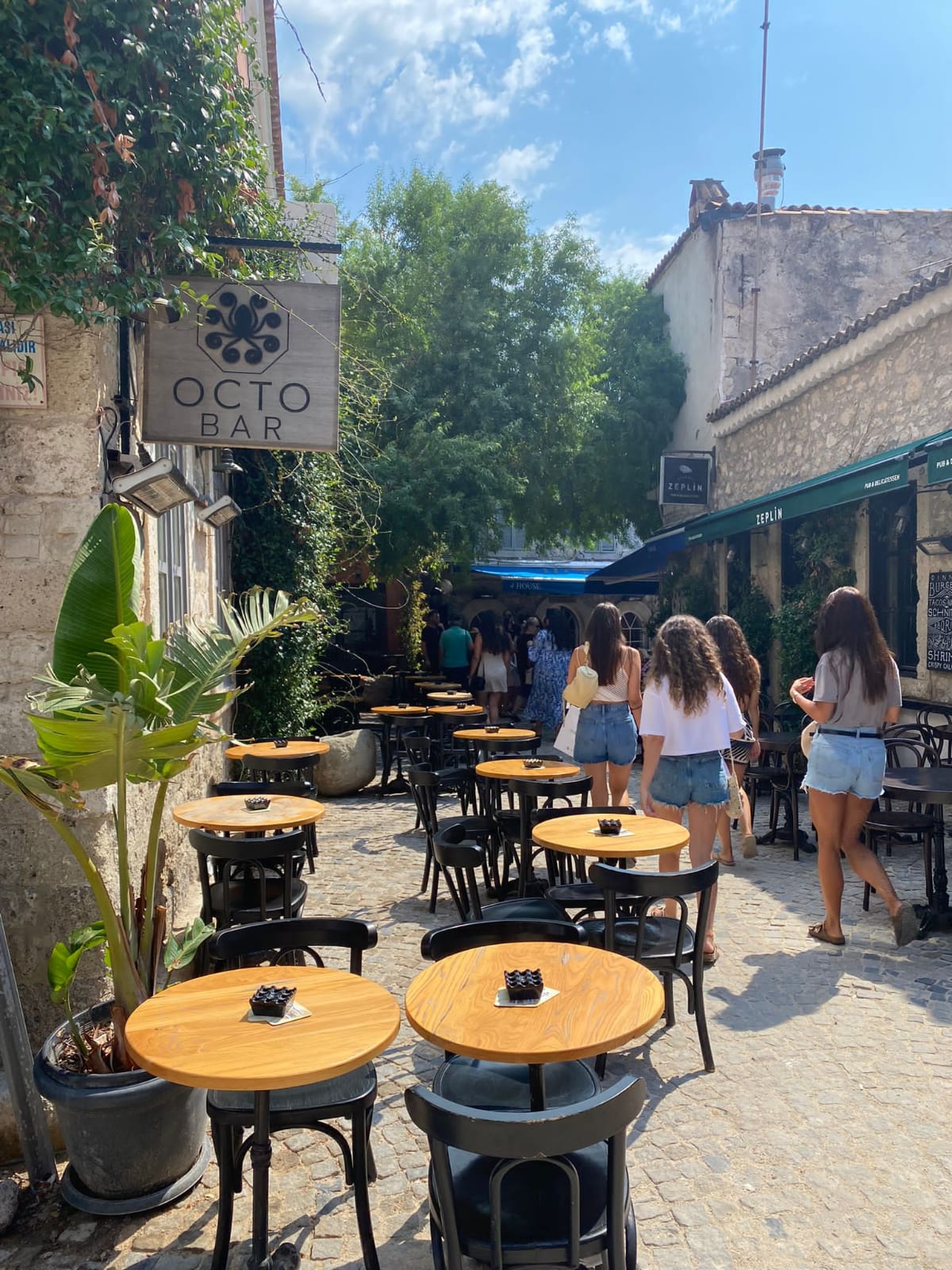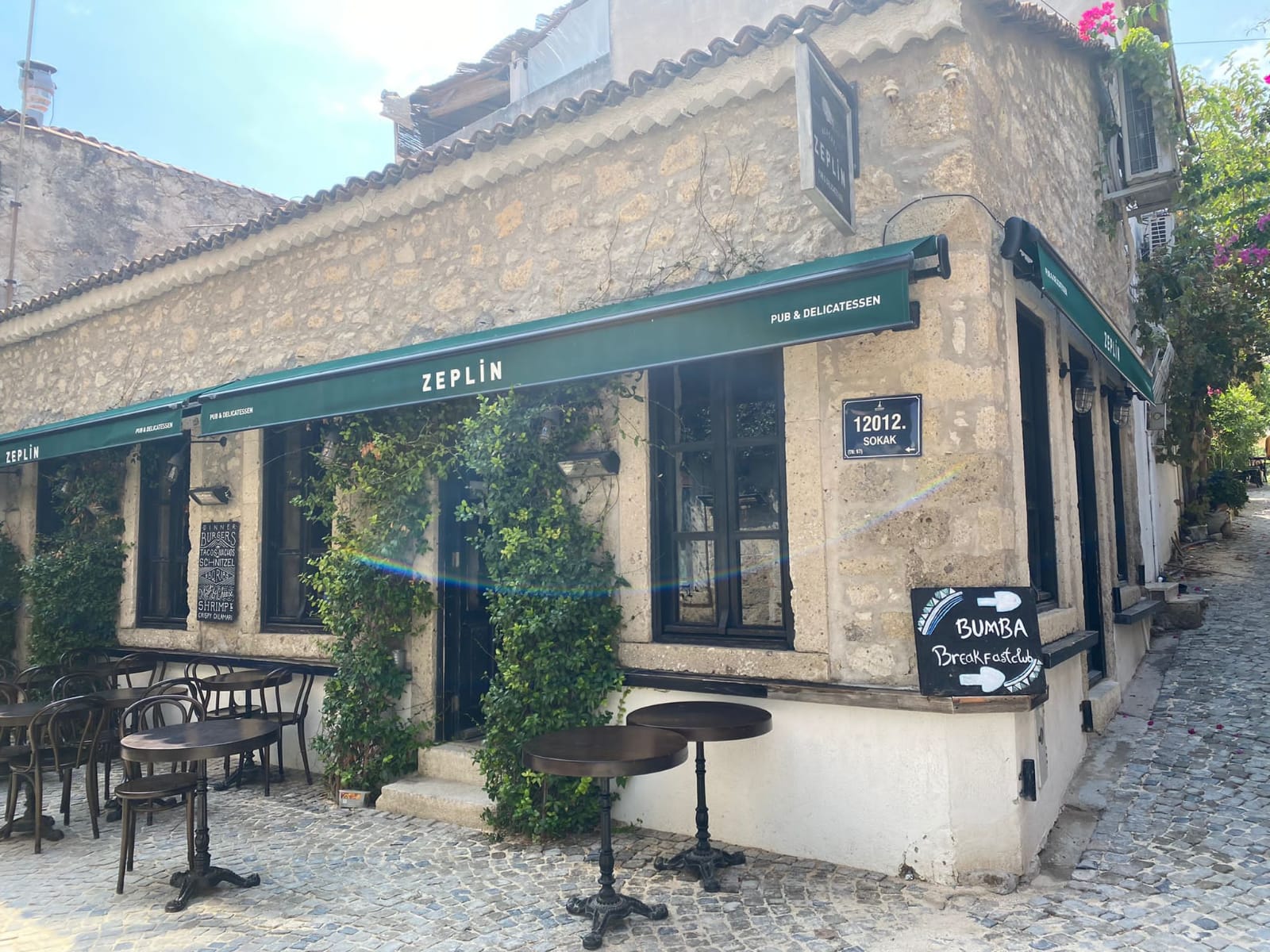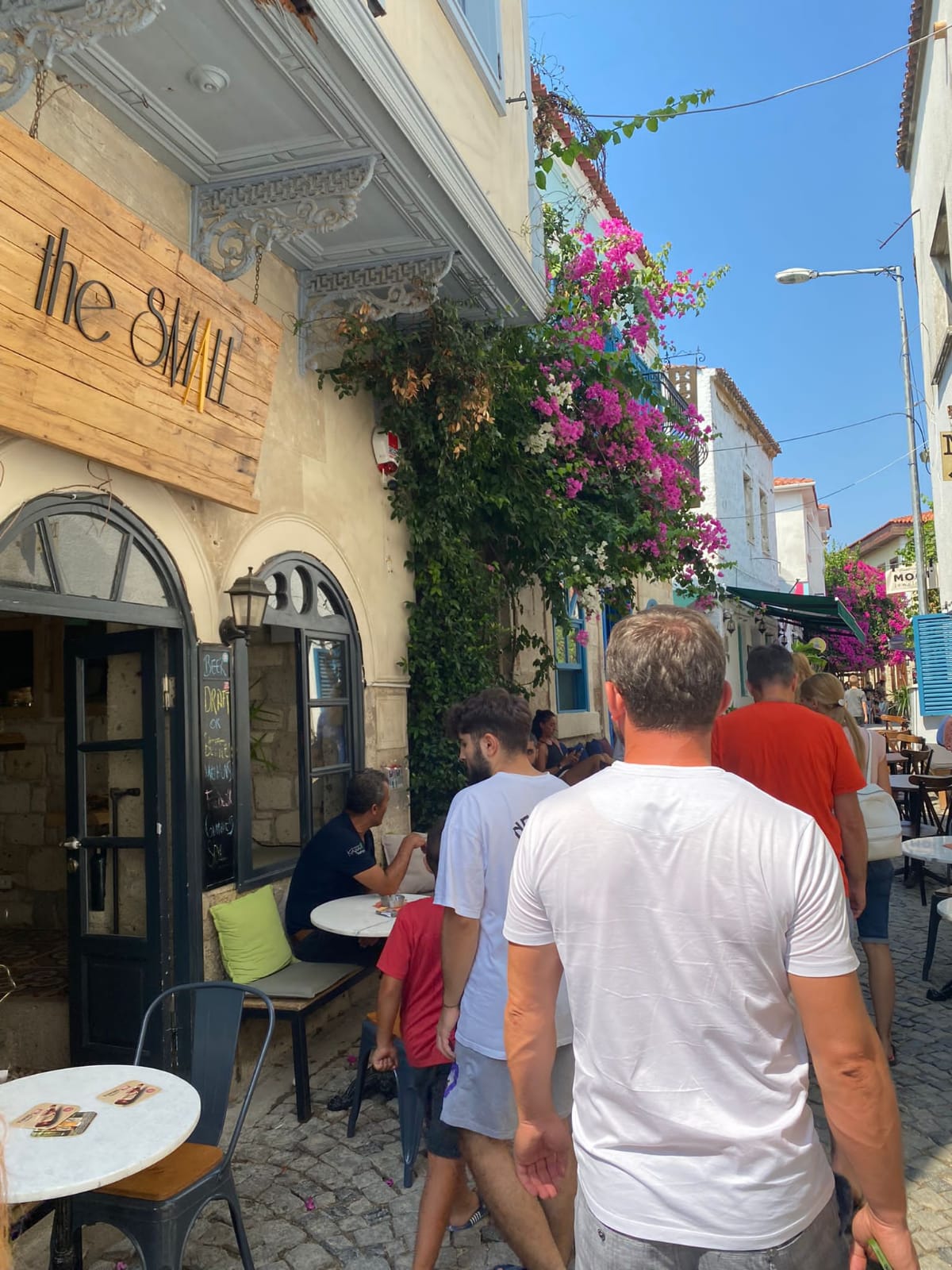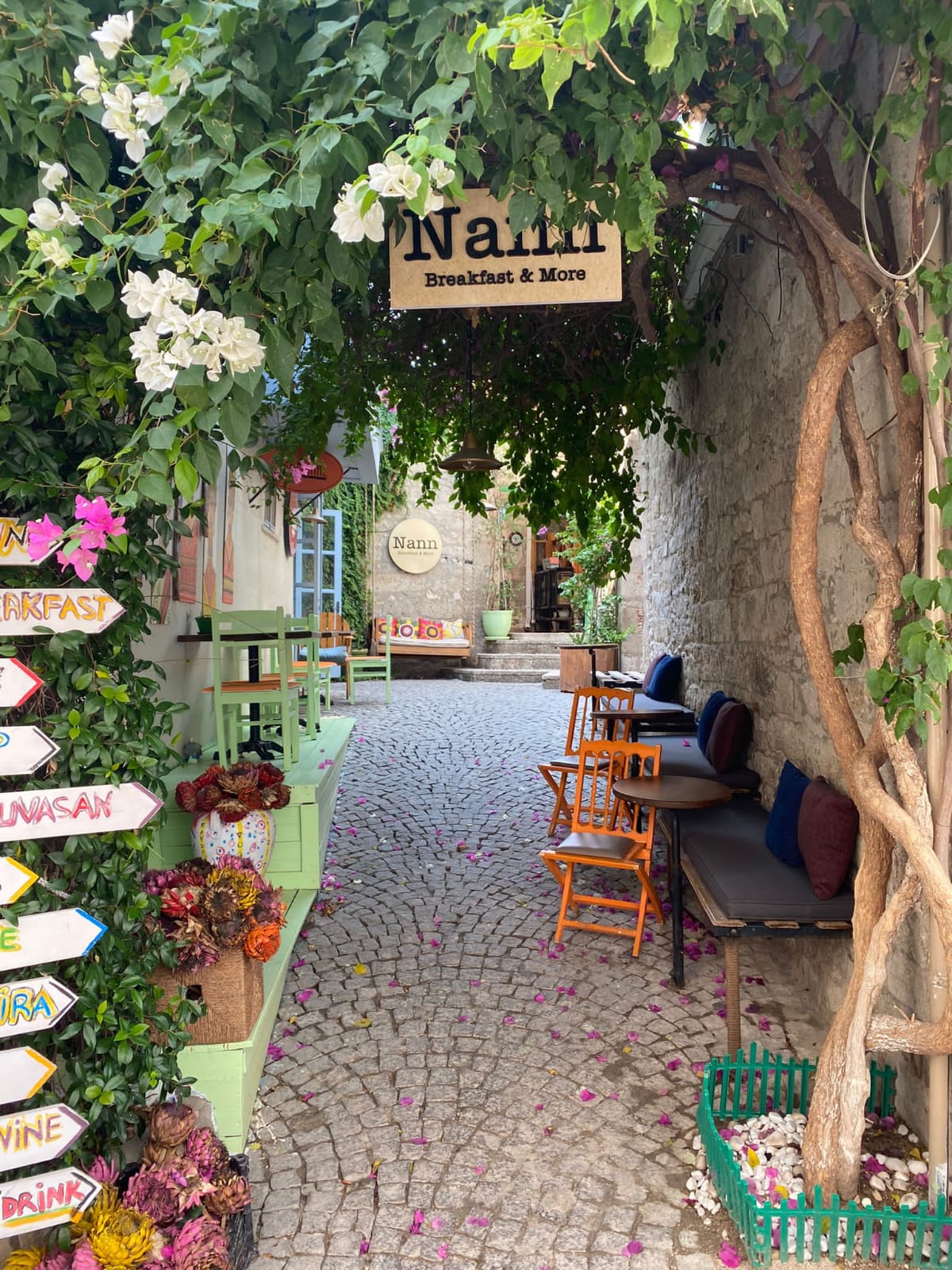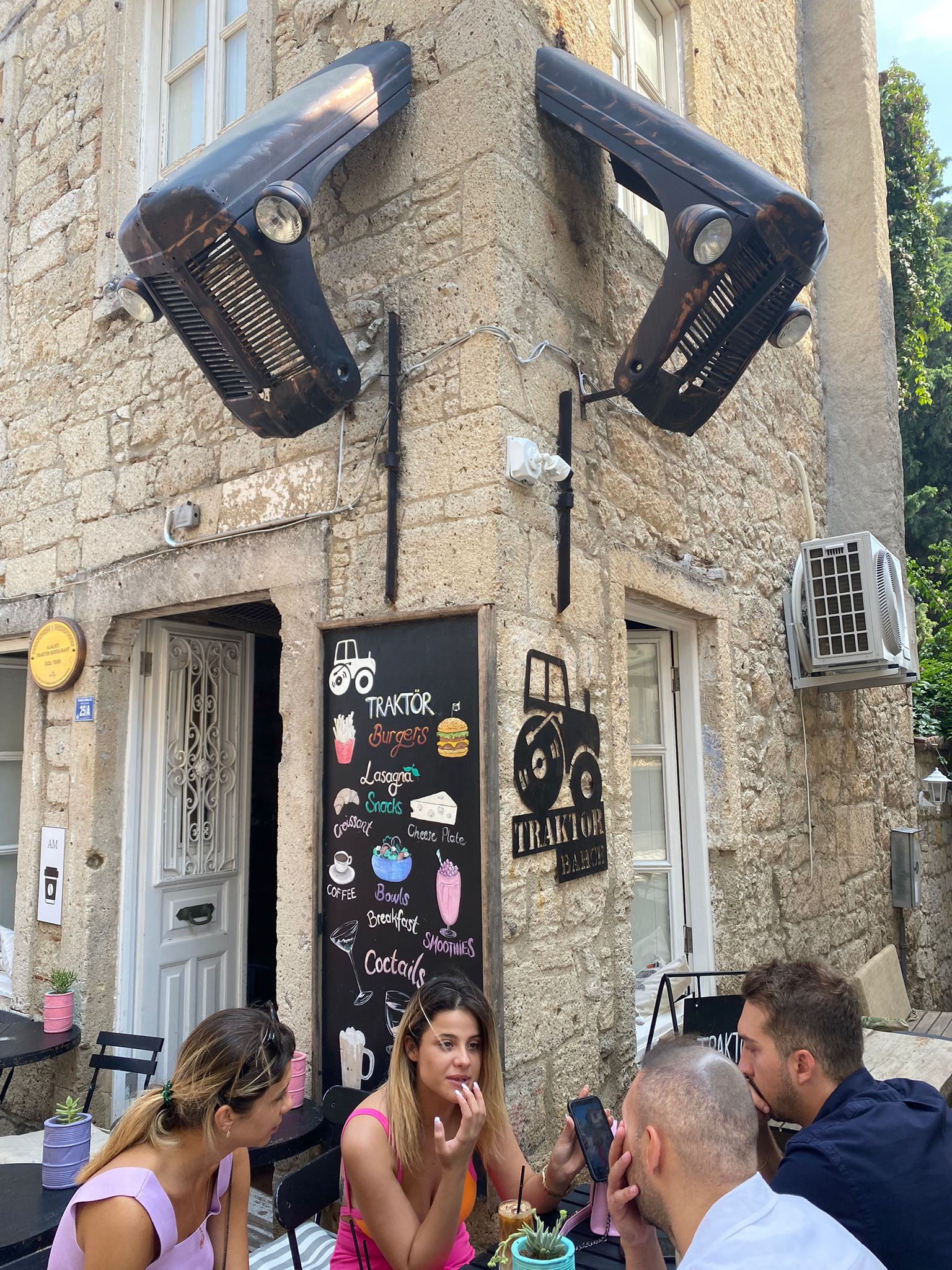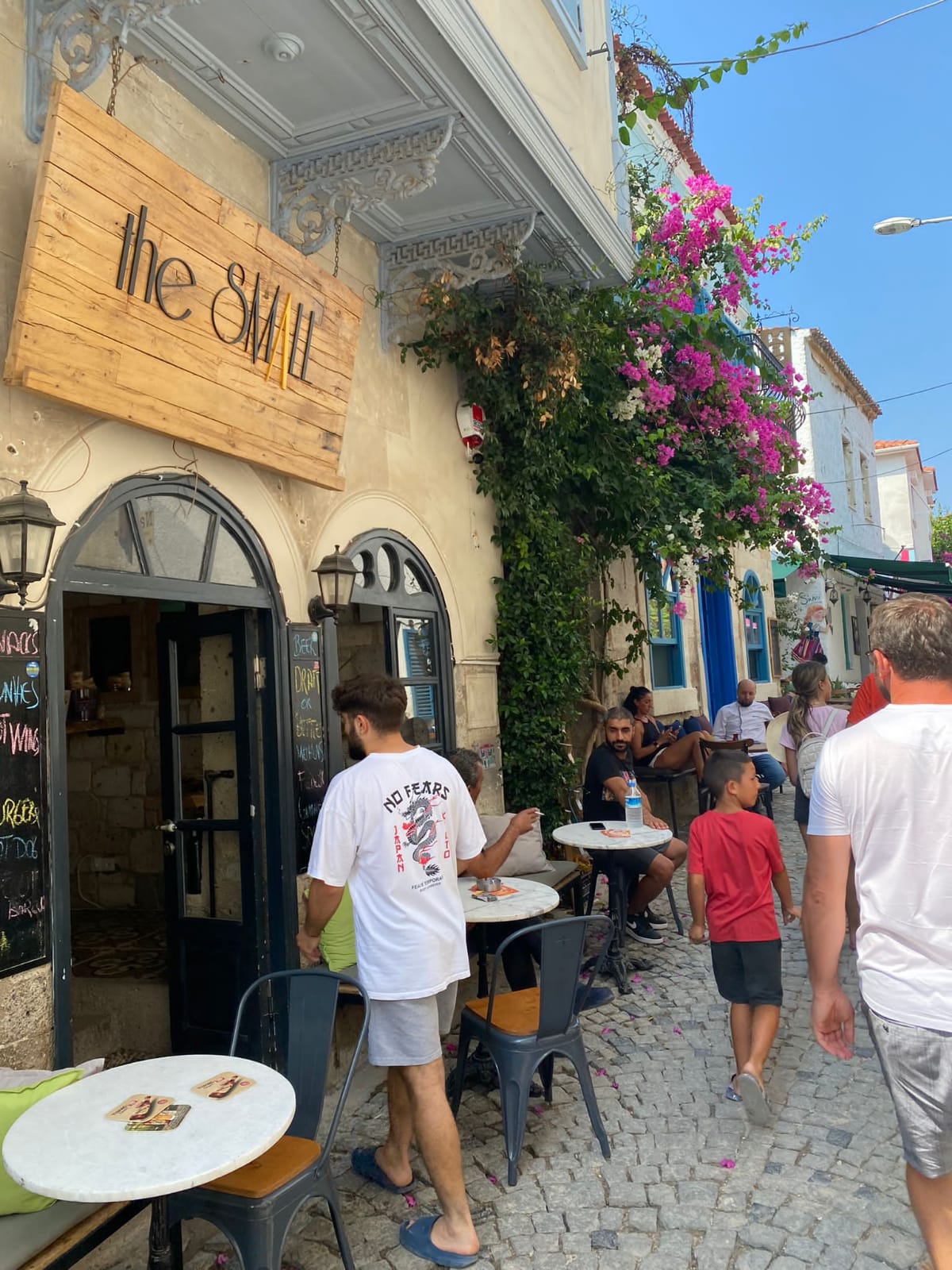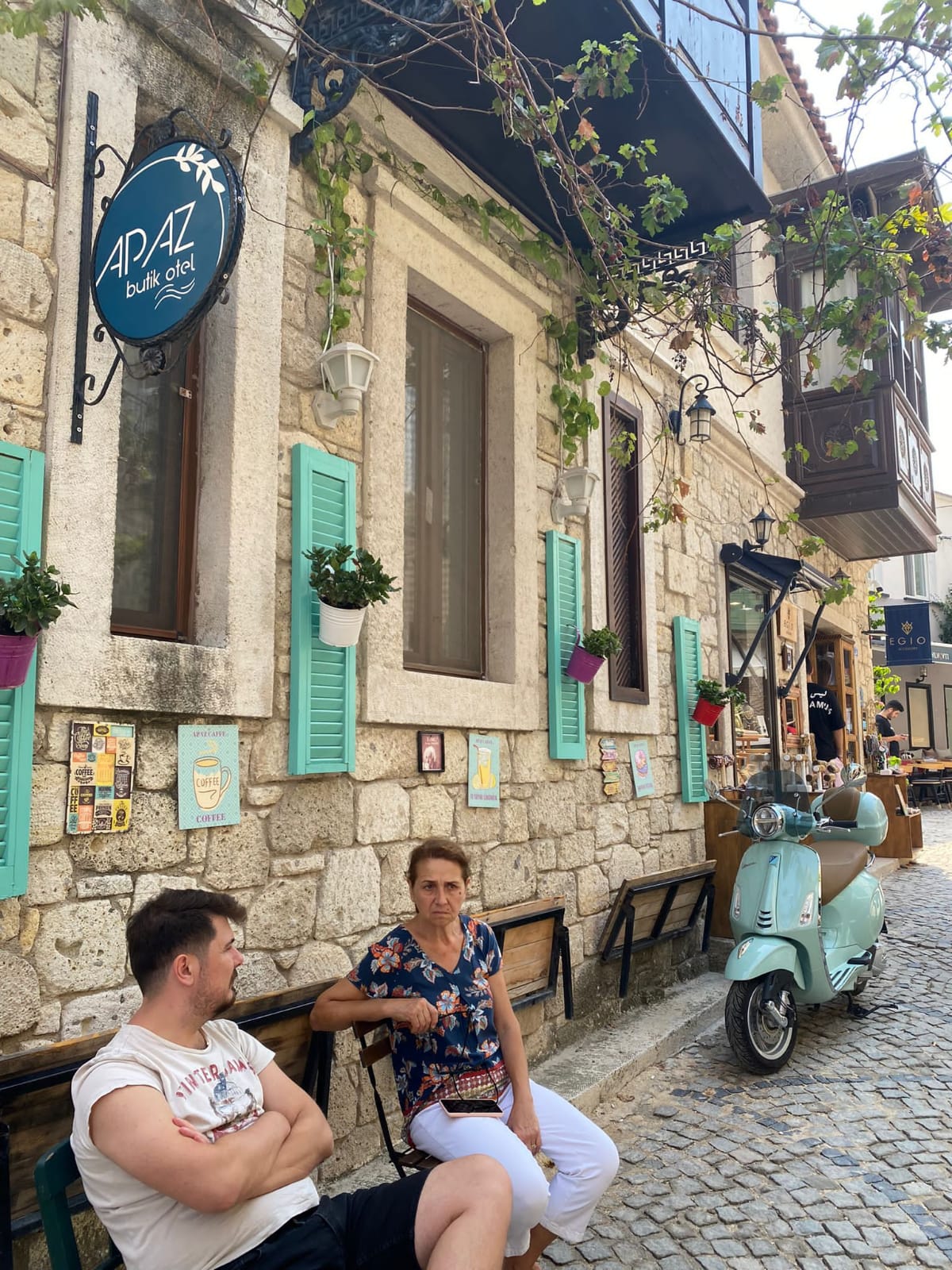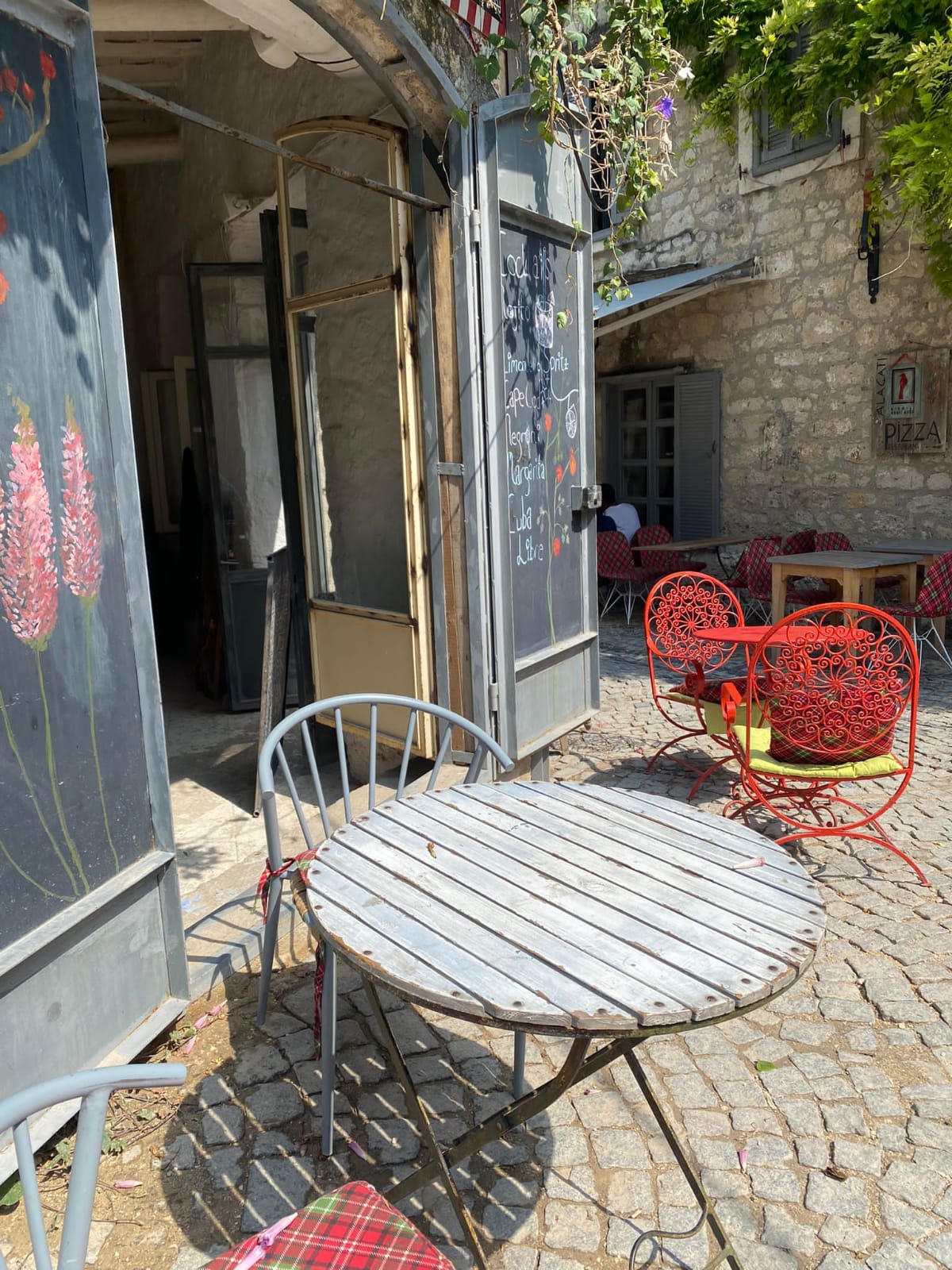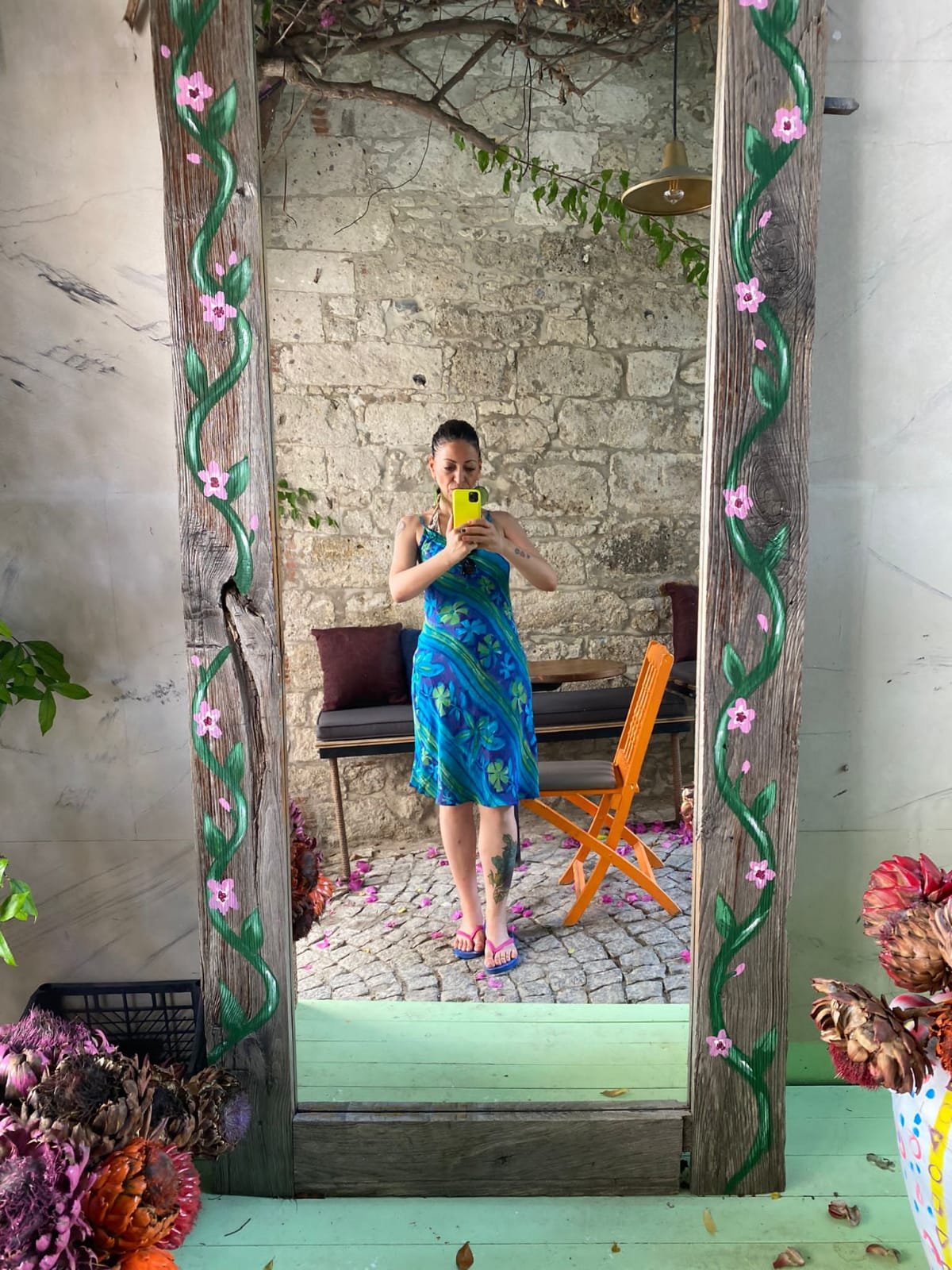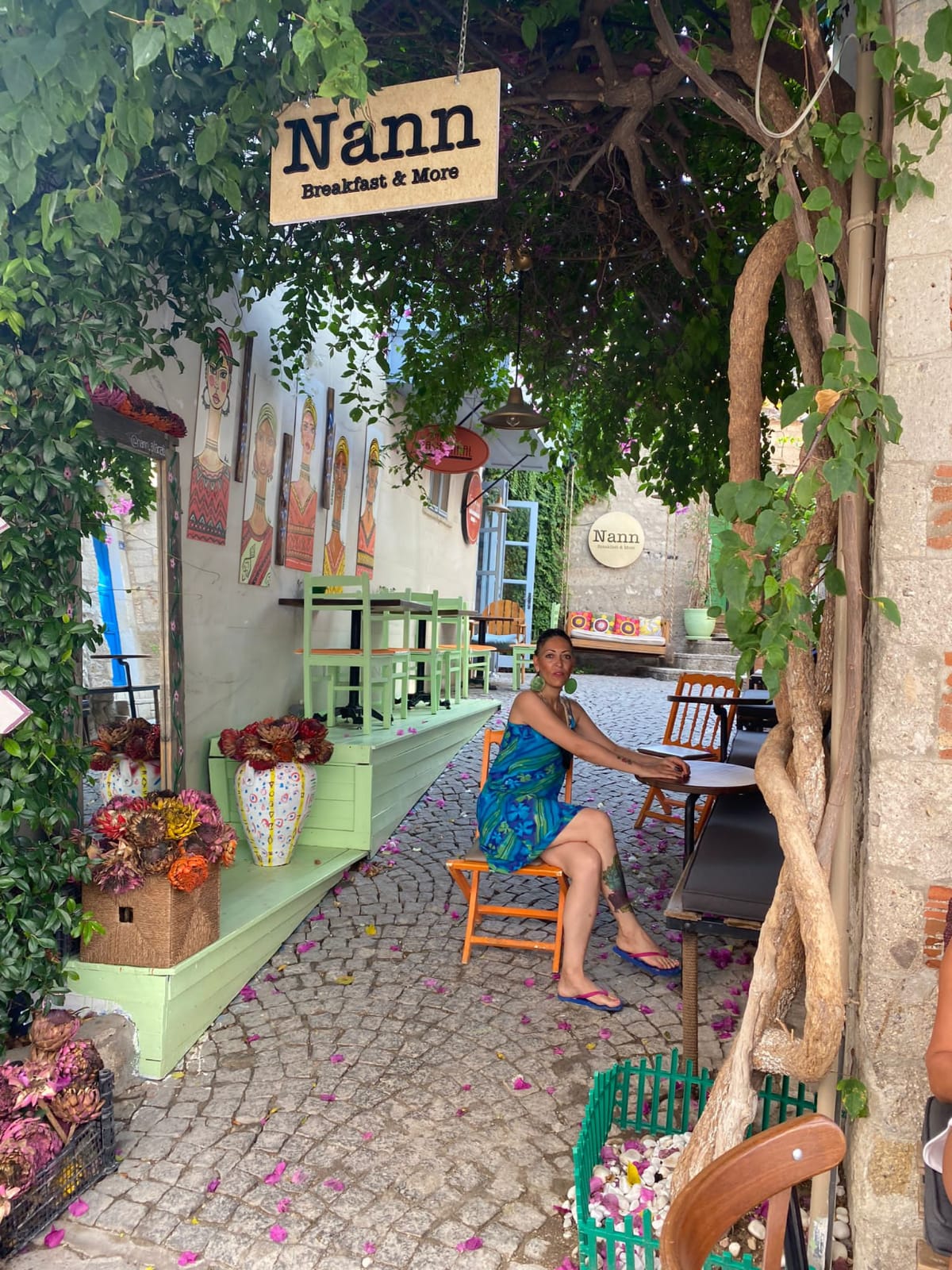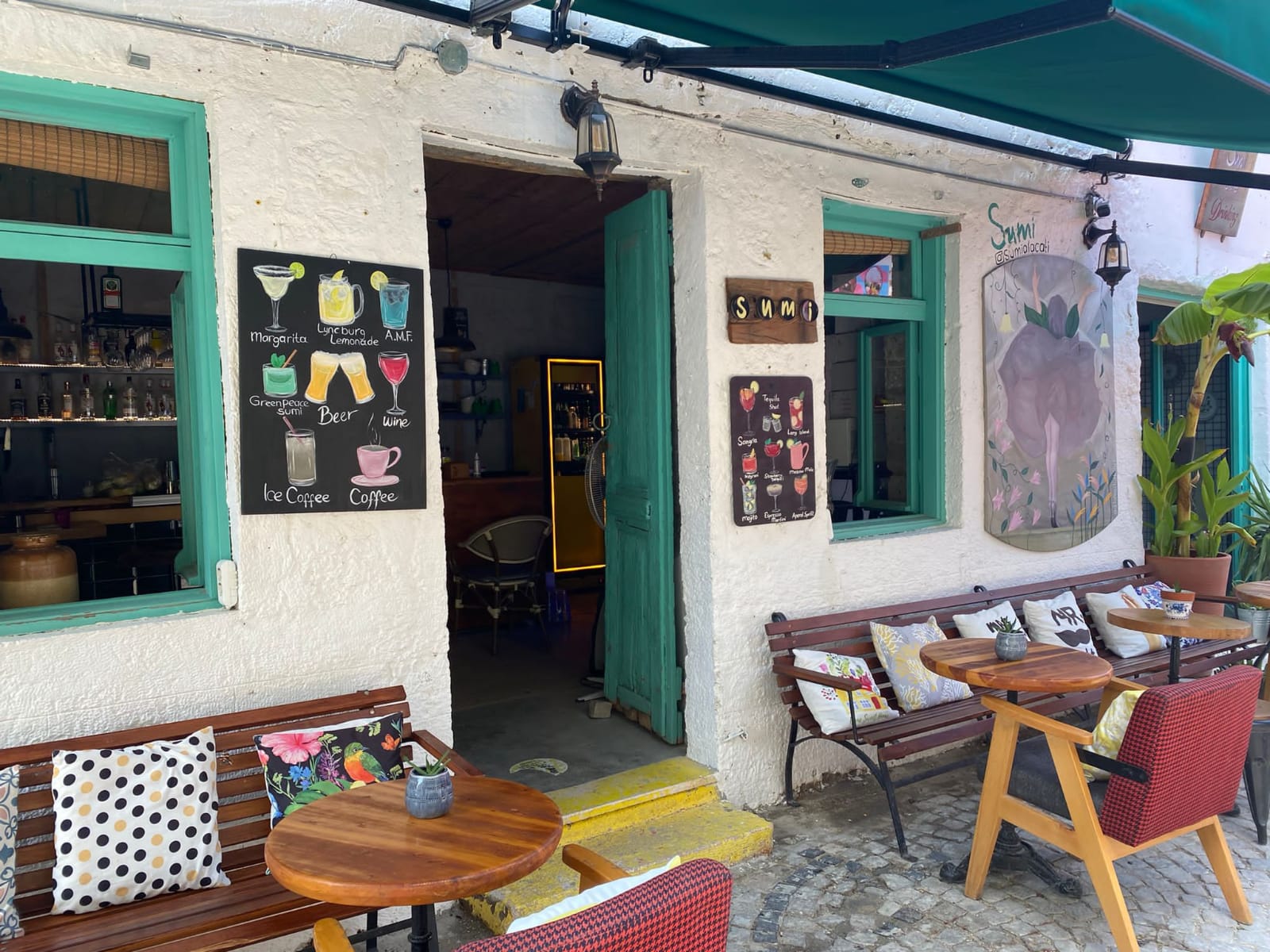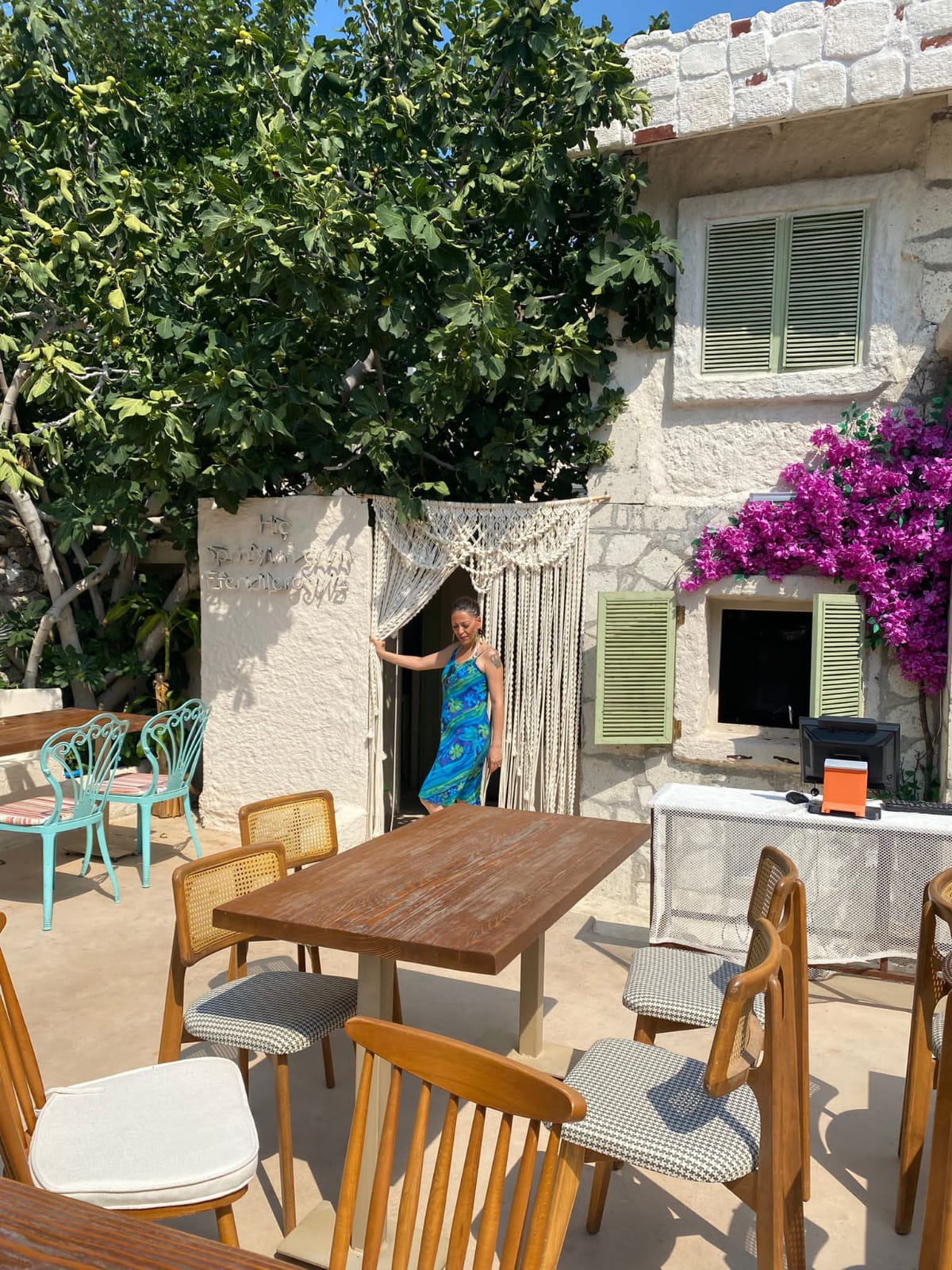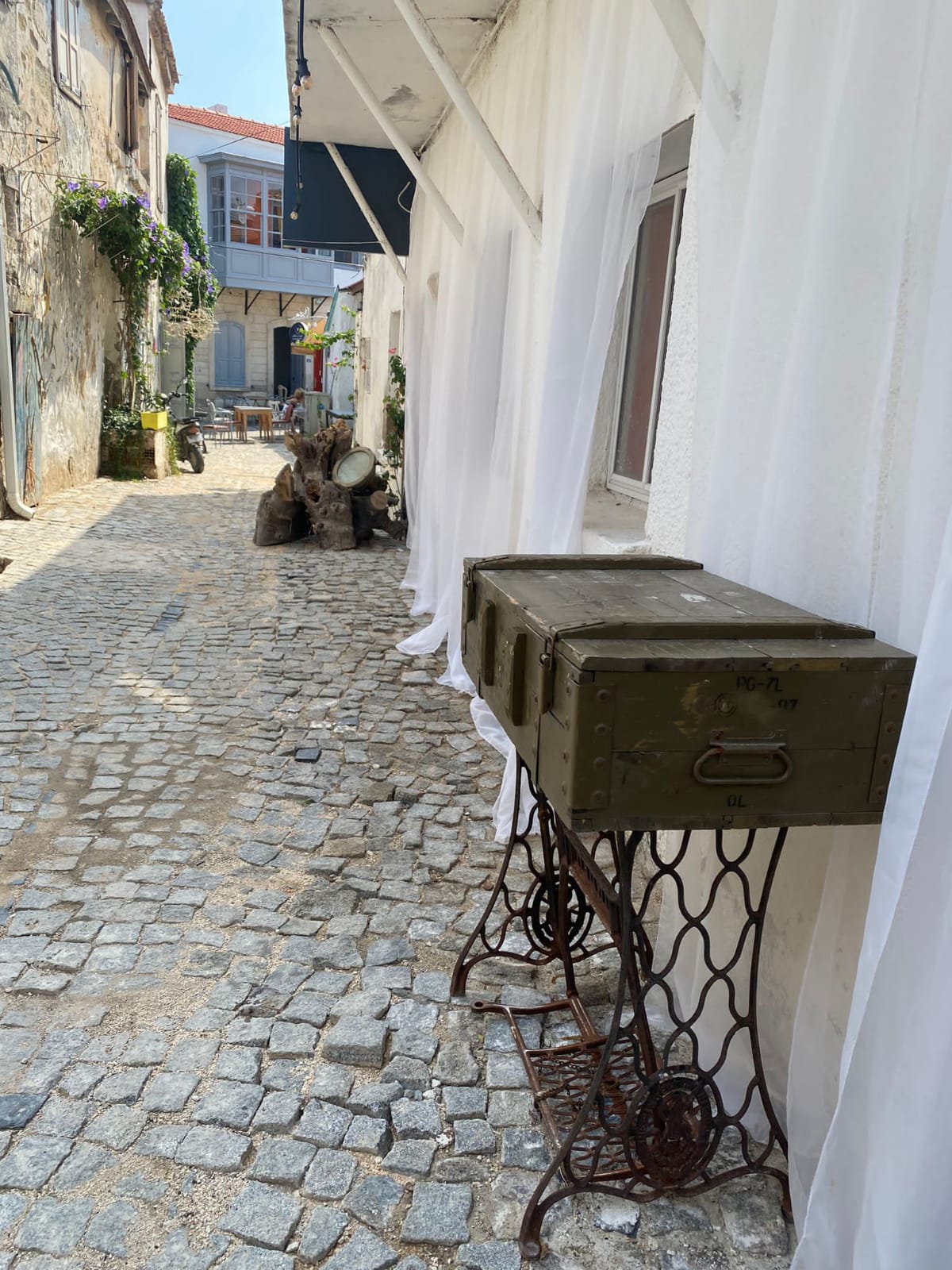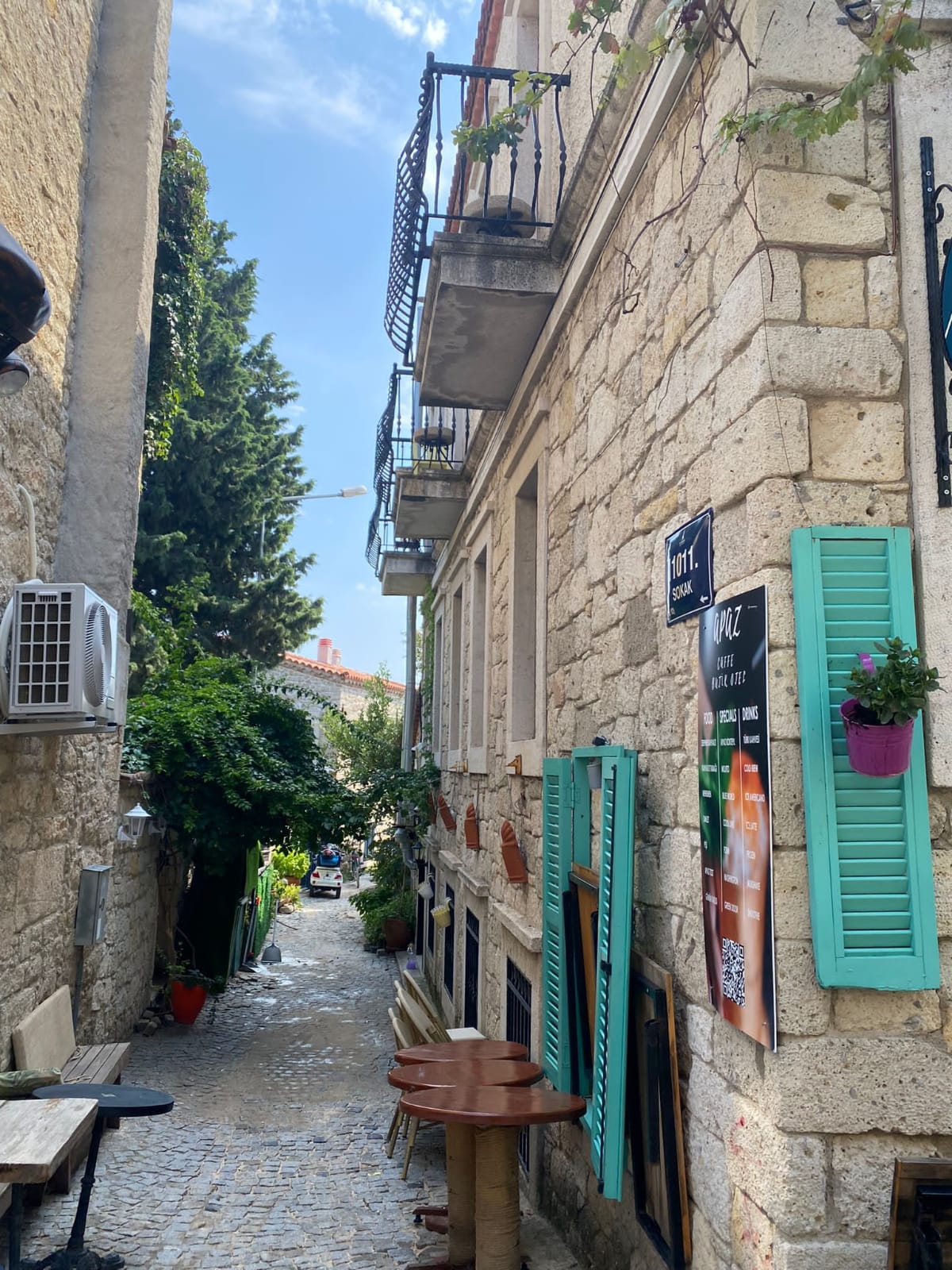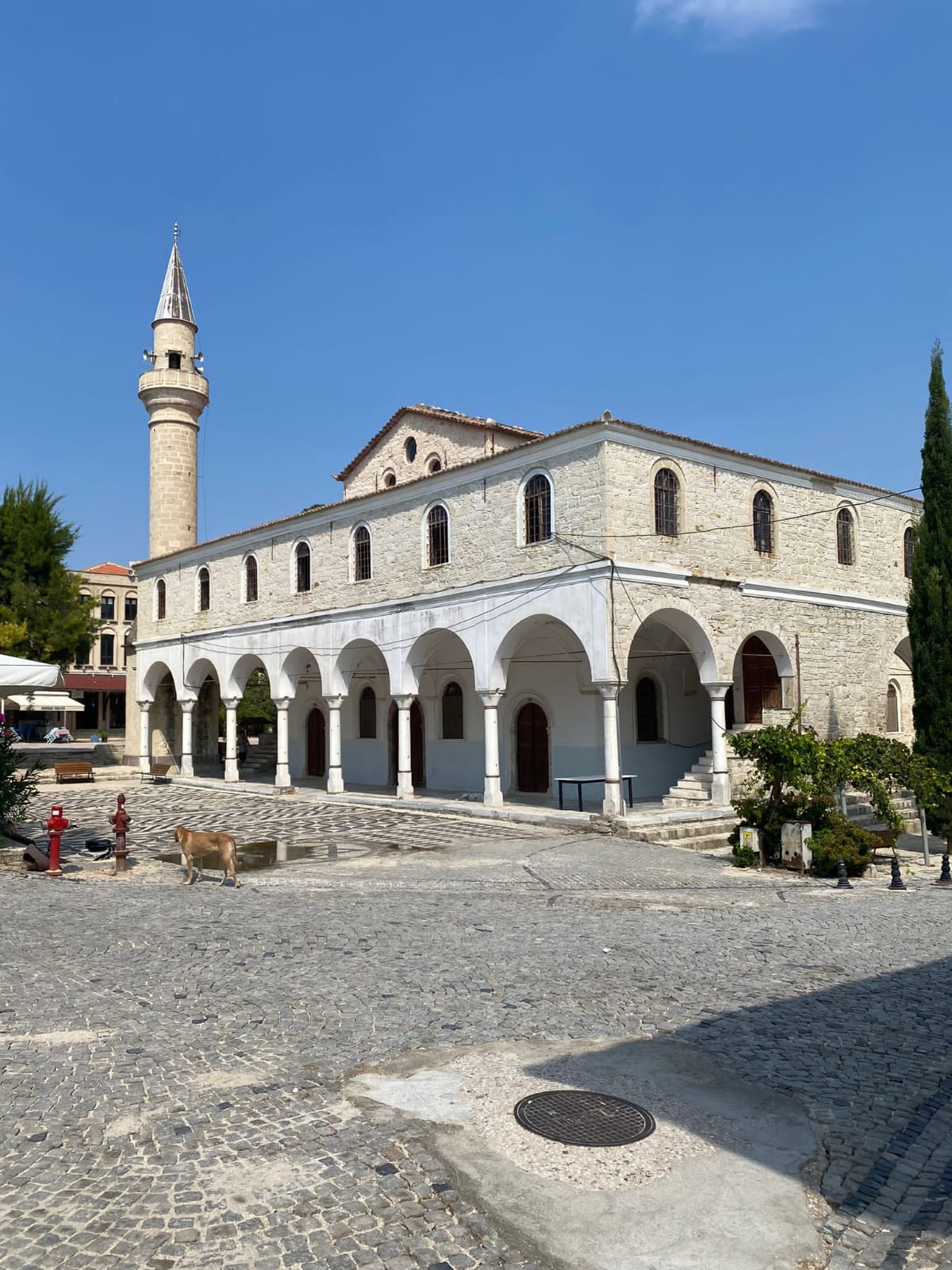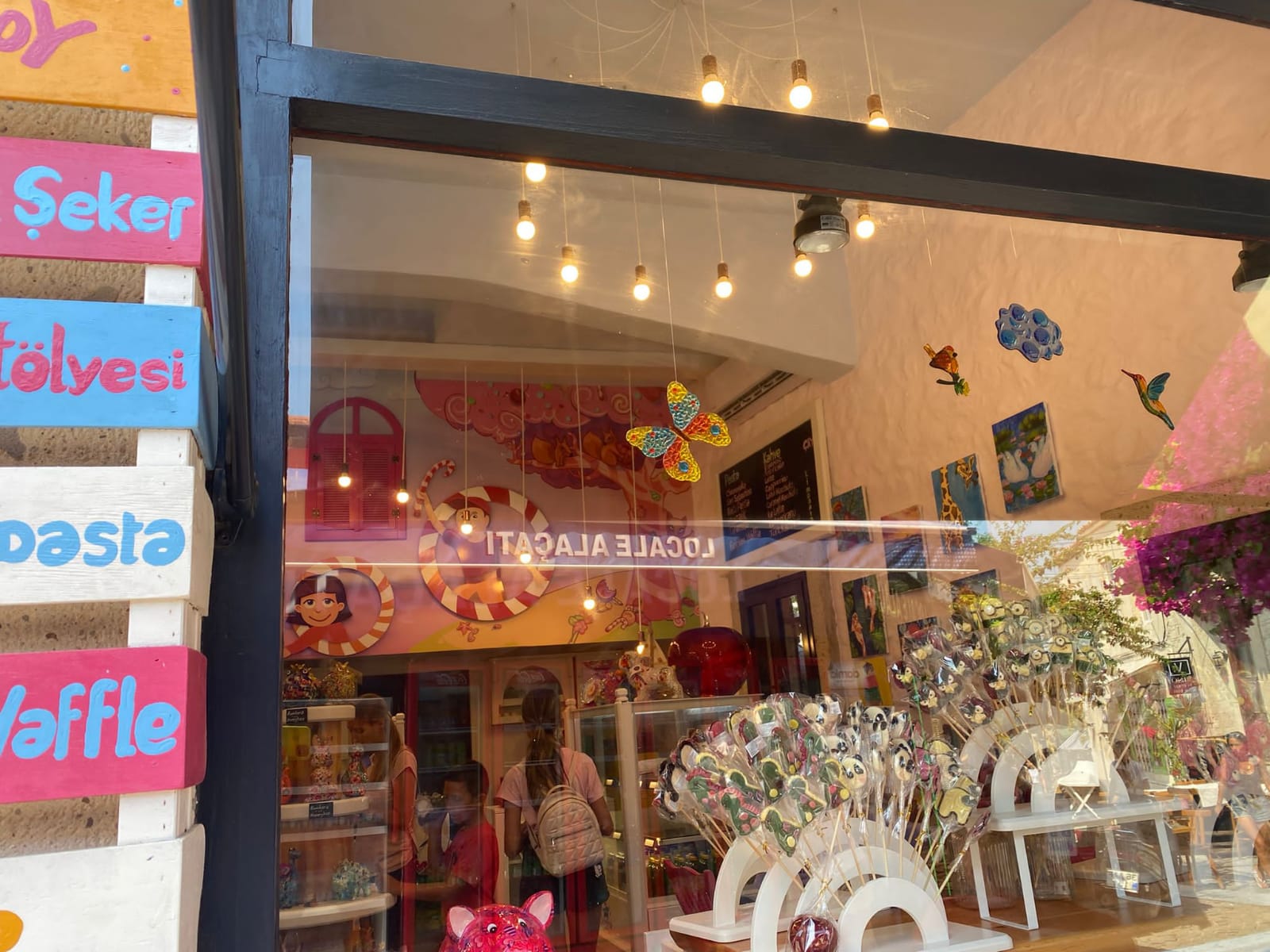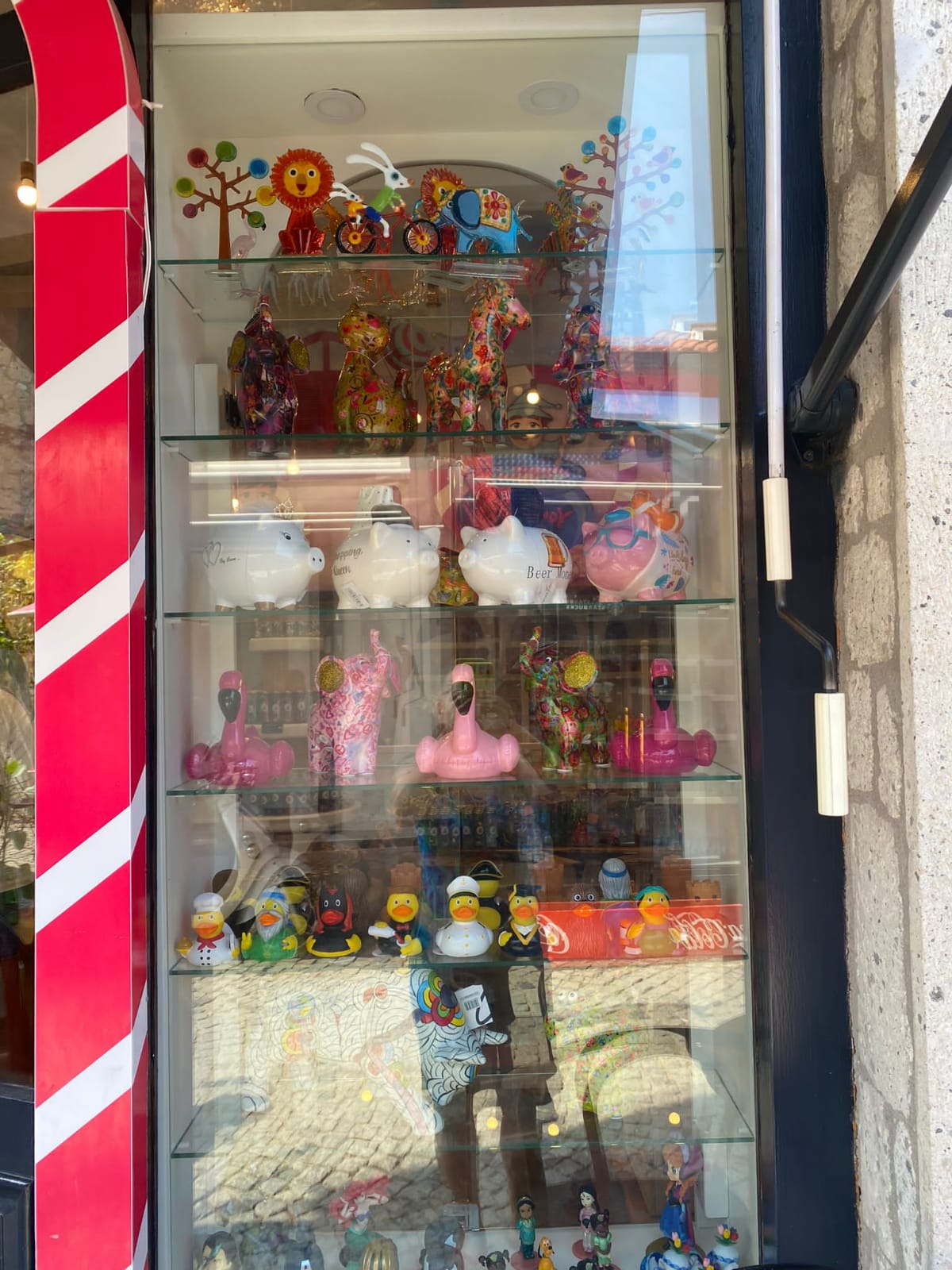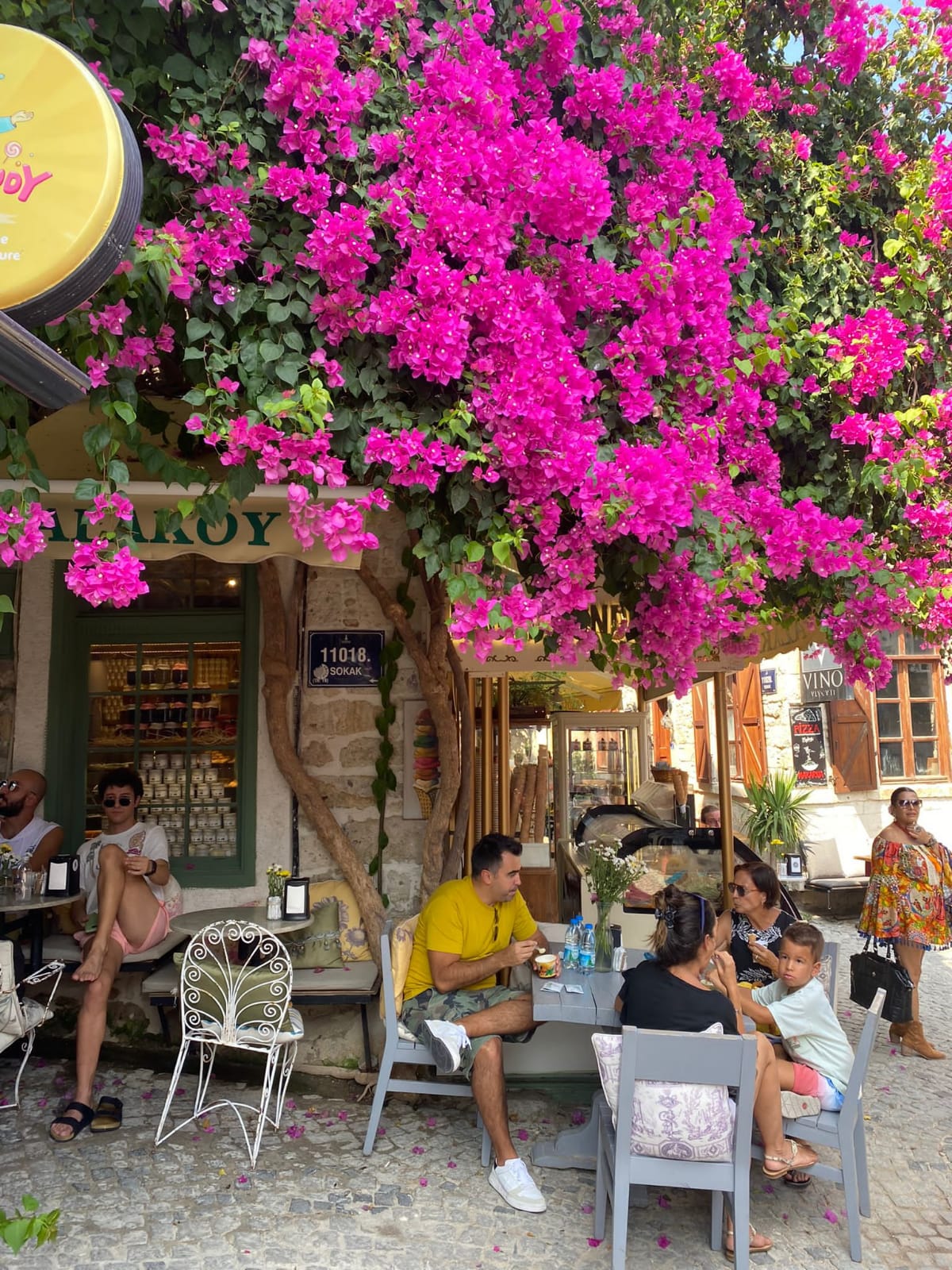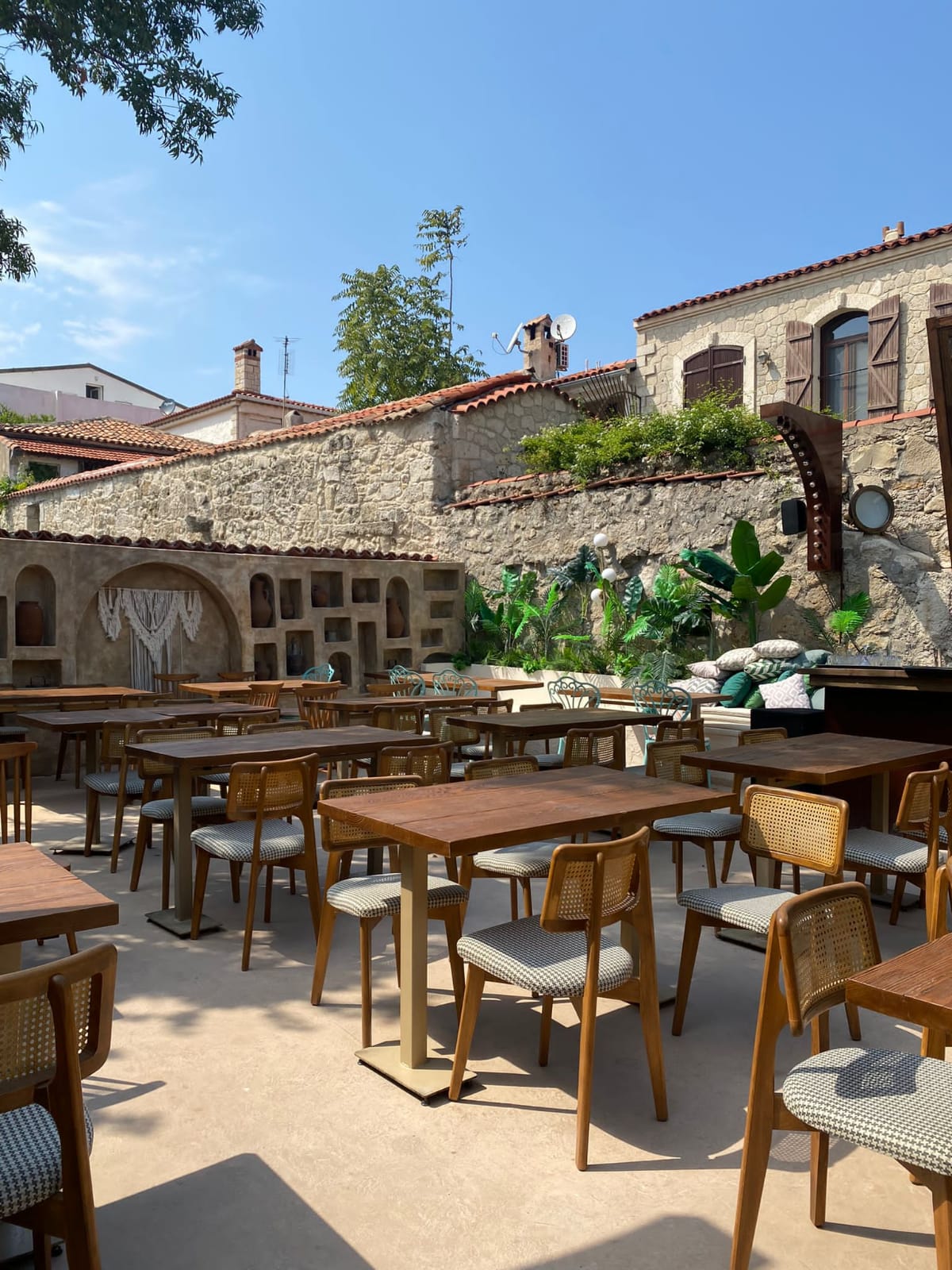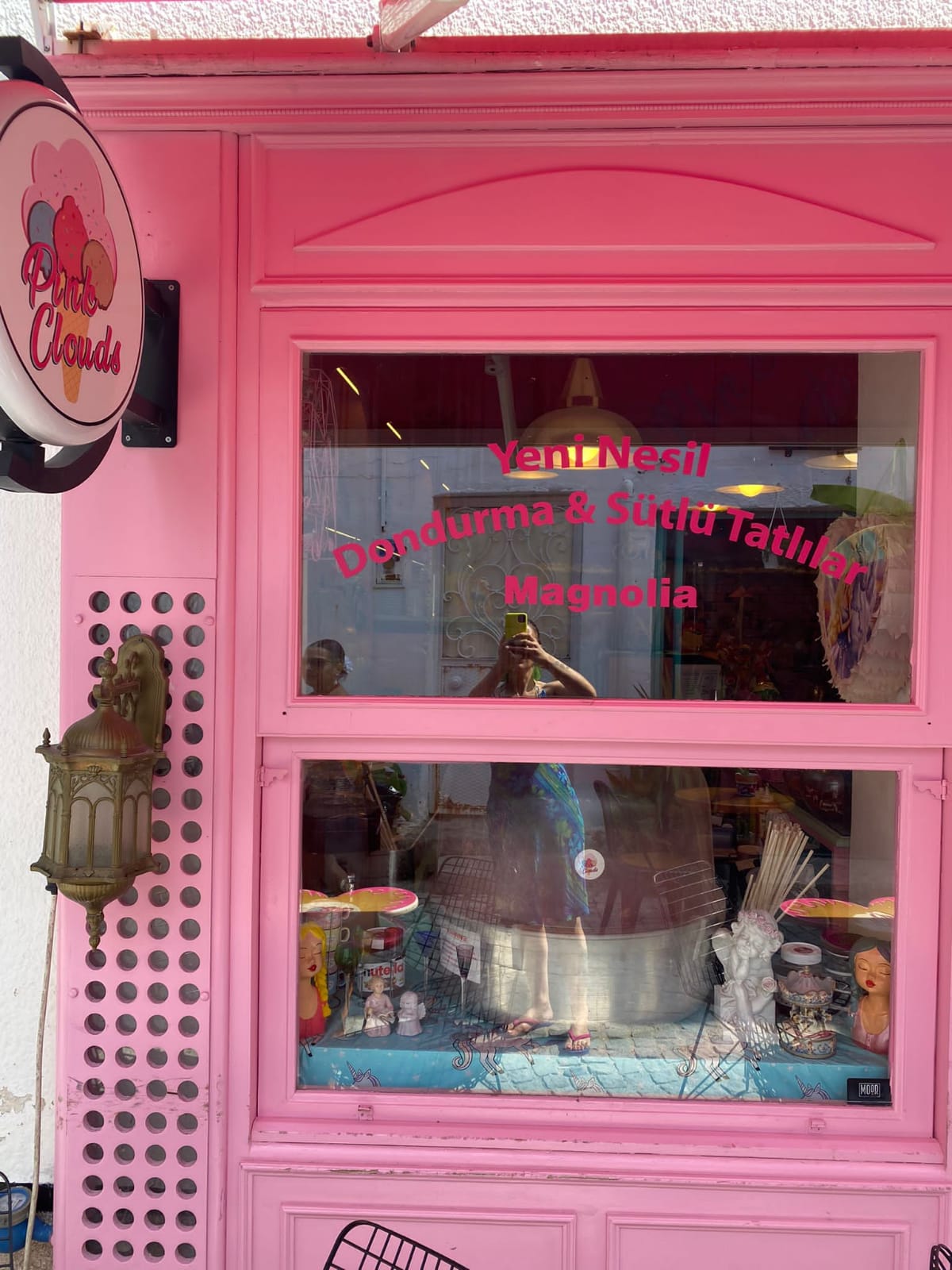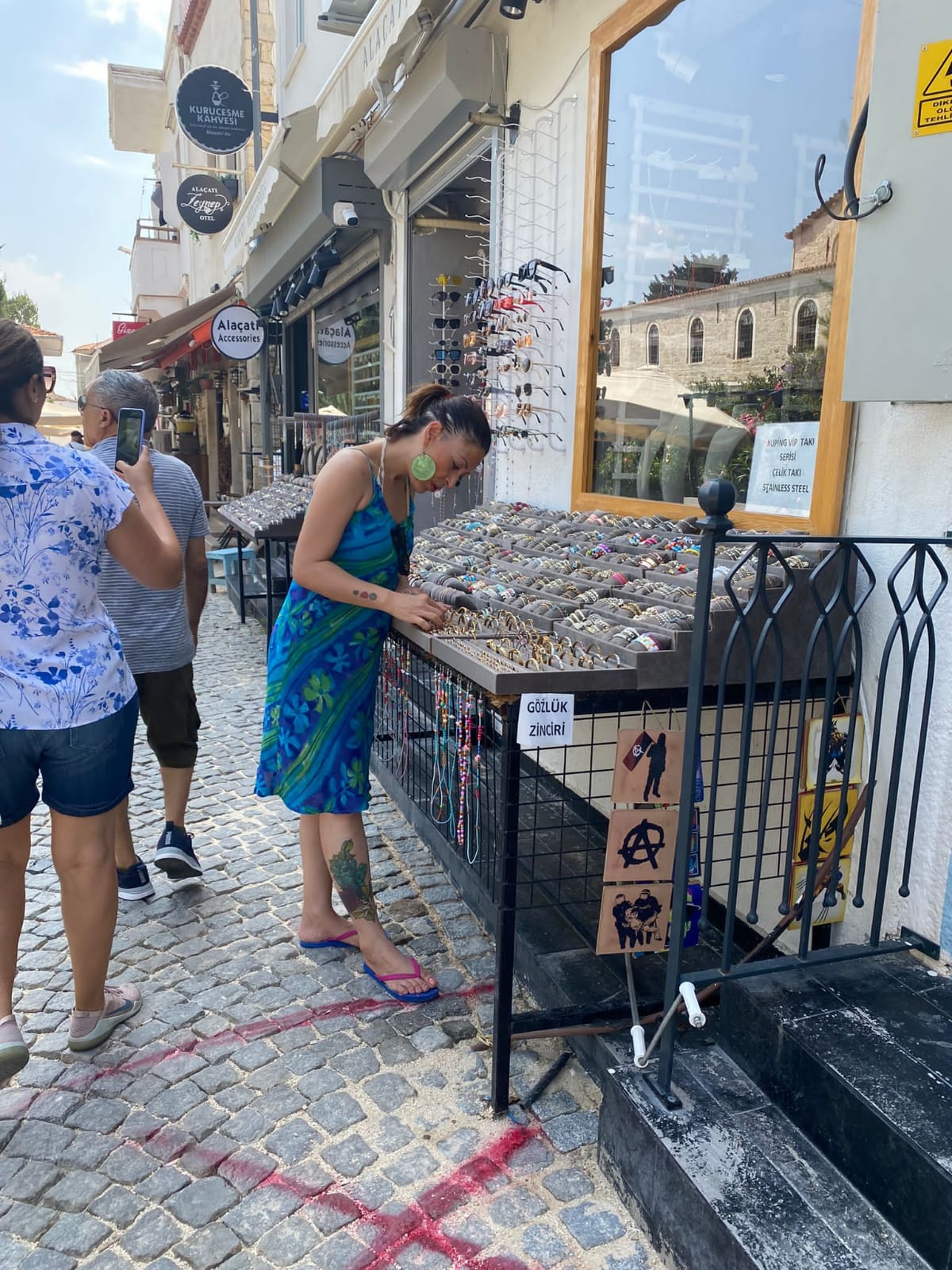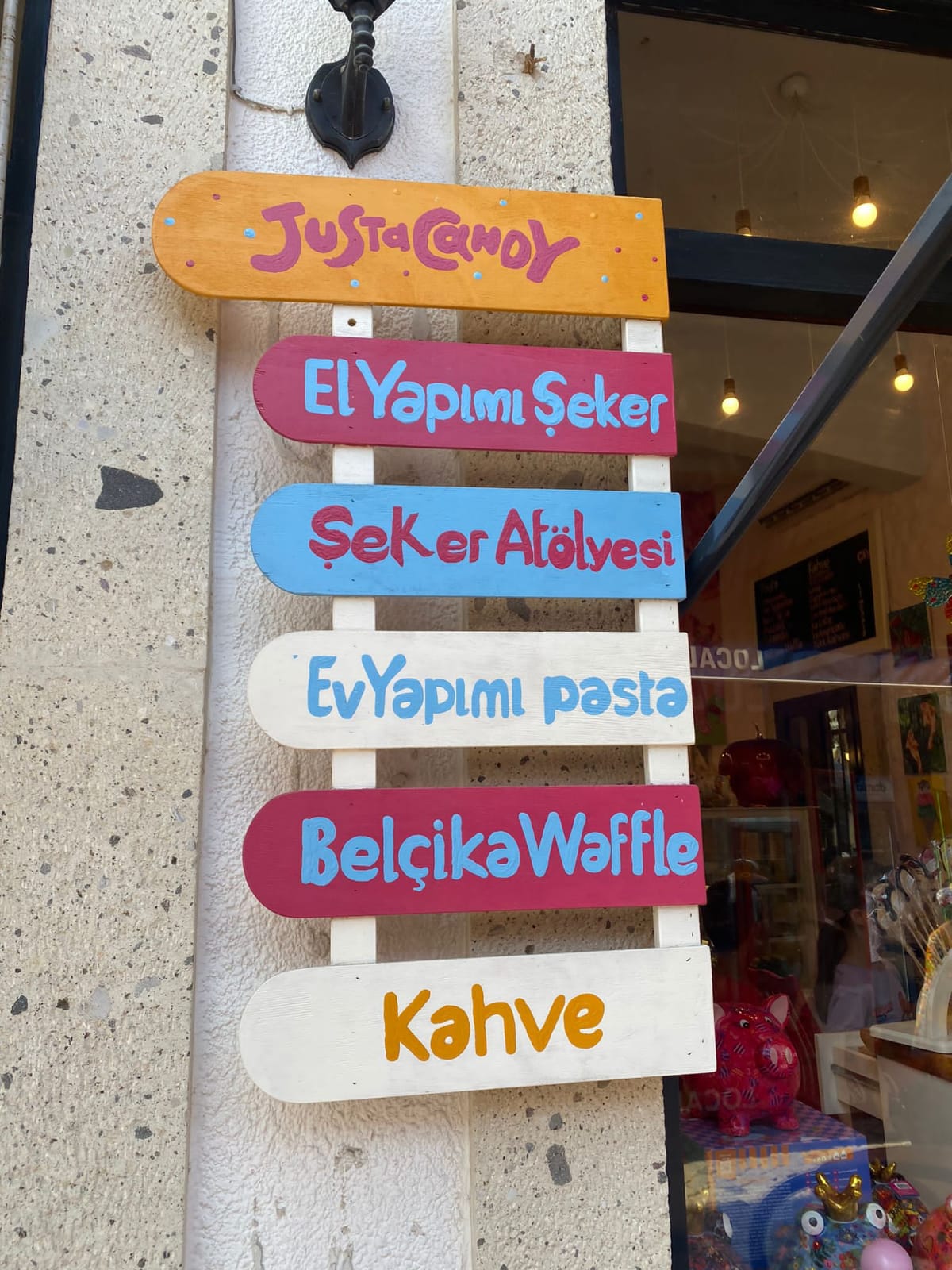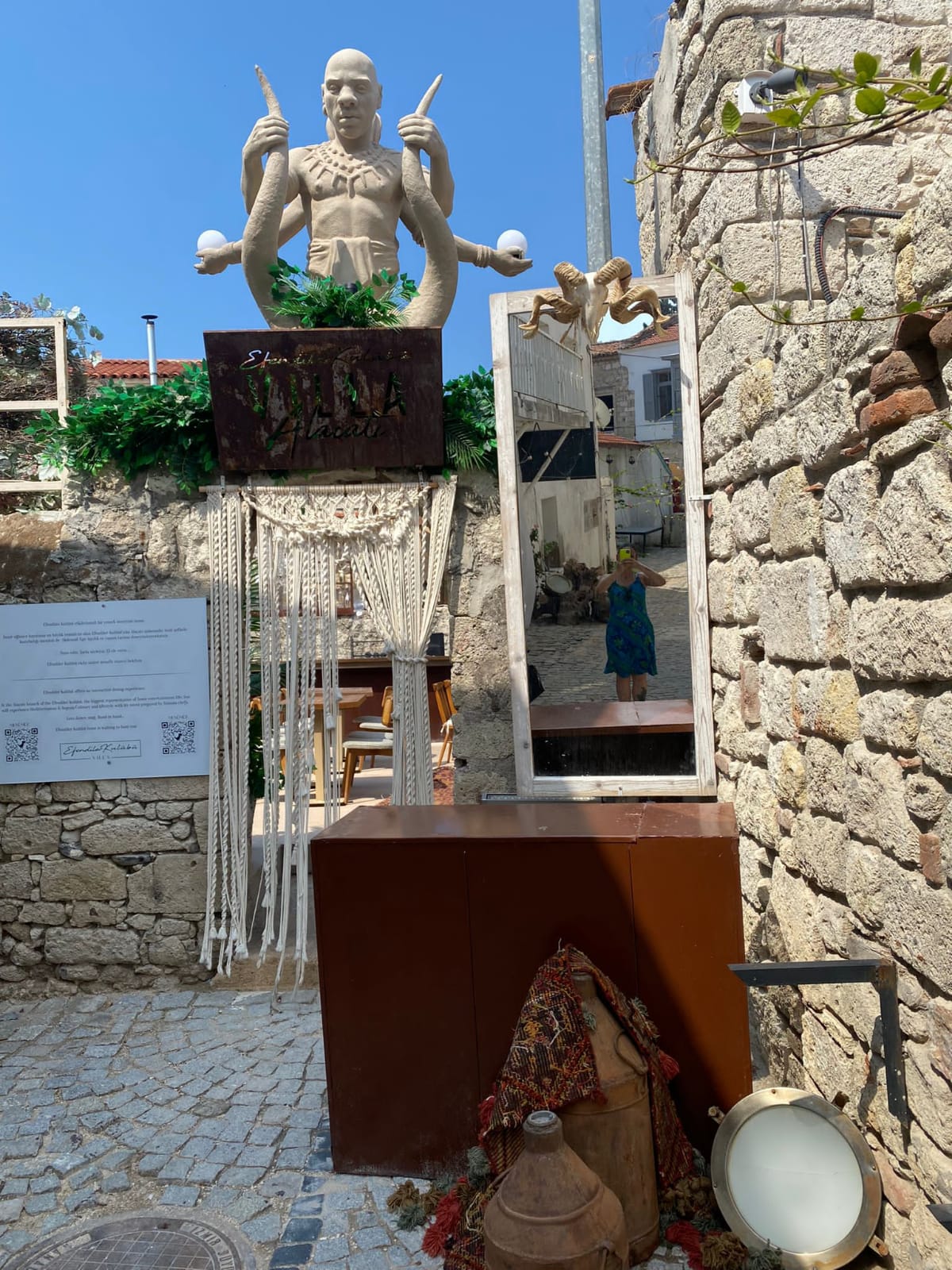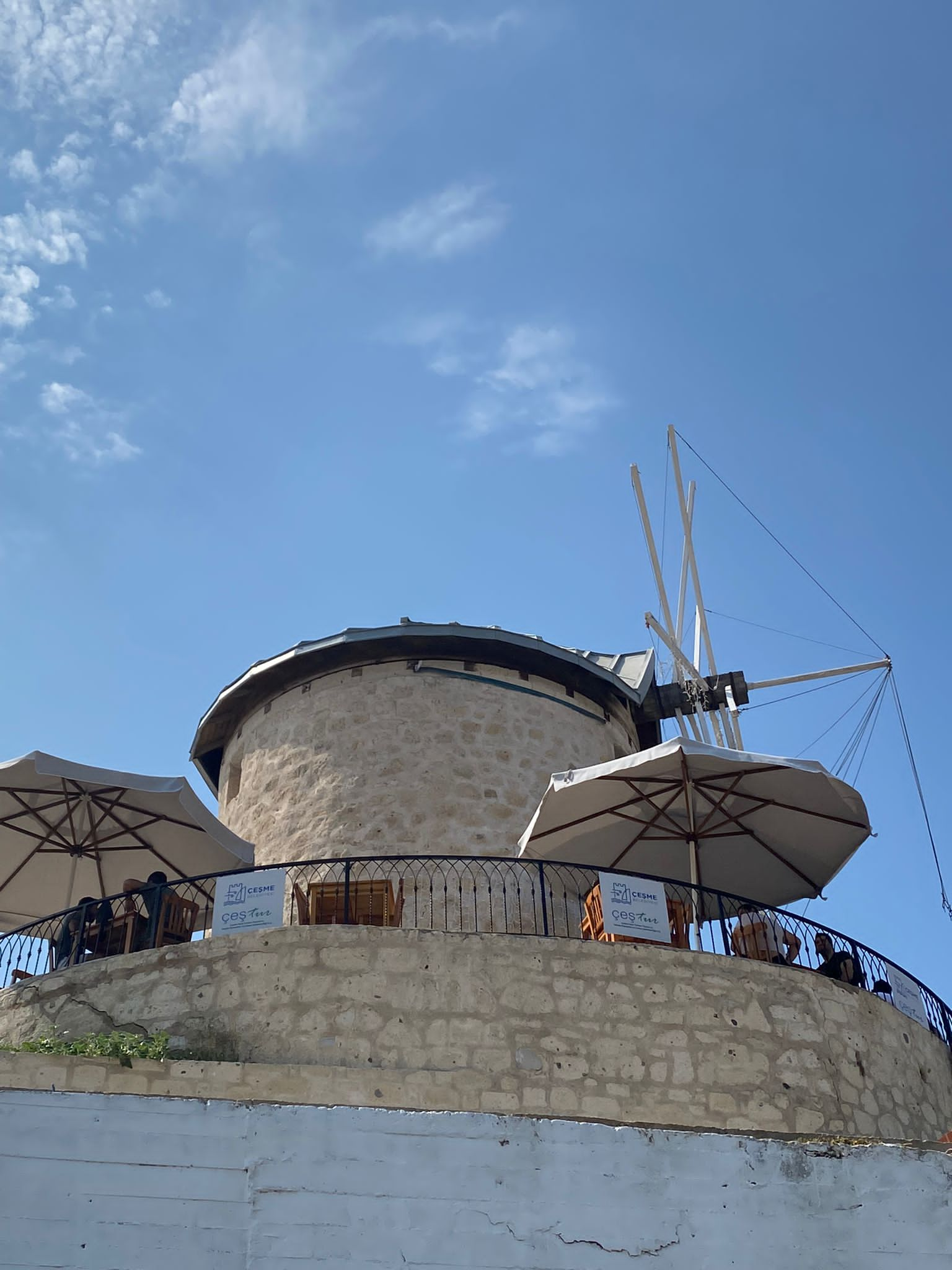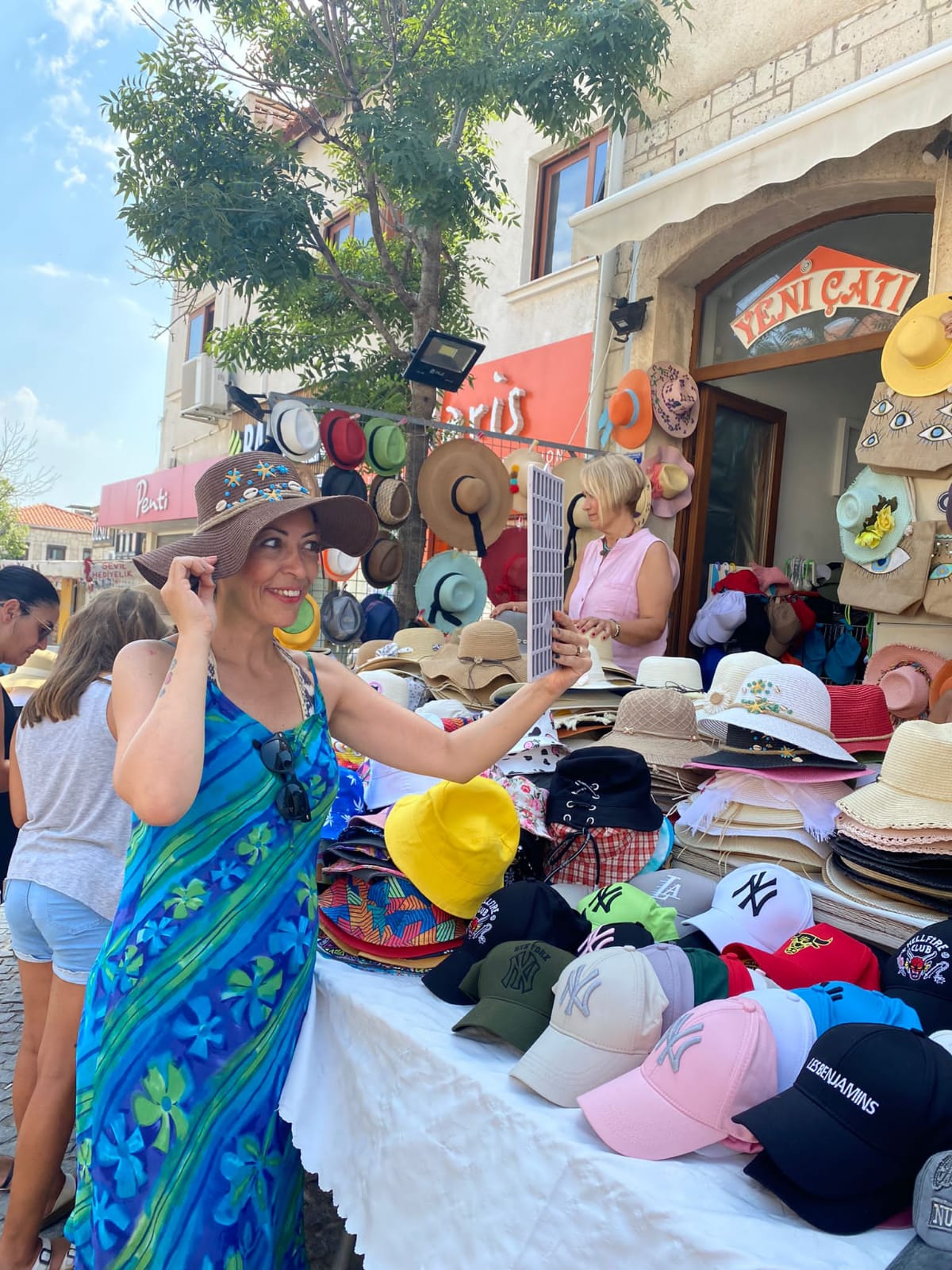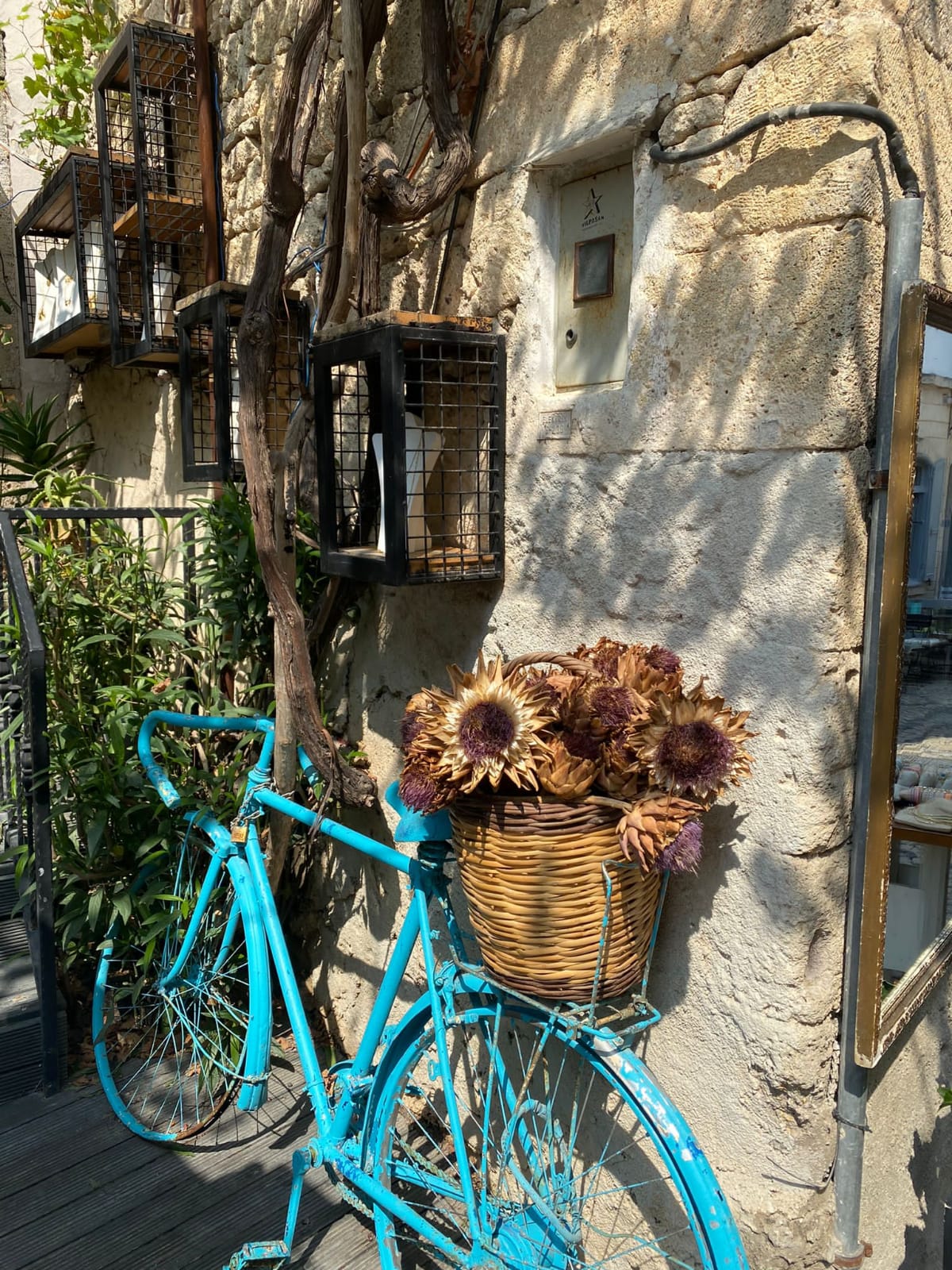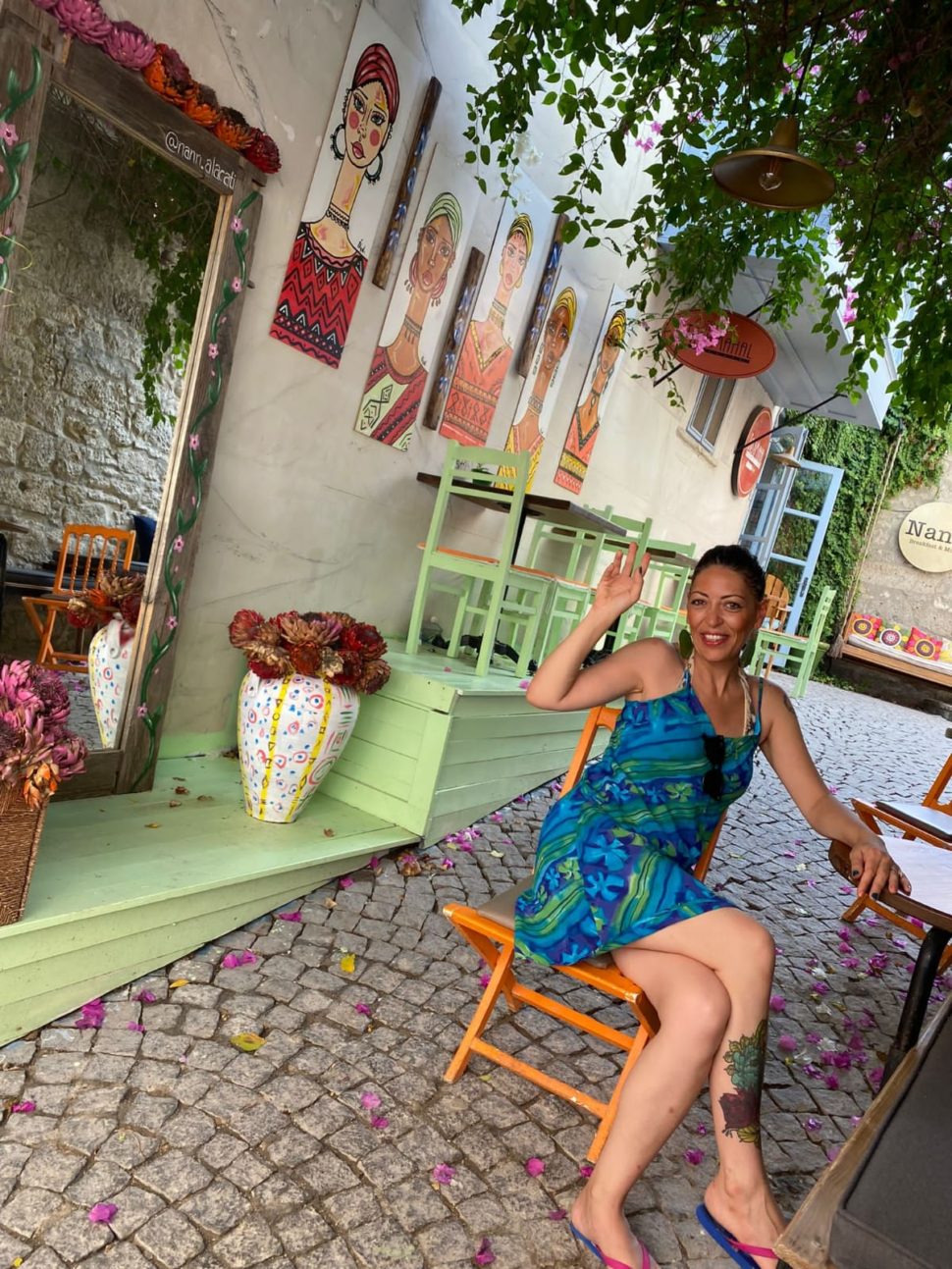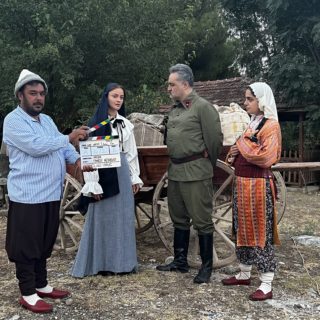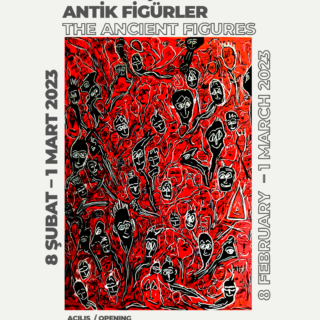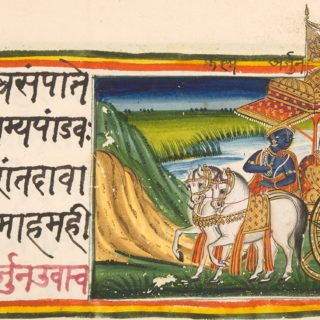Fotoğraflar: Suna BAYKAM SAPAN / Sosyete Art
Alaçatı, İzmir‘in Çeşme ilçesine bağlı bir mahalle. Ege Denizi‘ne kıyısı vardır. Tarihî taş evleri ve yılın 360 günü rüzgâr alması sebebiyle rüzgâr sörfüne elverişli plajları ile ünlüdür. Son yıllarda taş evleri sayesinde çok fazla gelişmiştir.
2000 yılı rakamlarına göre nüfusu 8.401 kişidir. 704 kilometrekarelik alanında birçok eğlence mekânı ve oteli barındıran Alaçatı, Ege Bölgesi‘nin önemli tatil beldelerinden biridir.
Alaçatı’ nın antik dönemdeki adı Agrillia’ dır. Alaçatı ismini ‘Alacaat’ adı verilen bir Osmanlı aşiretinden alır. Osmanlı döneminde Alaçatı’ da Rumlar ve Türkler yaşıyorlardı. Rumcada ‘Alacaat’ kelimesinin telaffuzu zor olduğu için ‘Alacaat’ zamanla değişir ve günümüzde kullanılan Alaçatı adını alır.
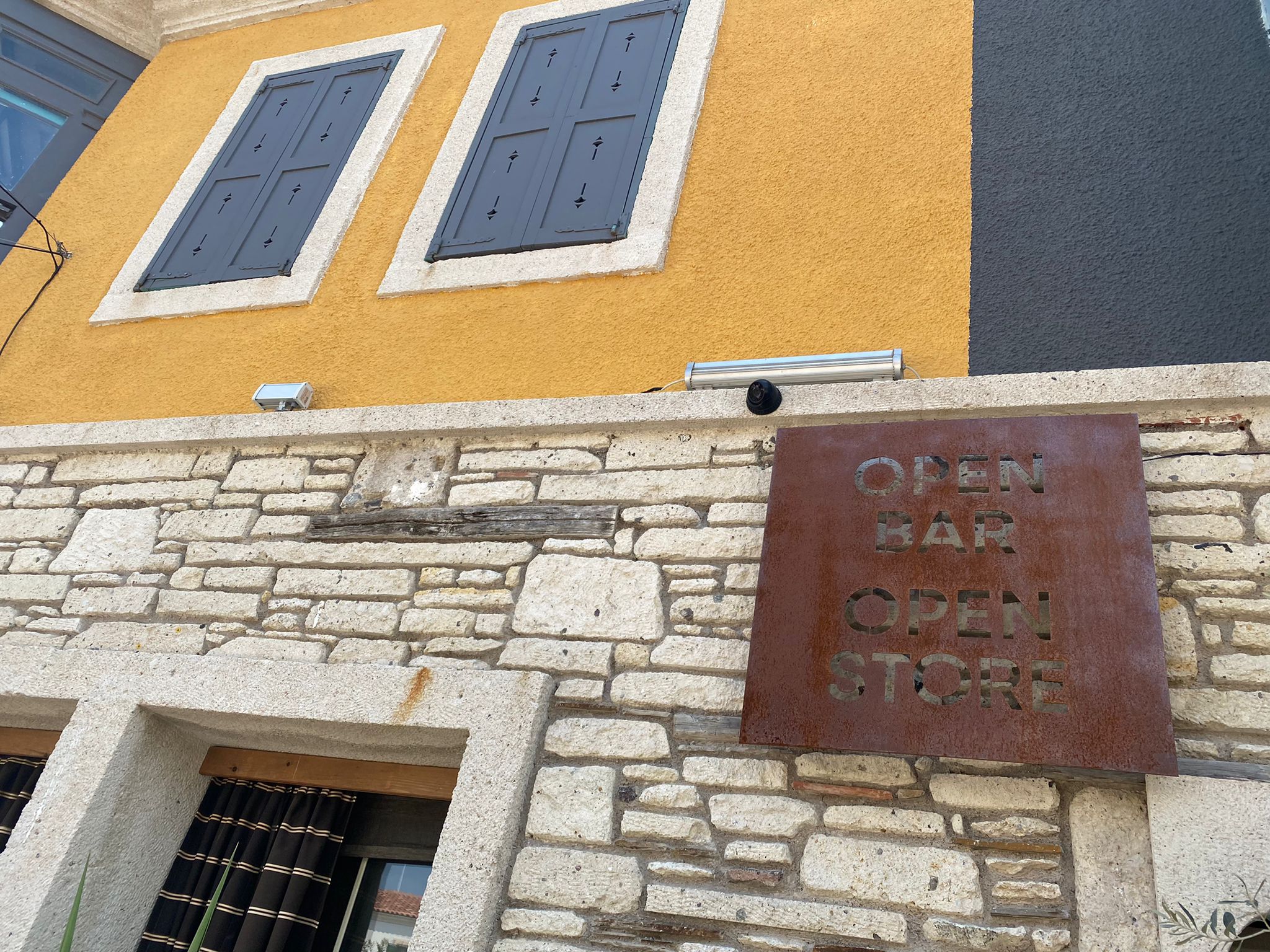
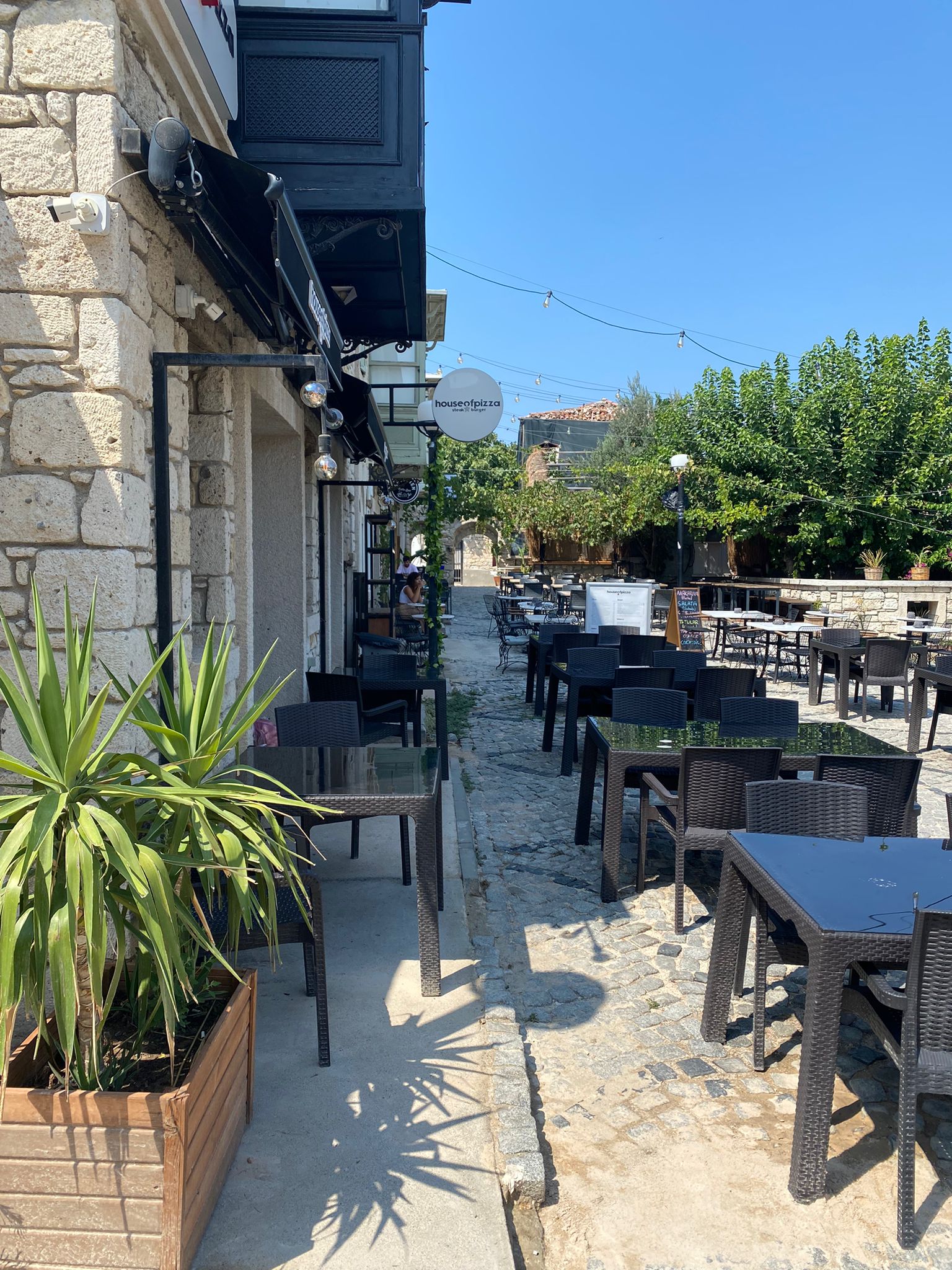
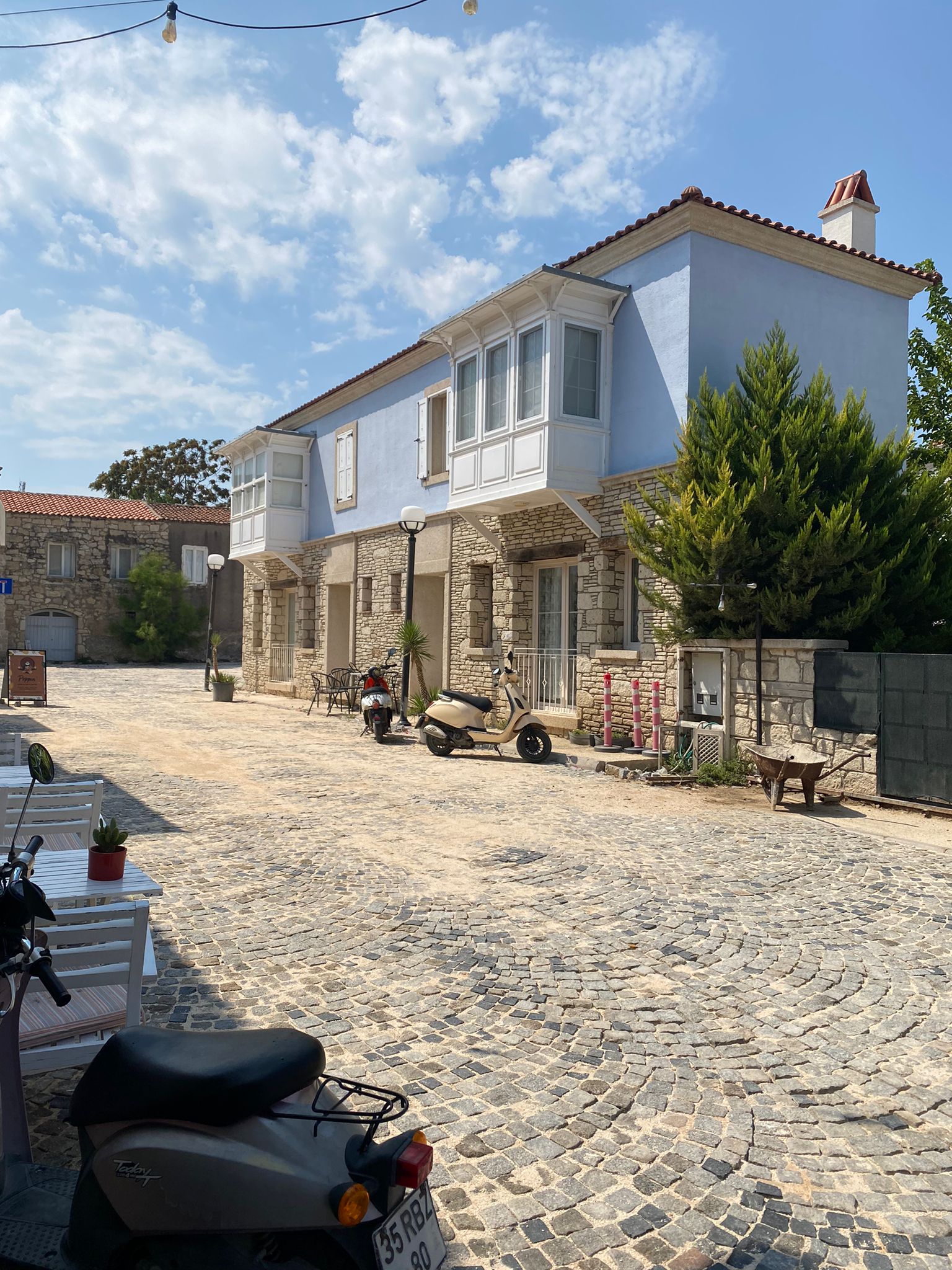
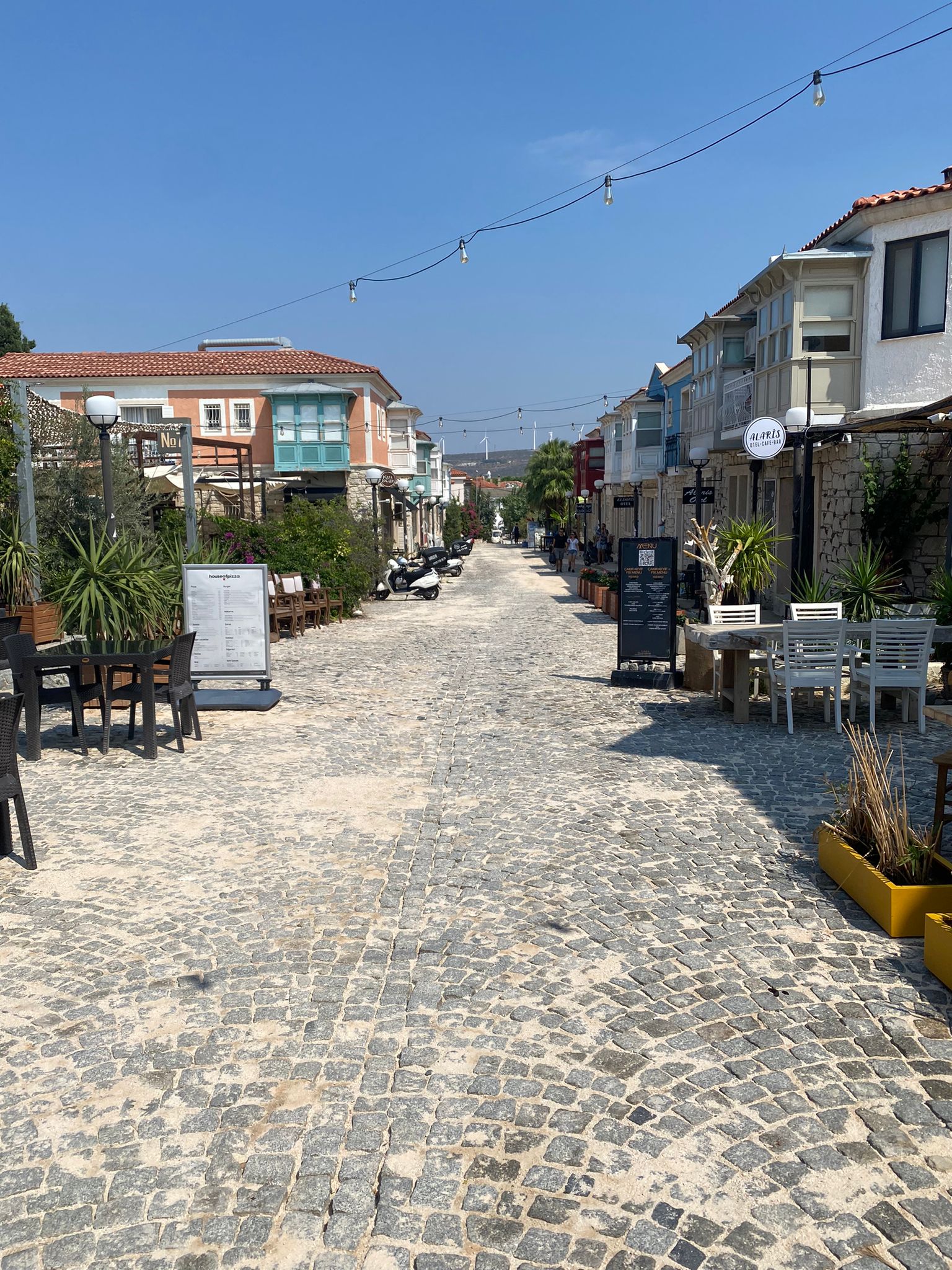
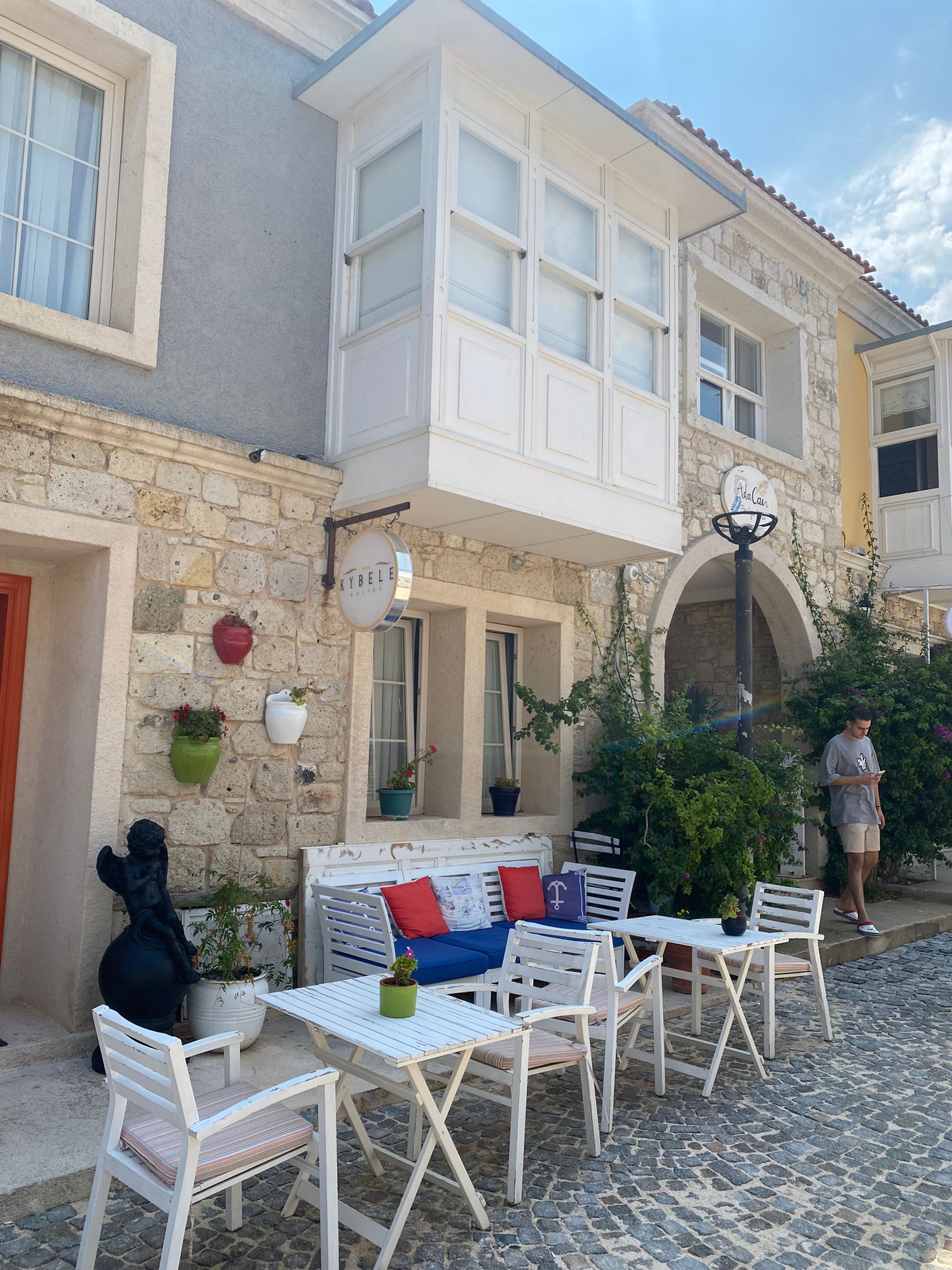
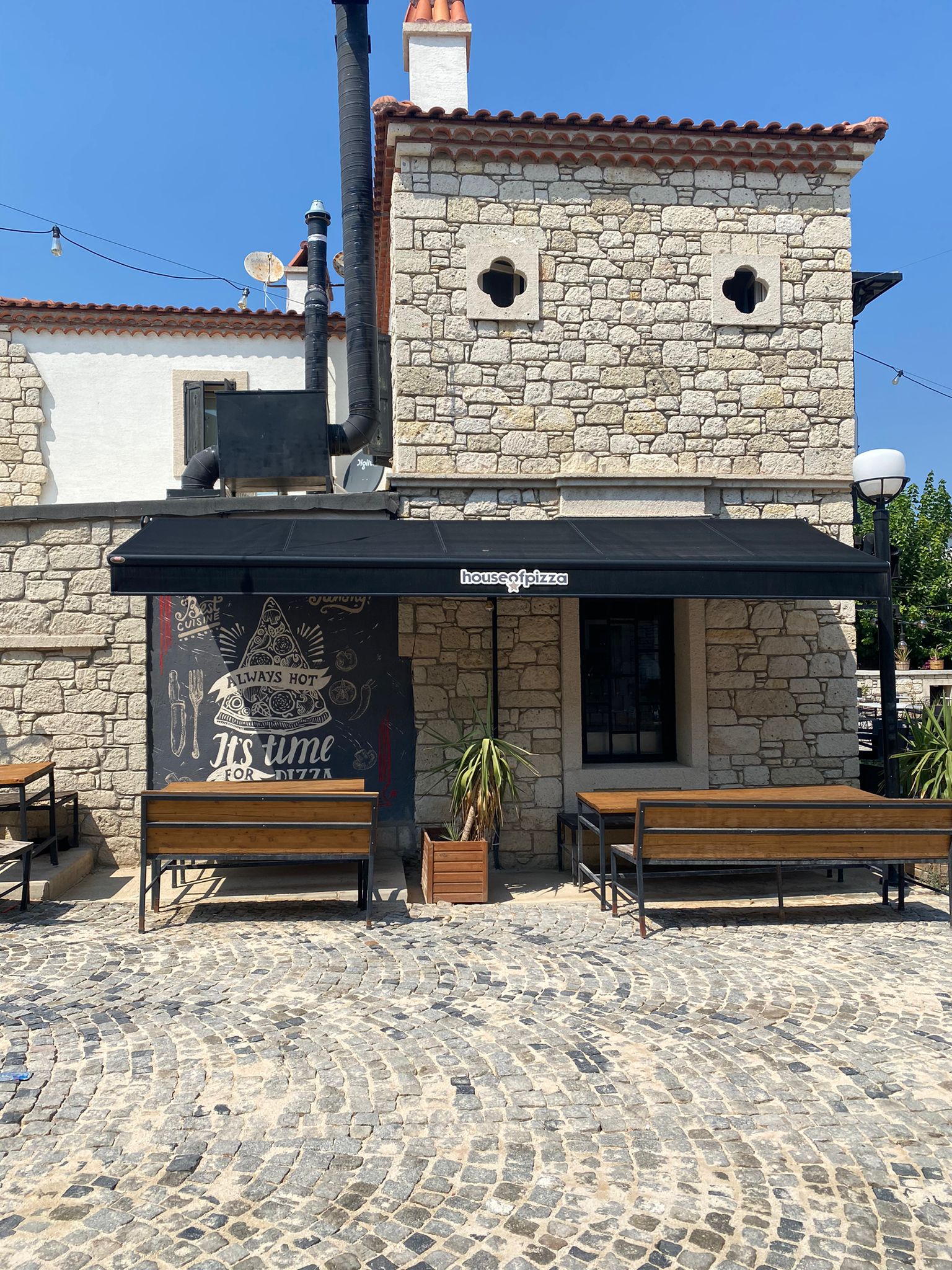
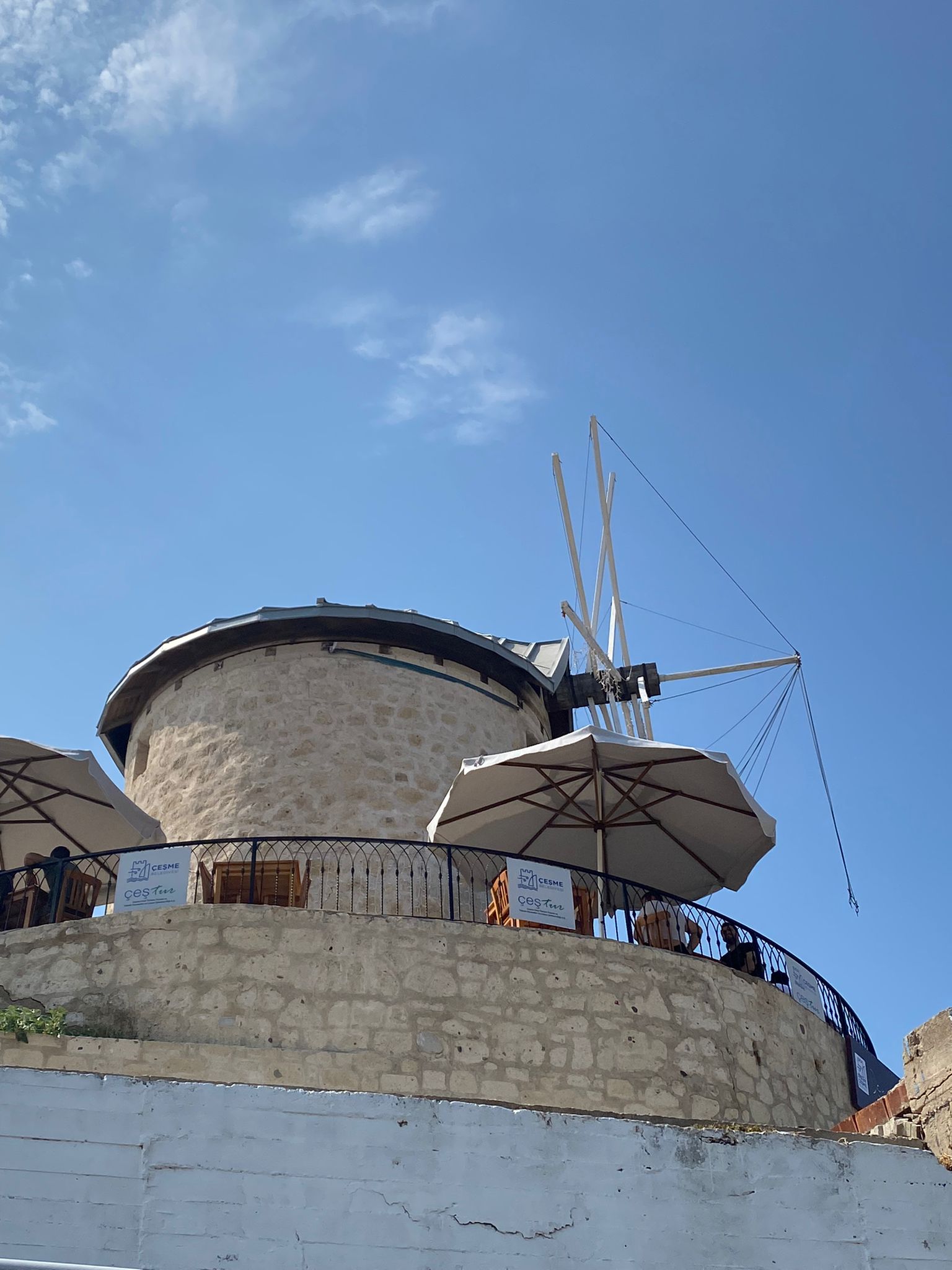
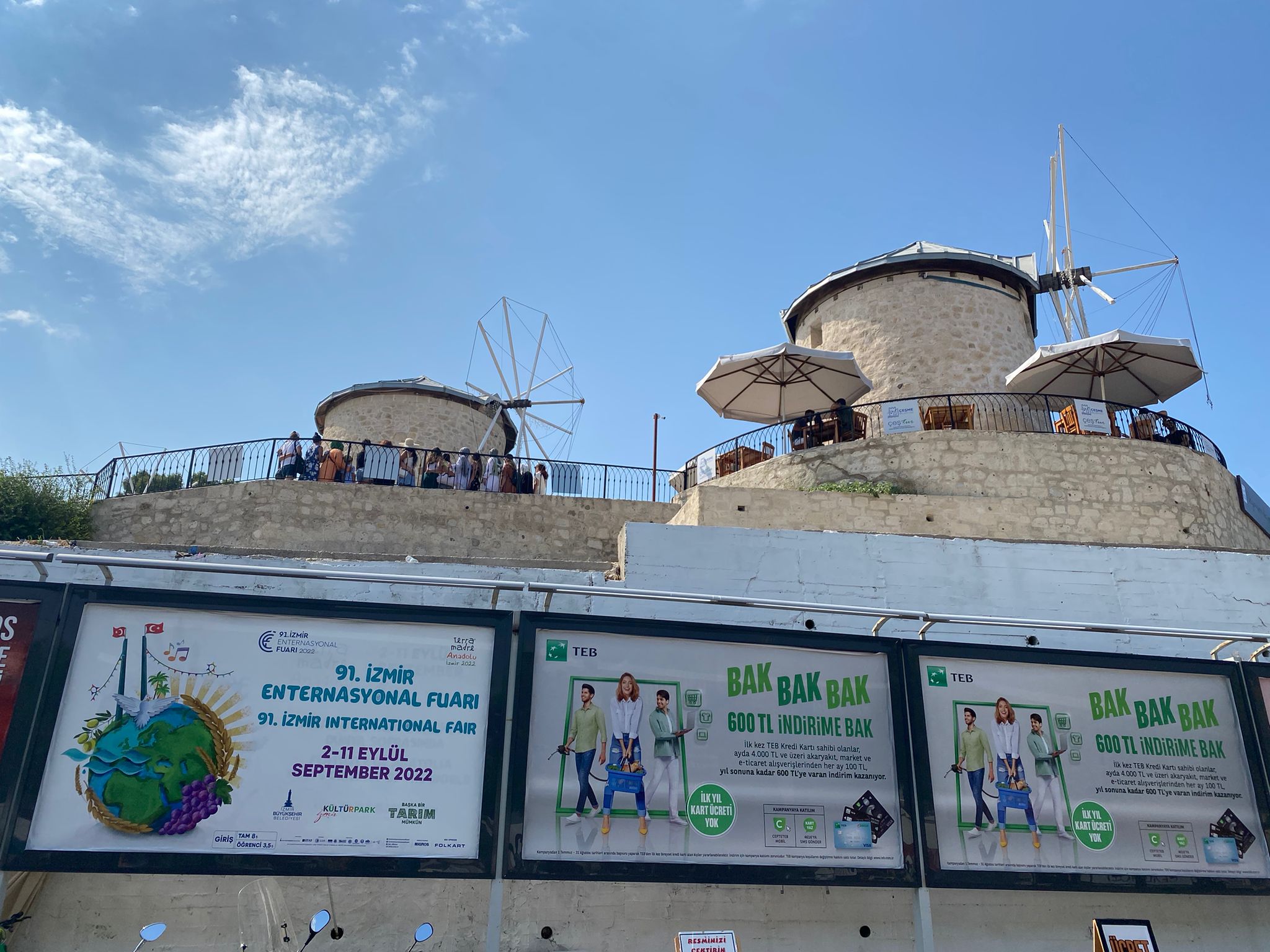
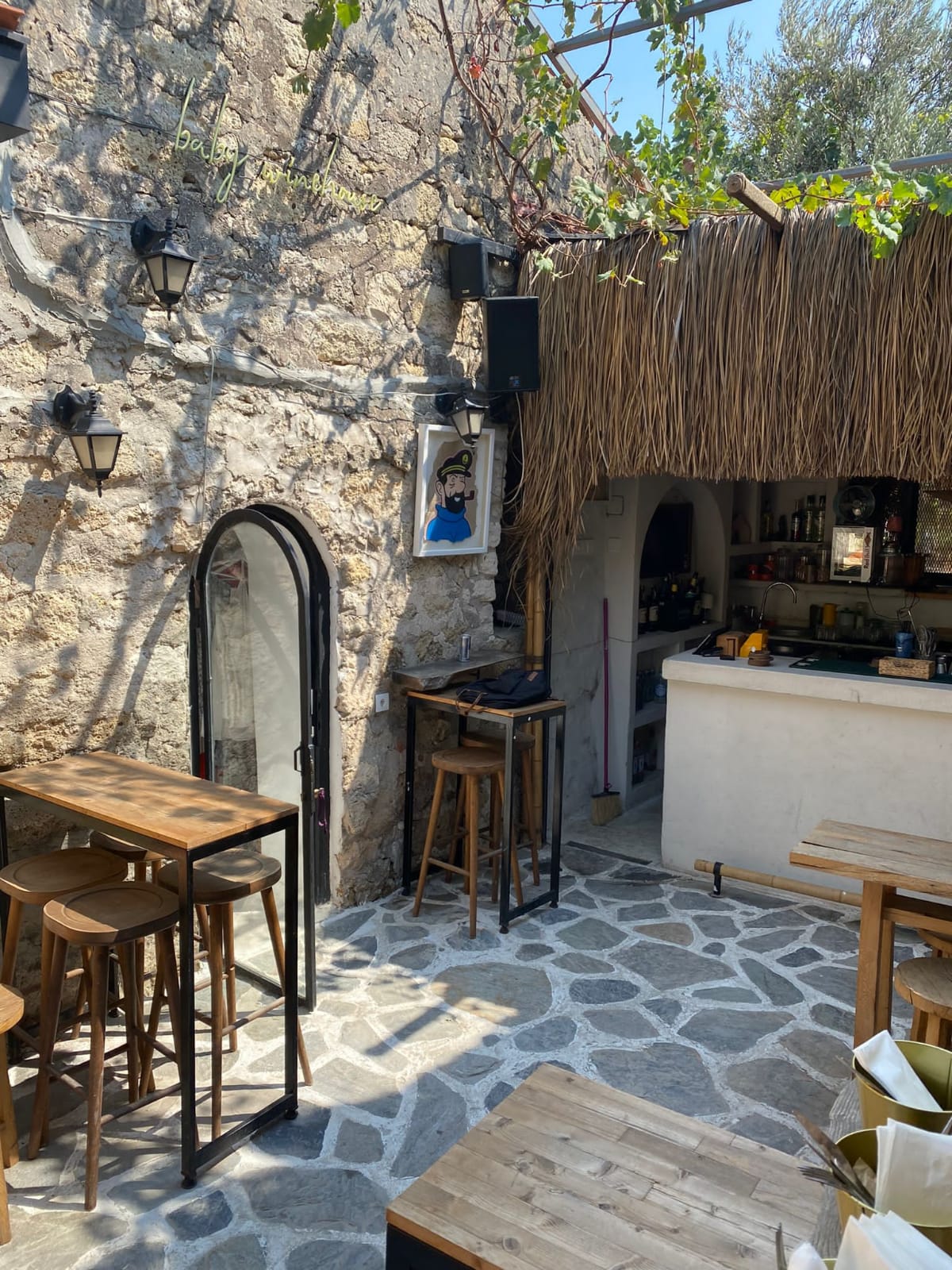
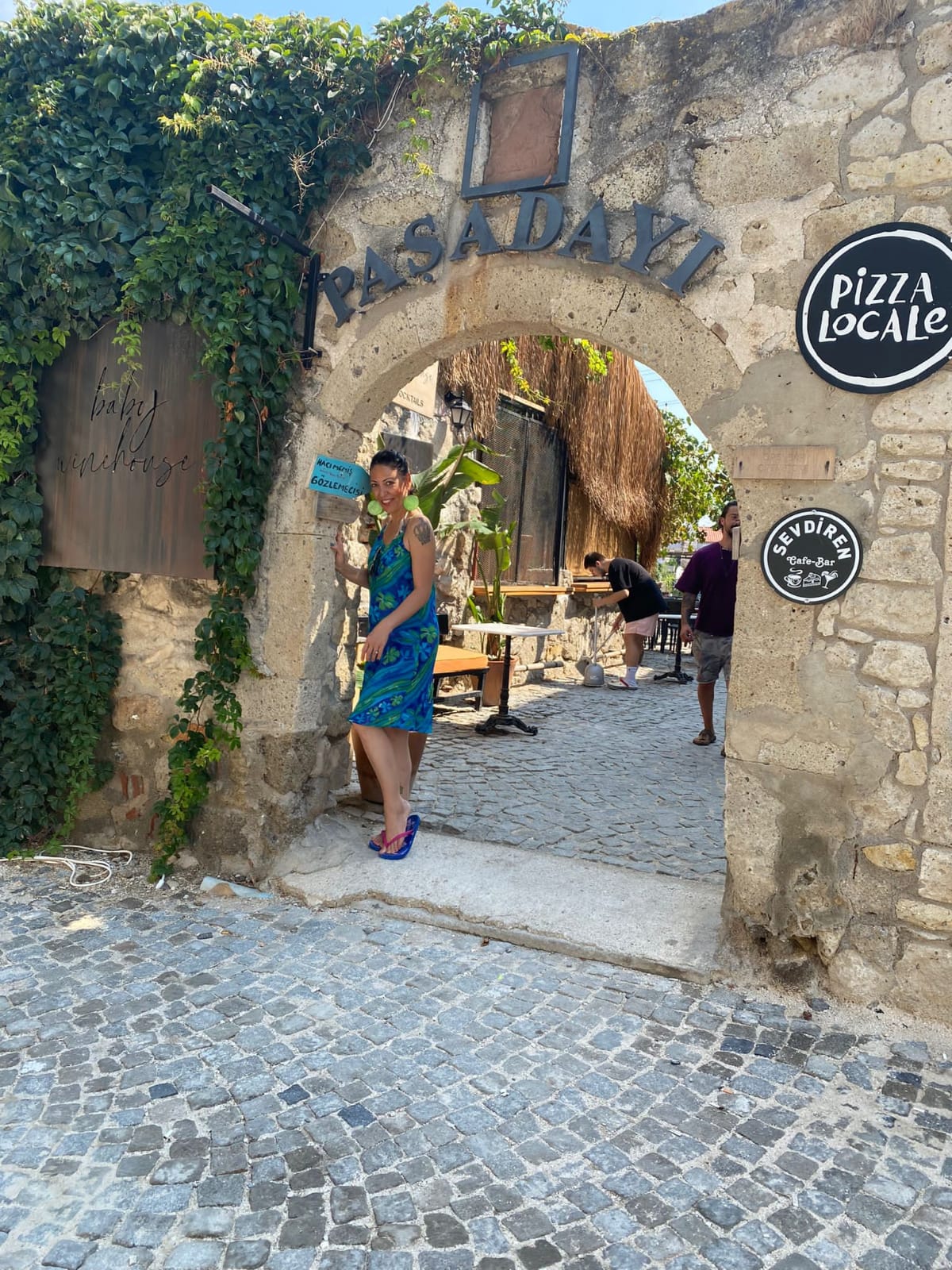
Alaçatı is a part of İzmir on the Western coast of Turkey, often noted for its architecture, vineyards, windmills, and sea.
Alaçatı is one of the most traditional towns in Turkey, with stone houses, narrow streets, boutique hotels and restaurants with tables on the streets. The area is also home to the Alaçatı yacht marina and the famous Port Alaçatı development, created by the French architect Francois Spoerry and his son, Yves Spoerry.
History
Typically, enclosed cumba balconies are painted by lilac or pale blue colours.
Alaçatı became an Ottoman town in the 14th century, according to some; in the 15th century, according to others. Regardless of the date, Alaçatı was originally settled or founded by Greeks in the 17th century. The Muslim population was 132 out of a population of 13,845 in 1895. After the defeat of the Ottomans in the Balkan Wars, Ottoman Muslim refugees fled to the western coast of Anatolia. Some of the Greek population who survived the forced removal returned in 1919 during Greek administration of Smyrna (1919-1922) when the Hellenic Army occupied the region of Izmir. The majority fled hastily with the retreating Greek Army following Greece’s defeat in the Greco-Turkish War, whilst others fled from the shores of Smyrna.The forced emigration of the Greek population, already at an advanced stage, was transformed into a population exchange backed by questionable international legal guarantees.
Under the Treaty of Lausanne in 1923 and according to the implementation of the compulsory exchange of populations, Muslims who fled Crete, Thrace, Macedonia and Dodecanese settled in Alatsata city in the houses abandoned by the Greeks. Most of these houses still remain in Alaçatı as an attraction for people to see.
Festivals
The Alaçatı Herb Festival takes place every year in April and aims to promote nature-friendly methods in gastronomy and natural nutrition through the introduction of the area’s many herb varieties. Traditional ingredients and cooking techniques are celebrated during a time when the region-specific herbs bloom. In 2017, Alaçatı welcome a new festival called ‘Kaybolan Lezzetler Festivali,’ also known as the ‘Festival of the Disappearing Tastes’ sought to preserve traditional recipes that are facing extinction. Various recipes from different regions are researched and chosen and then promulgated through workshops, events and contests with the final aim of documenting twisted versions of traditional recipes of Alaçatı on a book.
